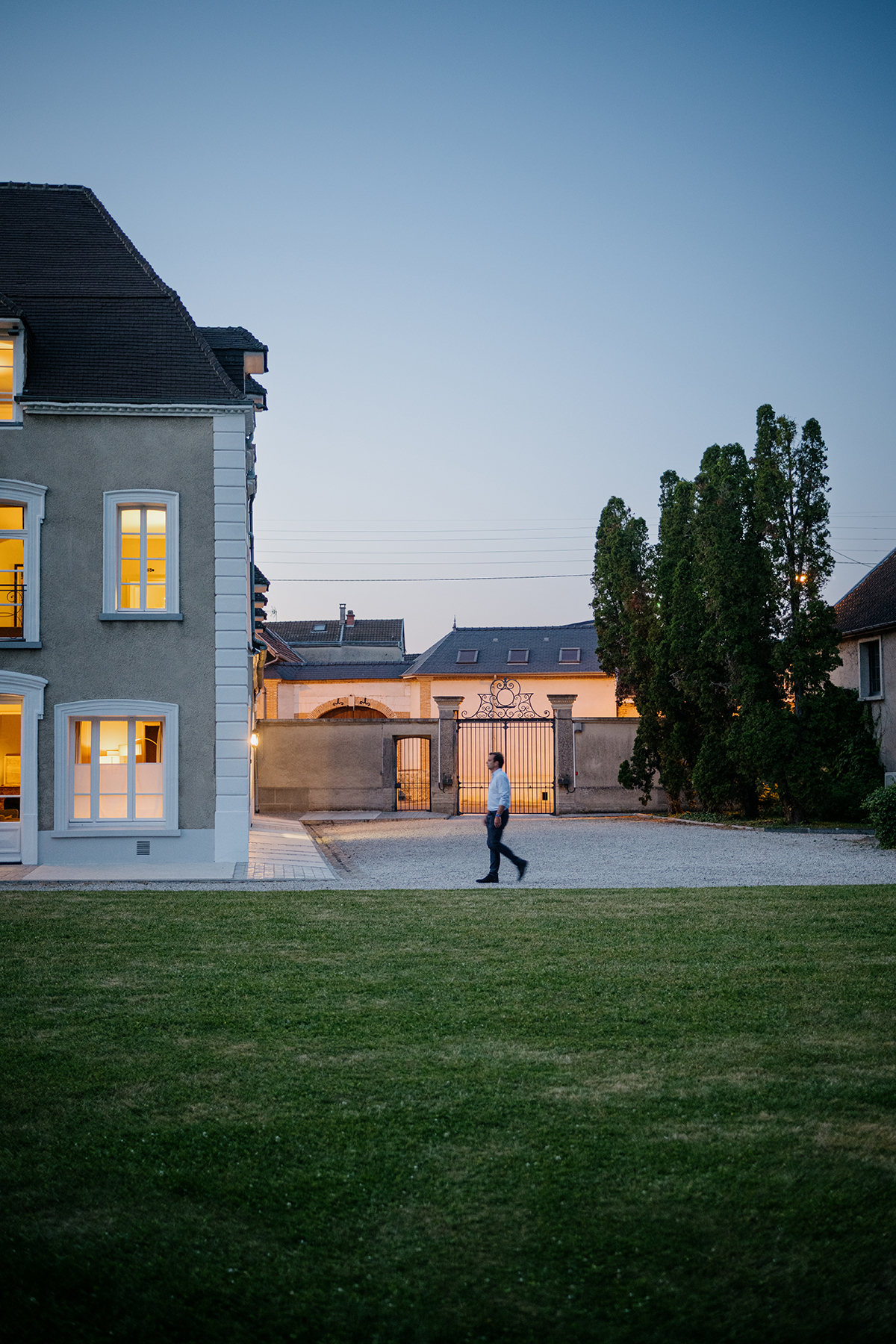
Jacquesson Managing Director Jean Garandeau approaches the house on the Jacquesson estate
François Pinault, the French luxury titan, recently purchased champagne Jacquesson, one of the country’s hidden gems and a favourite of Napoleon Bonaparte. Darius Sanai pays a visit and speaks to the team
Champagne is an interesting phenomenon in the world of luxury drinks. For some, it is still an aperitif to be sipped before the real wine begins. For many others, a great champagne is a drink to be savoured and deliberated over. The production of champagne is more complex than that of still wine, giving ample opportunity for connoisseurs to debate and be fascinated. And a changing climate and more sophisticated farming and winemaking techniques mean that the best champagnes now are, arguably, the best champagnes that have ever been.
Into this mix, add the recent arrival of fevered discussions among collectors about size. Not size of bottle, which is still important (the common agreement is that a magnum has the perfect ratio of liquid to gas within the bottle for perfect ageing), but of producer. Unlike other fine wines, great champagnes can be produced by large corporate brands, but also by tiny farmers with small plots of land – the latter recently coming to the fore in public consciousness.
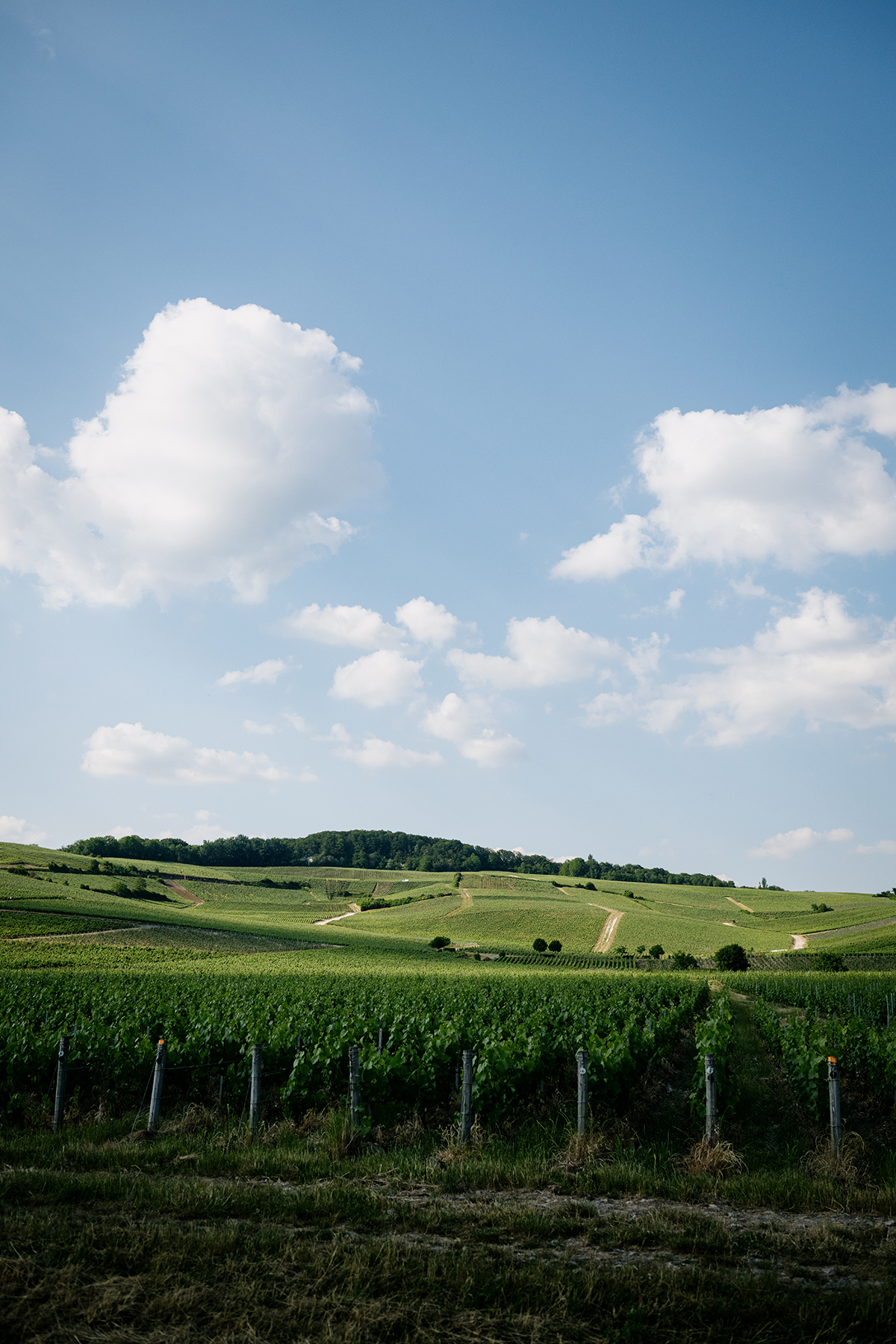
A view across the vineyards of what is one of France’s oldest champagne houses
Sitting amid this magnificent landscape (both figuratively and literally) is Jacquesson, an intriguing champagne house that has, for the past few decades, been a cornerstone of the cellars of many connoisseurs and collectors. Not big enough to be known as a Grande Marque, but not small enough to be a small grower, it made its modern-day fame by pioneering the creation of numbered, non vintage champagne (see The 700s below) and some incredibly complex single-vineyard cuvées made in tiny quantities (see The Tasting).
Follow LUX on Instagram: luxthemagazine
One of the oldest of all the champagne houses, with one of the richest of what the French call patrimoines (roughly translated as “heritage”, but, in fact, meaning much more), Jacquesson is often cited as having been a favourite of the Emperor Napoleon. After its founding by the eponymous family in 1798, and what was probably the most significant celebrity endorsement in the world to date by the Europe-conquering emperor, who awarded the maison a gold medal in 1810, it lost its way a bit after the family sold it in the late 19th century, and through much of the 20th, before it was bought by Jean Chiquet in 1974 and handed down in 1990 to his sons, Jean-Hervé and Laurent, who began its revival. The brothers rationalised the range, focused on quality, reduced the quantity produced, introduced single-vineyard cuvées (ahead of the current trend for such wines)and, finally, led the way in the creation of the numbered cuvées, first released in 2004.
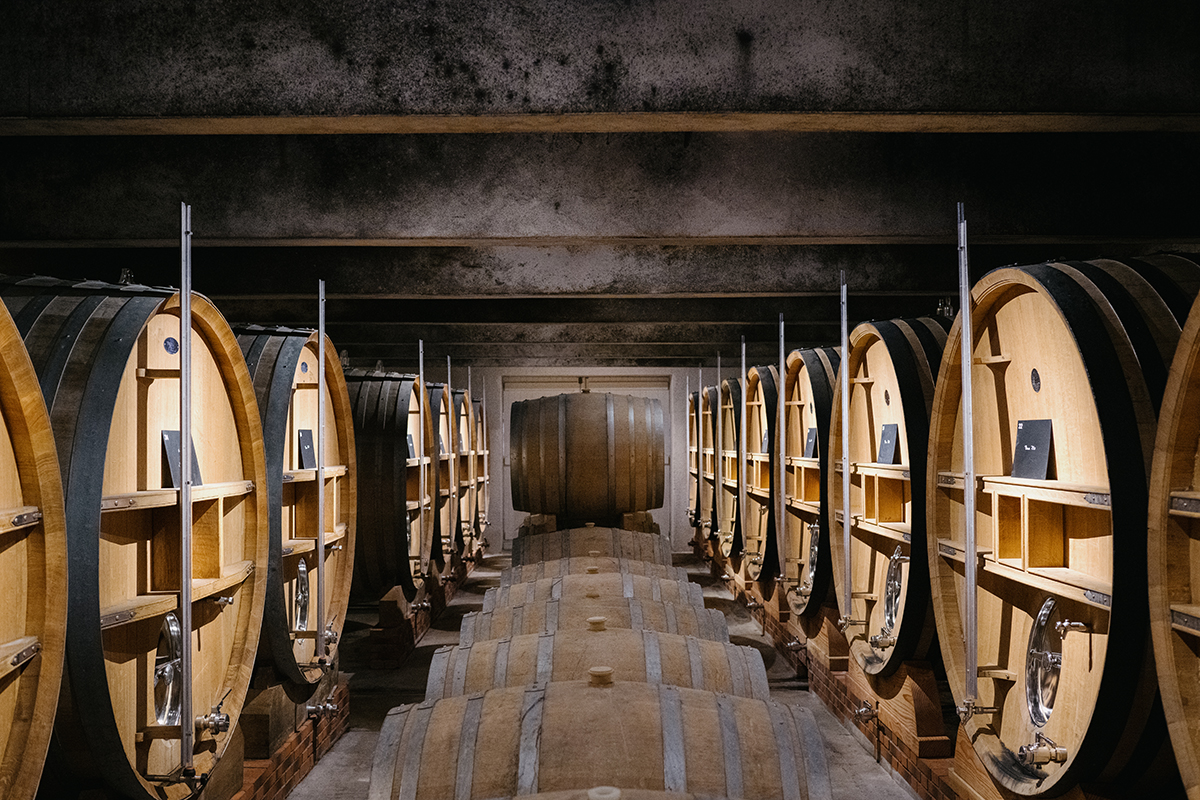
The cellars hold the 700s and the late disgorgements, which are kept for longer
And now, Jacquesson is just entering a new and extremely significant chapter in its patrimoine. The house was acquired in 2022 by François Pinault’s Artémis Domaines, a division of Groupe Artémis. The Groupe also owns Christie’s auction house, and Kering, which includes Gucci and Balenciaga. Artémis Domaines also takes care of Château Latour and a small selection of jewel-in-the-crown wine estates in France and California. Upholding the promise of its imperial birth, Jacquesson is now firmly a member of a new French empire – that of high luxury.
Frédéric Engerer is the straight-talking Managing Director of Artémis Domaines; having first managed Château Latour on its acquisition by Artémis Domaines, and subsequently other estates including the celebrated Clos du Tartin Burgundy, acquired in 2018. Engerer is also something of an unspoken sustainability pioneer: Latour was the first of the First Growth Bordeaux estates – the most exclusive club, comprising Châteaux Latour, Lafite Rothschild, Margaux, Mouton-Rothschild and Haut-Brion – to be certified 100 per cent organic, in 2019. Engerer is, understandably, proud of the acquisition.
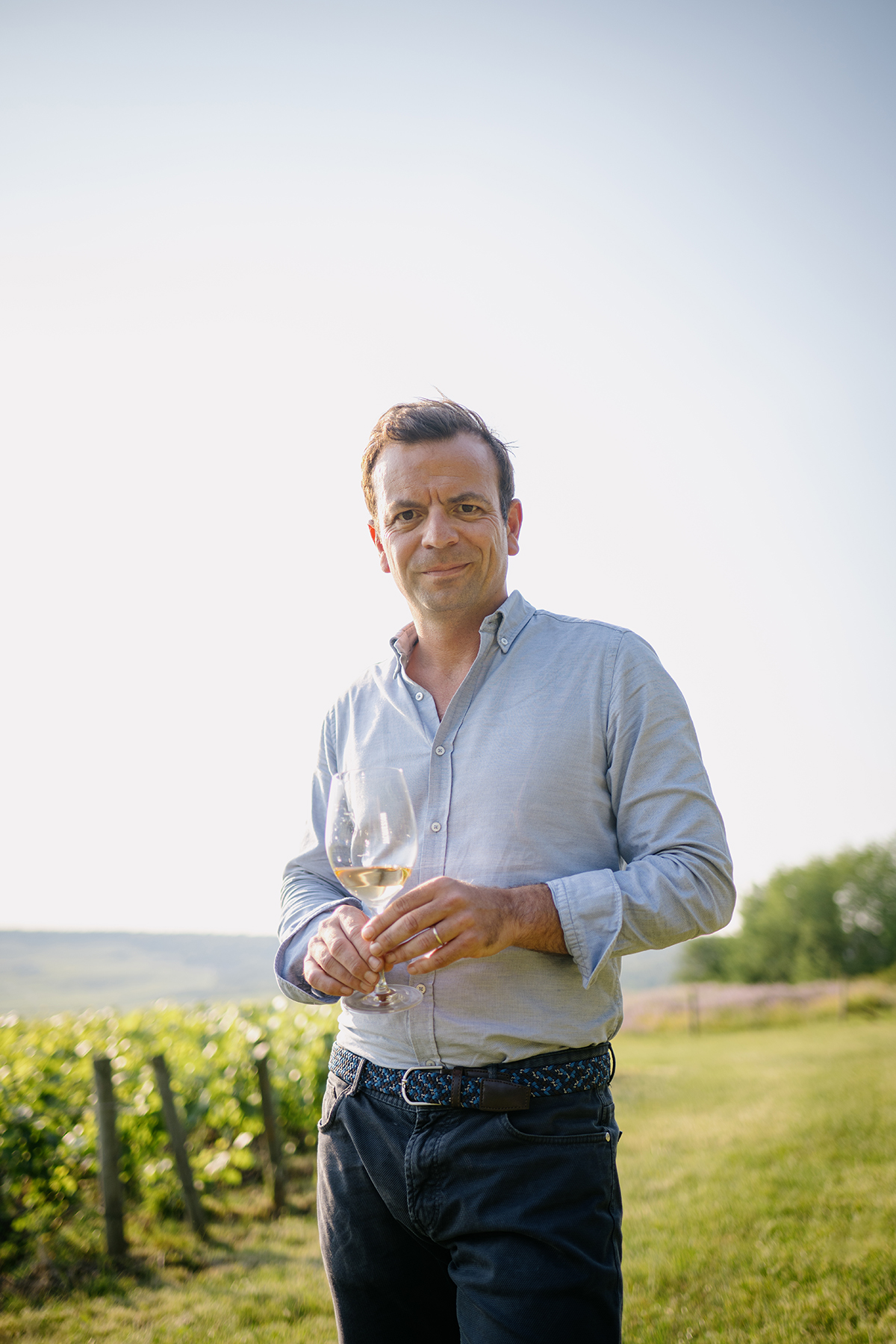
Jean Garandeau
“We have been following Jacquesson for many years,” he says. “The way the Chiquet brothers, Jean-Hervé and Laurent, modernised the brand and increased the quality level of each cuvée in such a short time is tour de force.
“Creating the Cuvée 700 was based on a very simple and understandable concept with a very recognisable label; and at the same time, focusing on quality rather than quantity of crops, keeping very traditional vinification methods, increasing the ageing of each cuvée and reducing– if not eliminating totally – the level of dosage [added sugar]. This led to cuvées 700 that are very balanced, elegant, refined and with very distinctive styles for each of the fourlieux-dits [single vineyards].
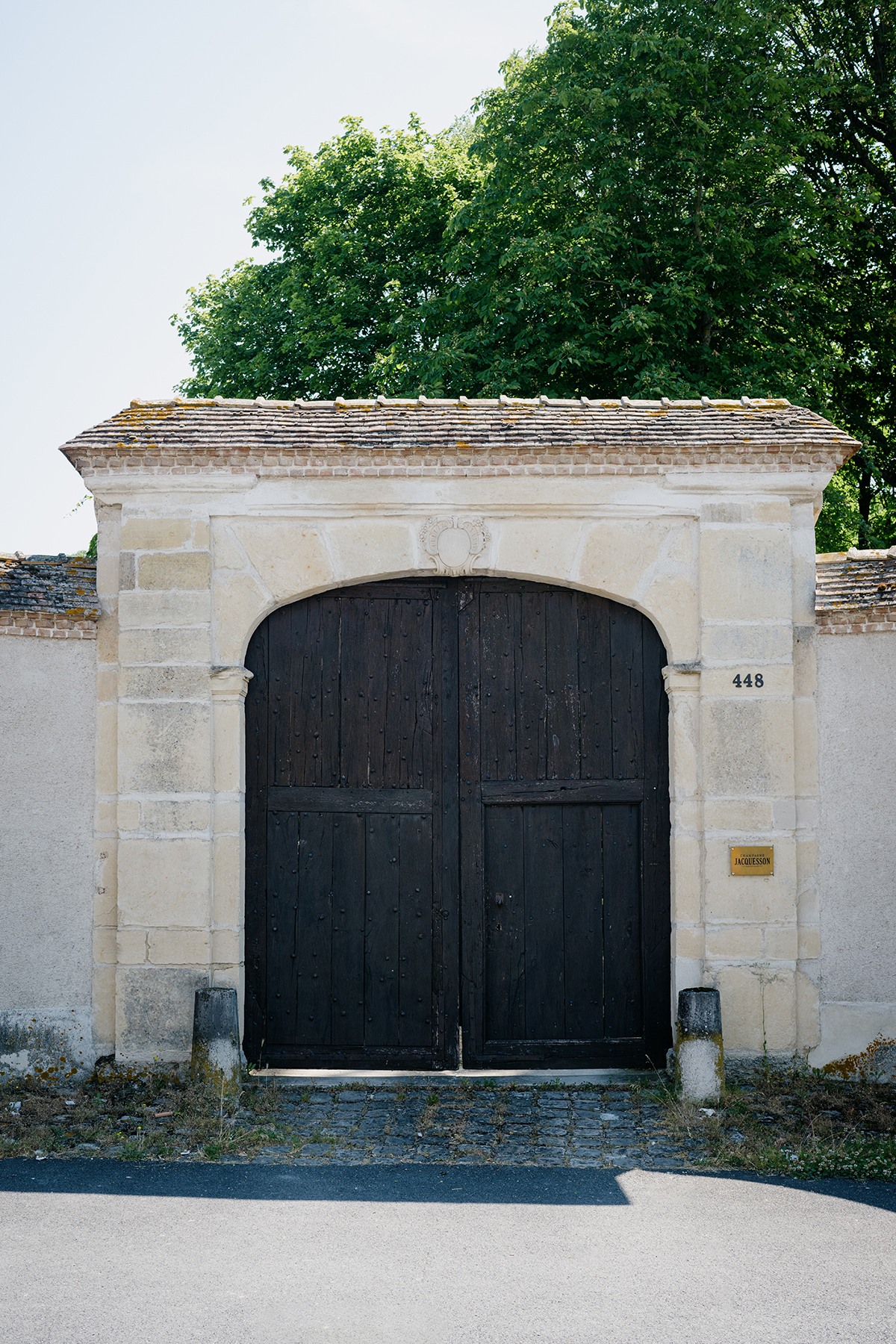
The antique estate doors
“Moreover, Jacquesson’s small size as a maison producing 250,000 bottles per year, its strong vigneron culture and its image as “champagne for the wine connoisseur” are all elements very much aligned with our philosophy at Artémis Domaines and are very compatible with our other domaines.”
“So these are Pinot Noir grapes,” I say, knowledgeably, looking at some hopeful young bunches on a vine on a slope with a spectacular view of what seems like the whole of the Champagne region. Above us is a thick forest, packed with dozens of different types of trees, bushes and other vegetation. Below us, in a bread bowl, are swathes of vineyards, dropping down into a series of villages, leading to the town of Épernay, centre of the Champagne region. Beyond, the vineyards rise, once again to forests, beyond which land stretches to the endless undulations of la France Profonde
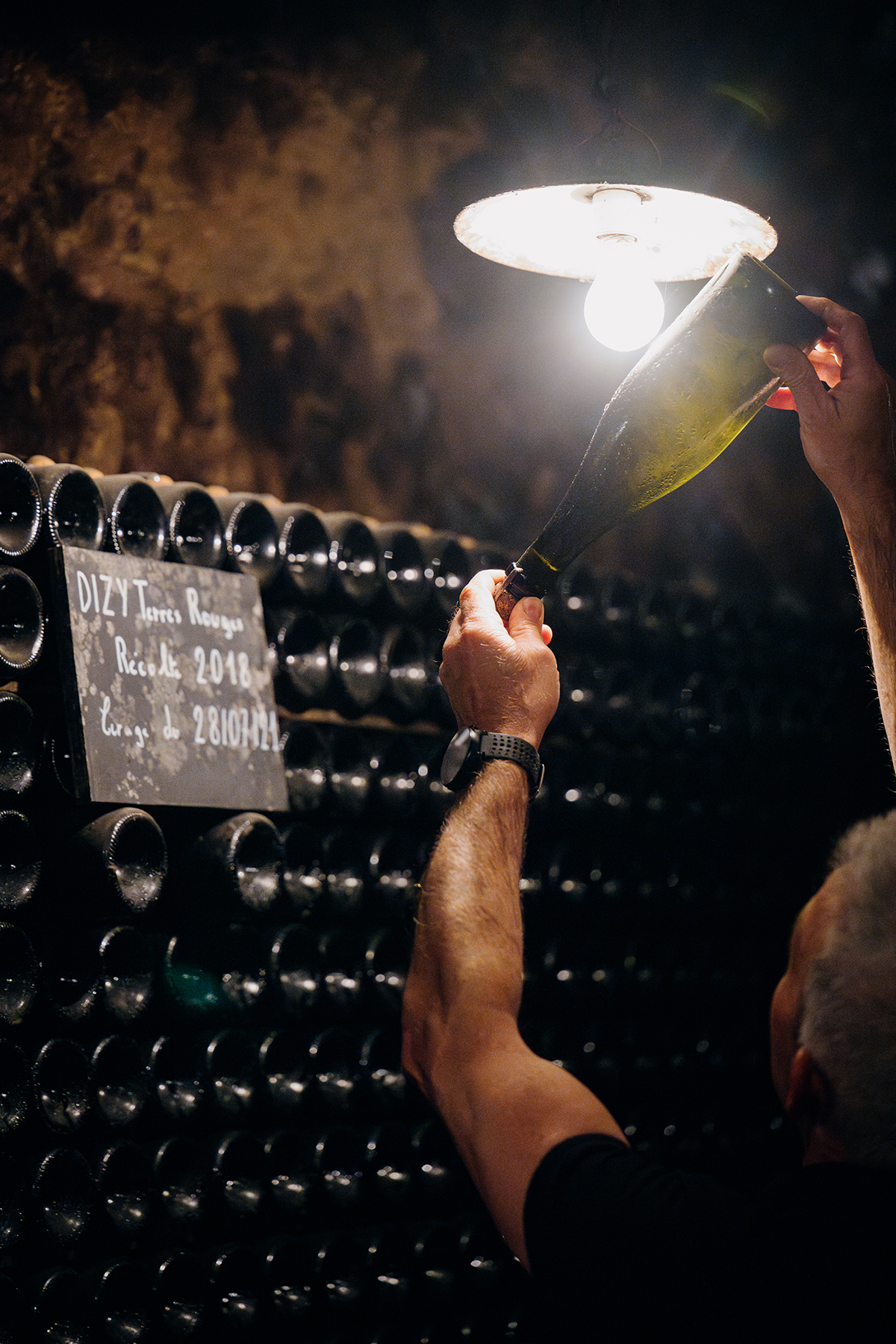
A progress check on a batch of 2018 Dizy Terres Rouge
I am with Jean Garandeau, appointed Managing Director of Jacquesson in 2022, and Vineyard Manager Mathilde Prier. “No, they are Chardonnay grapes,” Prier replies with a smile. I raise an eyebrow. This hillside, above the village of Dizy, is famous among wine lovers for producing some of the best Pinot Noir wines to go into the greatest champagnes. “It’s true that most of this area is Pinot Noir,” says Garandeau, sensing my confusion. “But it just shows that very special grapes can grow where you don’t expect them to.”
The Chardonnay from this vineyard makes Corne Bautray, a tiny production wine that has become one of the estate’s most celebrated, and which we will taste later. We continue on our tour of the panoramic vineyard area, ducking down one bumpy unmade track after another until we get to another vineyard. “This is all Pinot Noir,” says Garandeau, pointing around an area around the size of a couple of tennis courts.
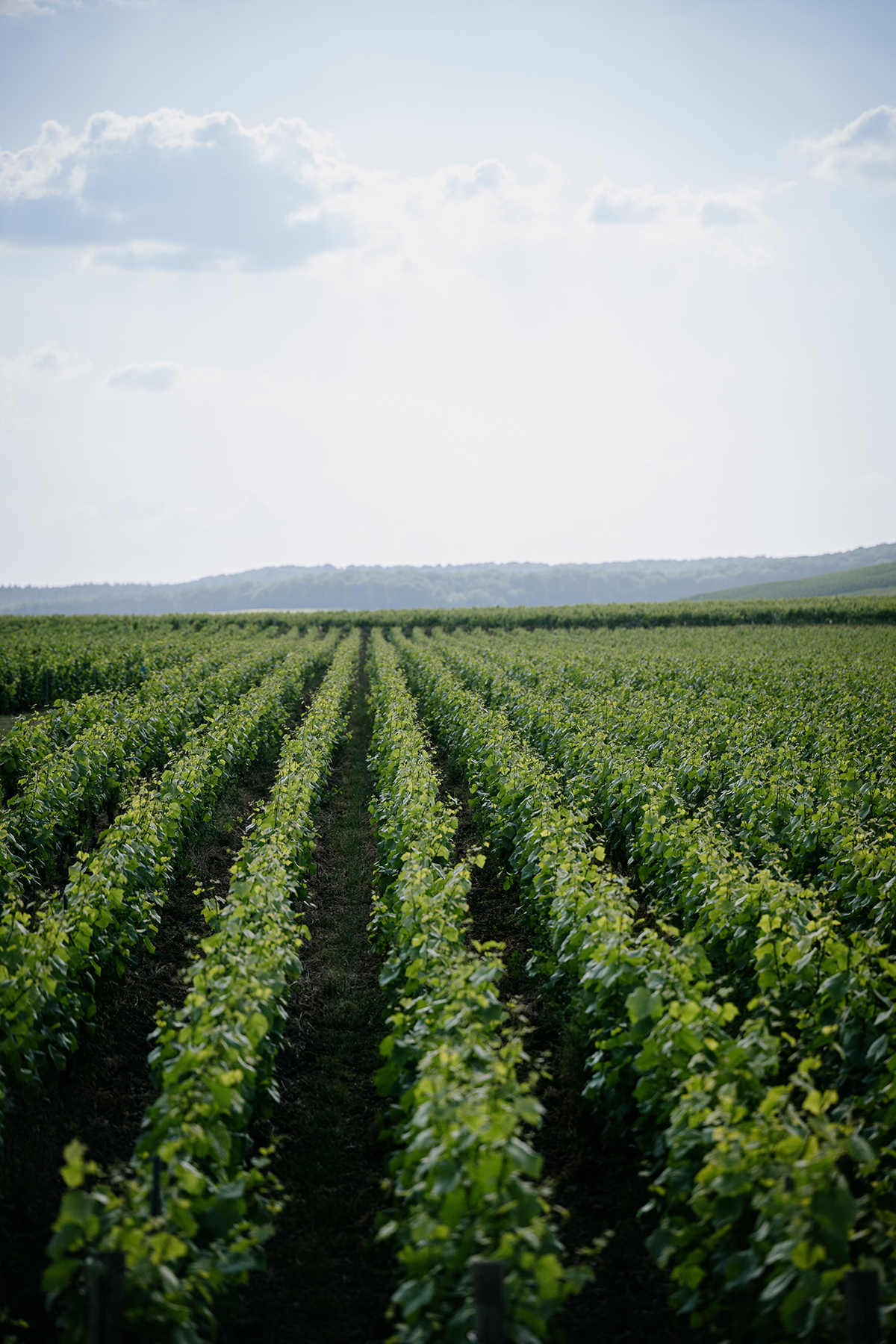
The vineyards stretching to the forested hillsides
Jacquesson is a rare producer in several ways. It produces very small quantities of these single-vineyard wines – to the extent that they are not so much cult wines as secret wines, each market just getting a few cases to be fought over by collectors. The maison also does not make a rosé wine, nor a standard vintage champagne, which typically is a blended champagne made out of grapes of a single year. Apart from the single vineyards, the accent is very much on the numbered releases, or 700s, and their distinguished cousins, the late disgorgements, which are simply the same wines but held in the cellar, maturing in their live creative process for years longer.
The Jacquesson estate itself is in Dizy, one of the villages we saw from the hillside up above. There is a handsome house with a lawn and a small vineyard next door, and a tasting room with a vaulted ceiling. The cellars, like that of any champagne house, are extensive. Sitting in the tasting room, Garandeau tells me there is no plan to make dramatic changes at Jacquesson. “We are starting at a very high level, but we can fine-tune. We are very focused on understanding the terroir of each vineyard and, if possible, sourcing some additional great grapes to complement what we have. We can invest in facilities, improve parts of the process and, after one or two vintages, be confident to take decisions because we know the process a little better. We can also work to increase awareness among international wine lovers.
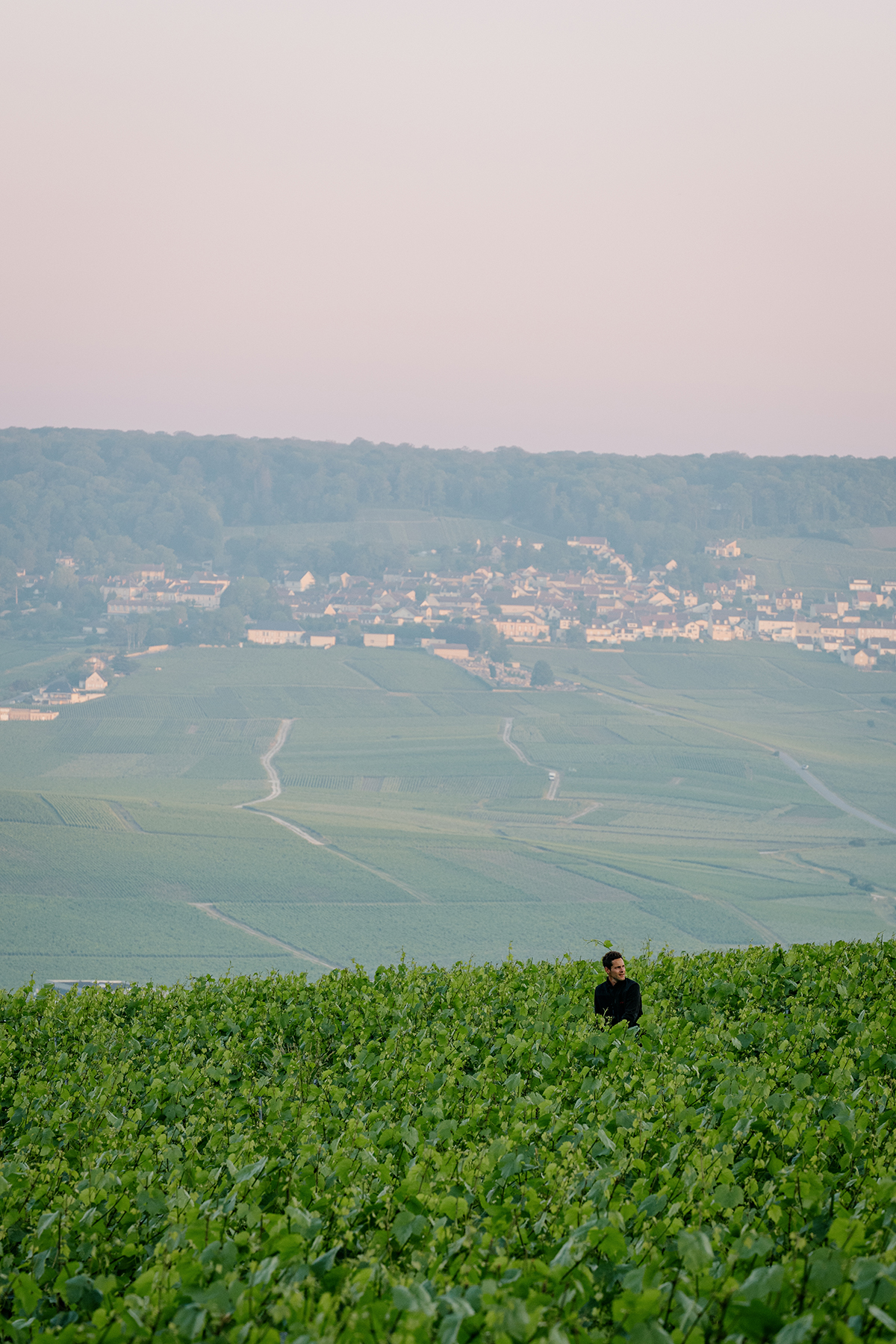
The spectacularly situated vineyards contain Chardonnay as well as Pinot Noir grapes
”There are no plans to turn the boutique grower into a giant, along the lines of more famous houses. “We have a boutique approach at Artémis Domaines, which is part of our culture, and which helps build on the future for Jacquesson,” says Garandeau. “Boutique is the future as well as the past.” There are, he adds, no plans to bring in additional ranges, or a rosé (the latter was discontinued by the previous owners) – a shame, as I am sure Jacquesson would make a rosé to rival Dom Pérignon’s powerful offering and the curiously (in the context of its other wines) delicate offering by Krug, both from houses owned by LVMH (majority-owned, in the case of Krug).
Read more: A tasting of Schrader’s legendary Napa wines
Garandeau also points out that tastes for champagne are changing. “In the past, people would go into a restaurant and want to start with a bit of champagne, and take whatever was served by the glass and not really question it,” he says. “Now, people are focusing increasingly on taste. People will get the full wine list and choose a bottle of champagne to share before the meal. And even when you see the selection of champagnes by the glass in many places, where 20 years ago you would just have the big brands, now it’s changing and there is much more variety. Champagne is being treated much more like wine.”

Vineyard Manager Mathilde Prier
With that, the first cork is slowly released from its bottle by Cellarmaster Yann Le Gall, and our tasting begins – although not before I reflect that one of France’s most sophisticated luxury brands is beginning a new phase in its patrimoine that could be just as interesting as those of its first decades.
The 700s
Jacquesson gained instant credibility among wine geeks, many of whom had previously considered champagne a second-class drink, when it replaced its entry-level non-vintage champagne with its numbered Cuvées 700 in 2004. Almost all champagne houses had, until then, produced a “non-vintage” champagne as their primary offering, blending wines of different years together without indicating which – most still do. The 700s were different, declaring by their numbering exactly which year the wine in the bottles was based on. This arcane detail immediately transformed perceptions: a champagne house that was not trying to make a generic non-vintage blend, like a whisky, each year, but instead proud that different years produced different types of wine, and saying so on the label. The fact that the wines, starting with Cuvee 728 in 2004 and proceeding up by one number each year, were of such high quality, also helped.
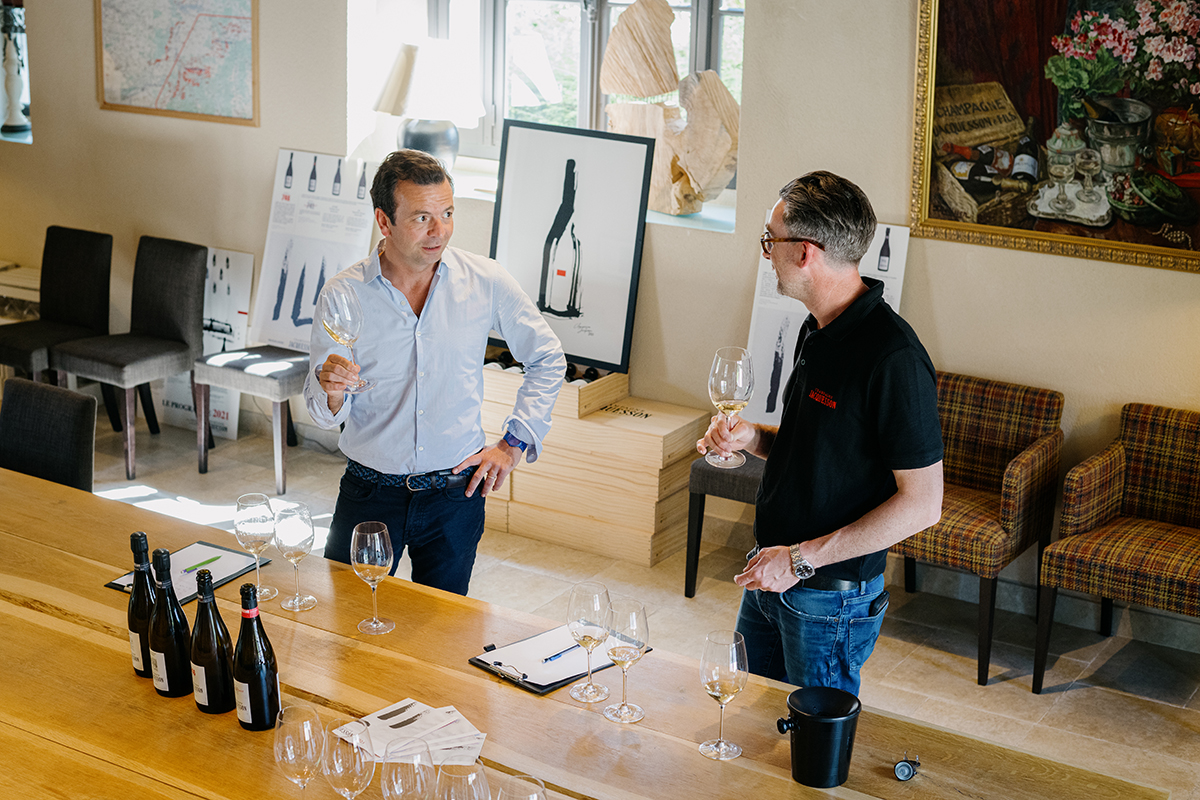
Jean Garandeau and Cellarmaster Yann Le Gall at the tasting
The Tasting: Notes by Darius Sanai
Cuvee 746
The latest of the 700 series. A sultry, thought-provoking and sophisticated wine: Catherine Deneuve in a 1958 Lancia Flaminia Sport Zagato.
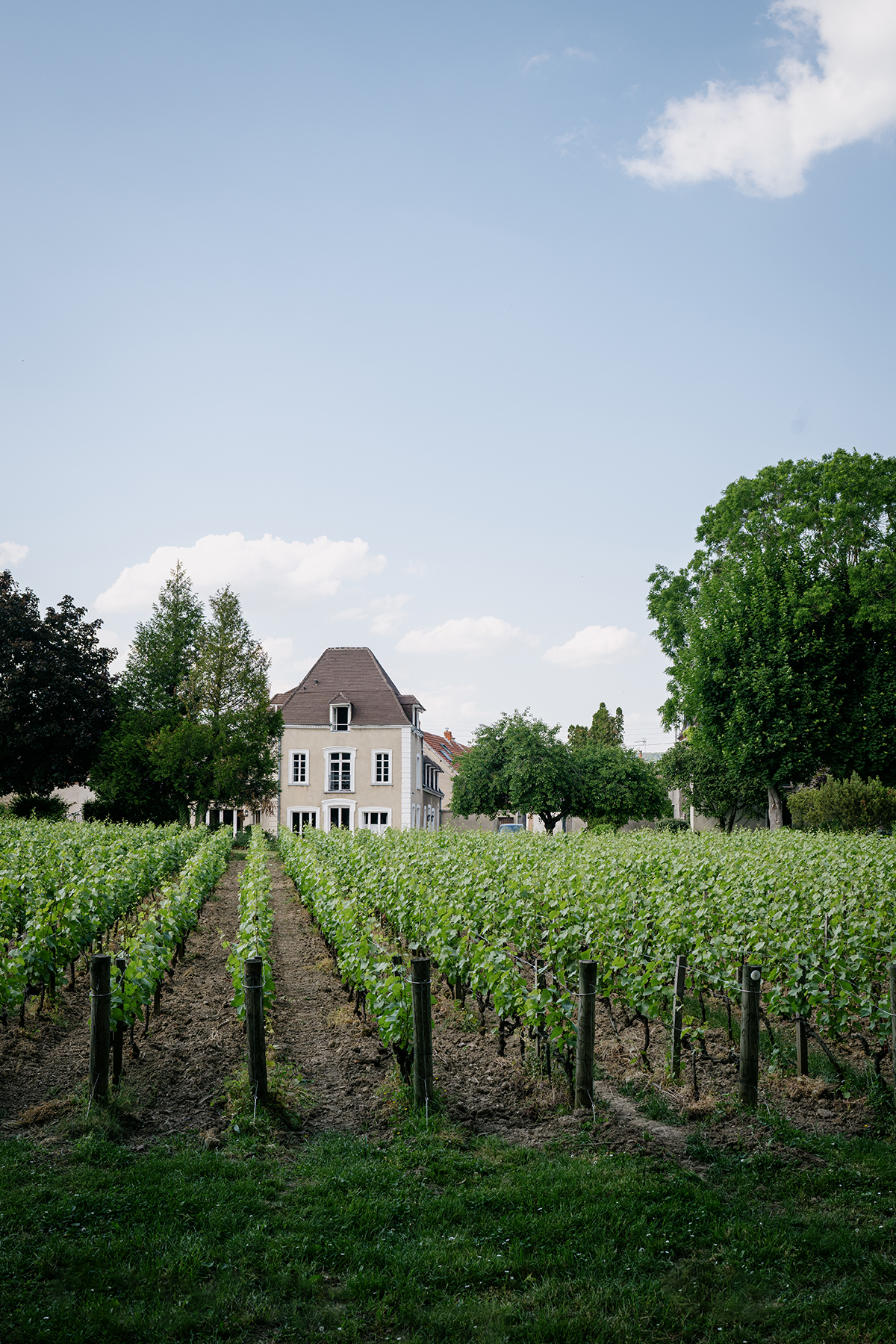
the Jacquesson estate house, which dates back to 1798, when the maison was founded
Cuvee 741 Dégorgement Tardif
Released after extended ageing on its yeast in the cellars. A serious champagne to be enjoyed over an extended meal at your riverside château in central France, with Jacques Brel playing on your turntable.
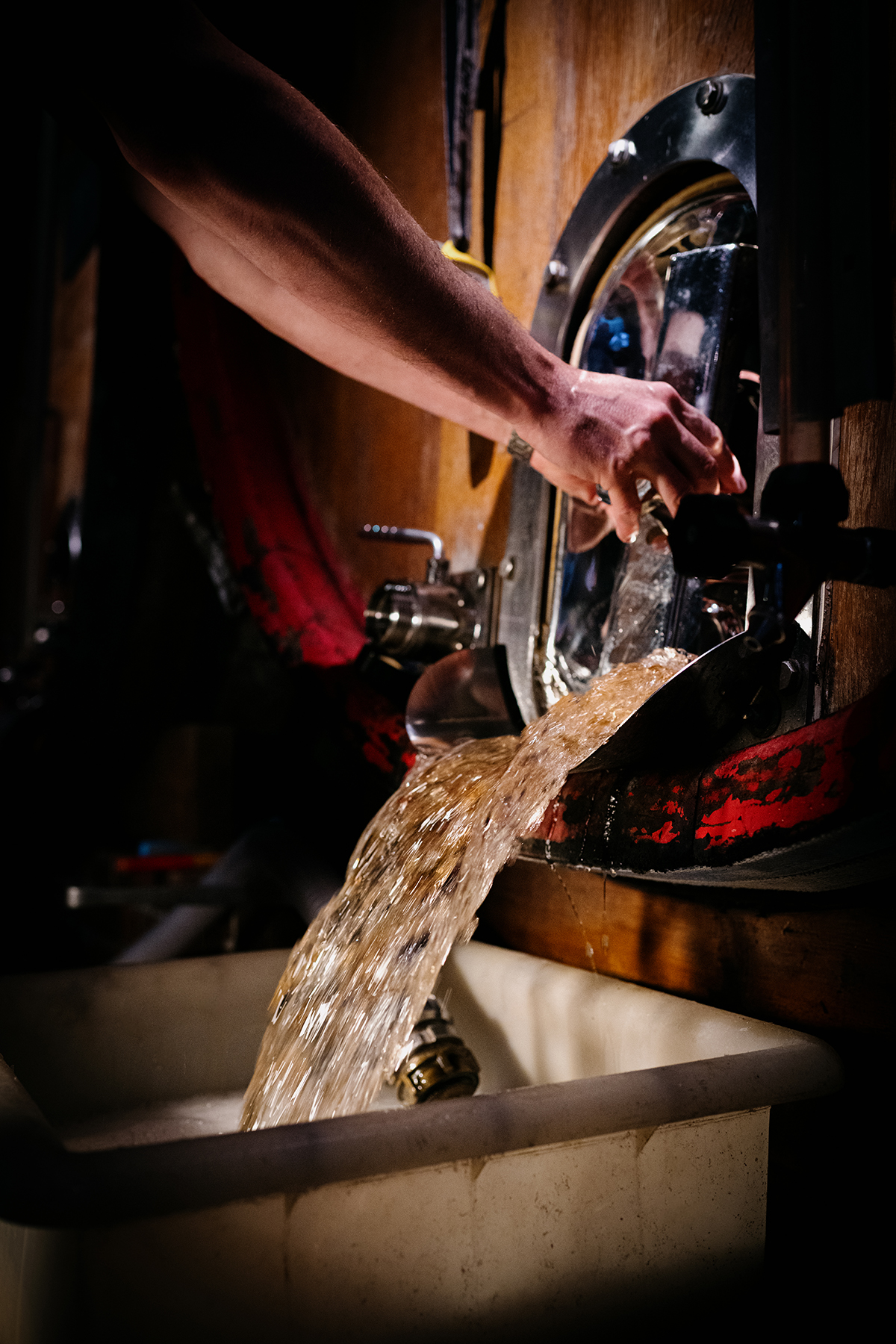
The process of making champagne is more complex than that of still wine
Champ Caïn 2013
Recently released after 10 years maturing in the cellars. All Chardonnay: pretty yet powerful at the same time, like Béatrice Dalle in vintage Balenciaga.
Corne Bautray 2013
Another Chardonnay-based single-vineyard wine, this is intense, deep, thought-provoking and quite serious, like sitting with Simone de Beauvoir in Les Deux Magots.
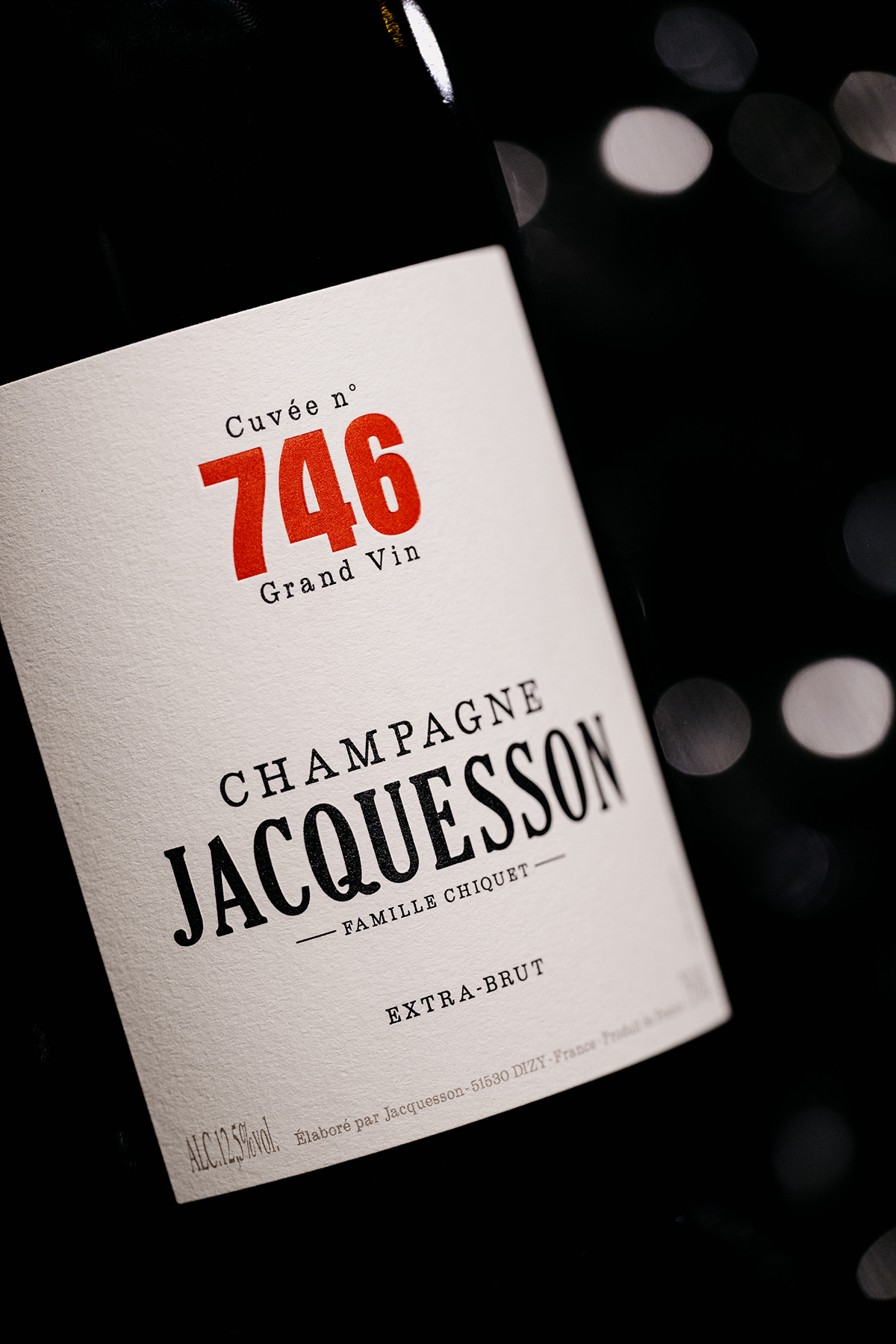
A bottle of Cuvée 746, the latest of the estate’s treasured 700 series
Terres Rouges 2013
Exclusively Pinot Noir, and with something complex and not yet fully detectable emerging under its perfectly polite manner, like the first part of a meal with Jean-Paul Belmondo.
Vauzelle Terme 2013
If any of the Jacquesson champagnes resembles the maison’s most famous advocate, it is this, tiny production label. You take a sip and think you have mastered it, then it comes back at you from different directions. Like Napoleon, this will get ever better with age.
Photography by Brice Brastaad
Find out more: www.champagnejacquesson.com
This article first appeared in the Autumn/Winter 2023/24 issue of LUX
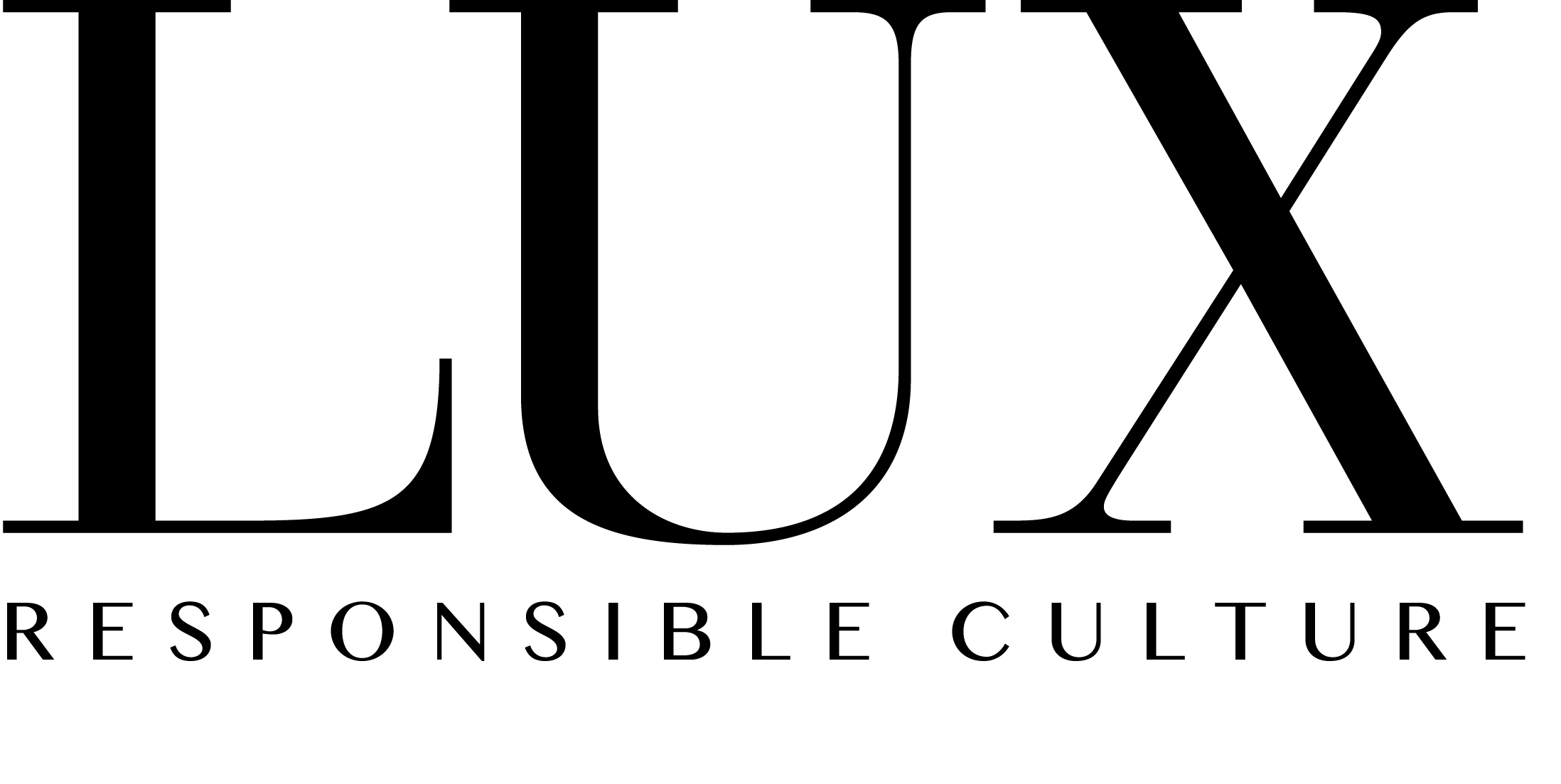

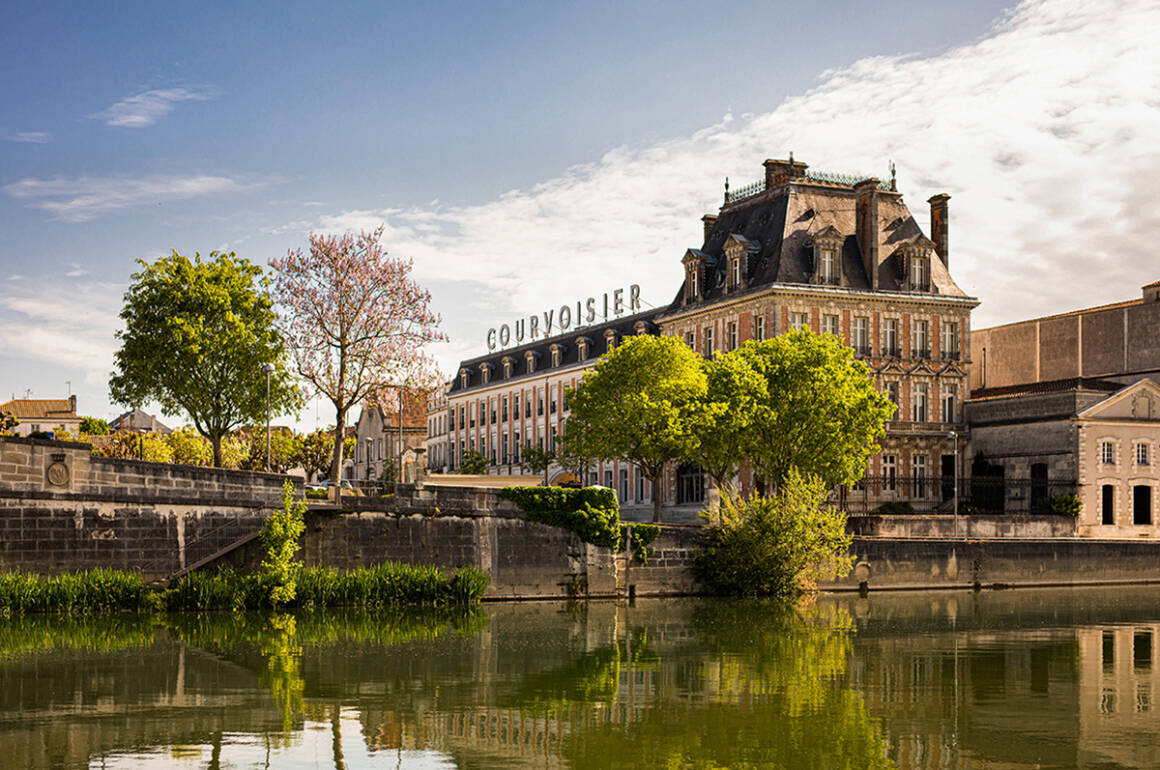
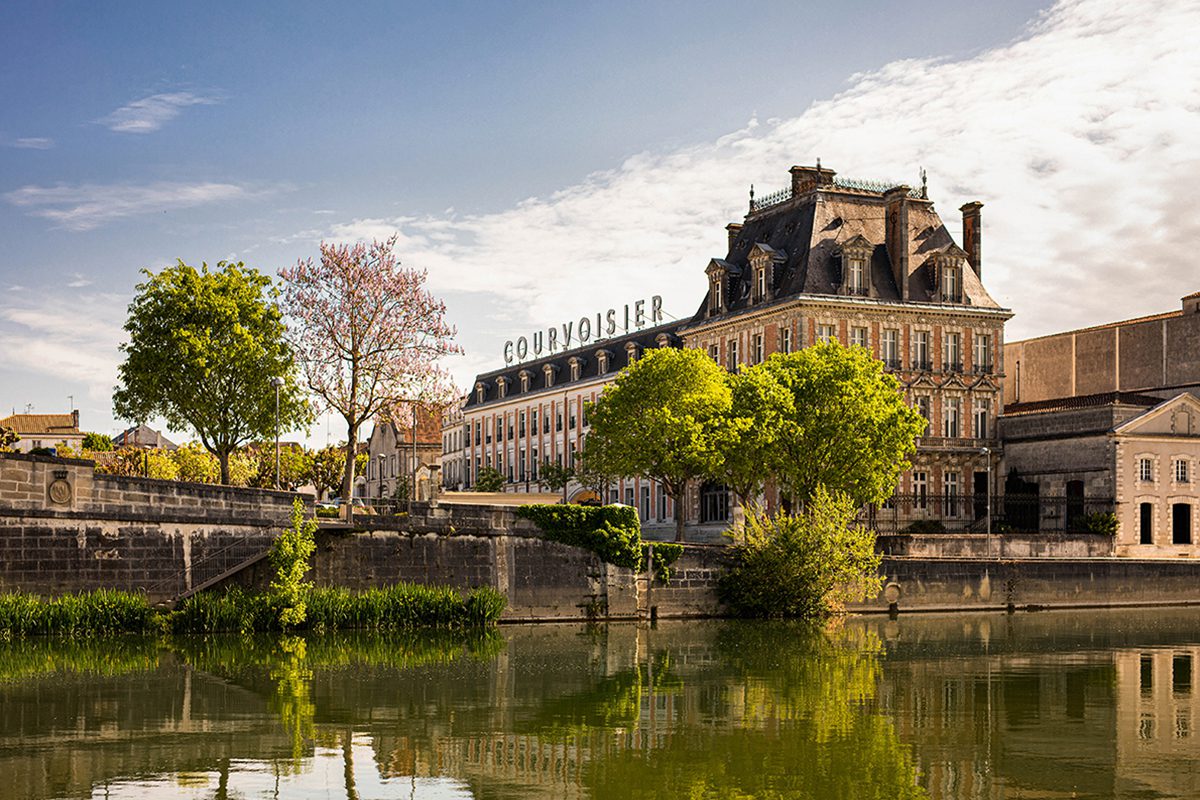 Thibaut Hontanx is the seventh Chief Blender of the historic Maison Courvoisier. Here, he speaks to LUX about the brand’s famous past, and the importance of celebrating the present
Thibaut Hontanx is the seventh Chief Blender of the historic Maison Courvoisier. Here, he speaks to LUX about the brand’s famous past, and the importance of celebrating the present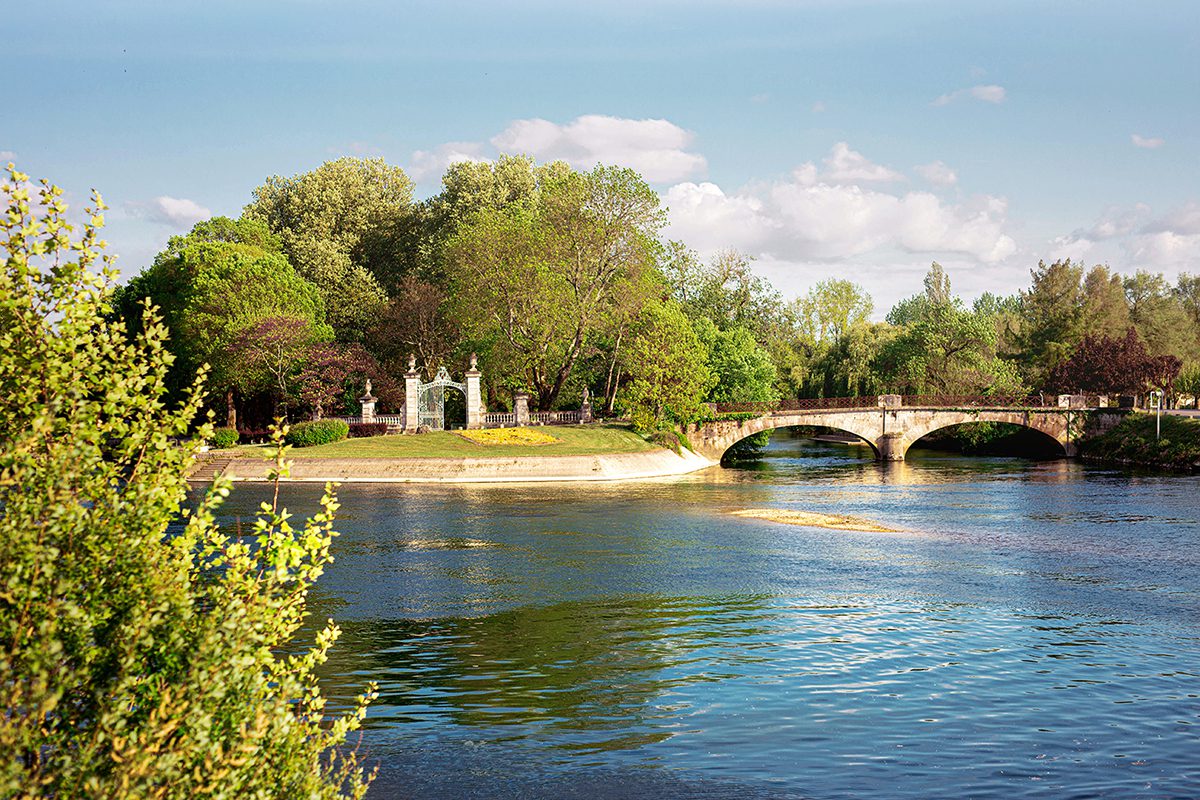
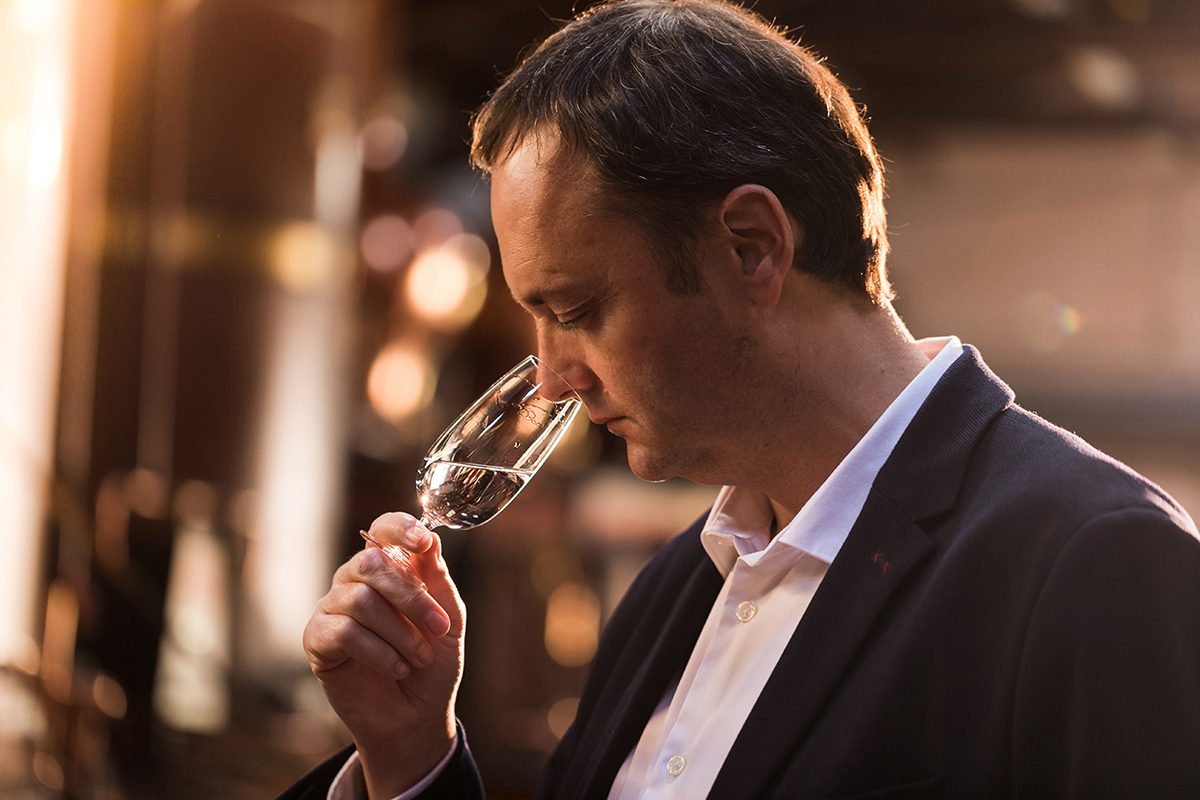
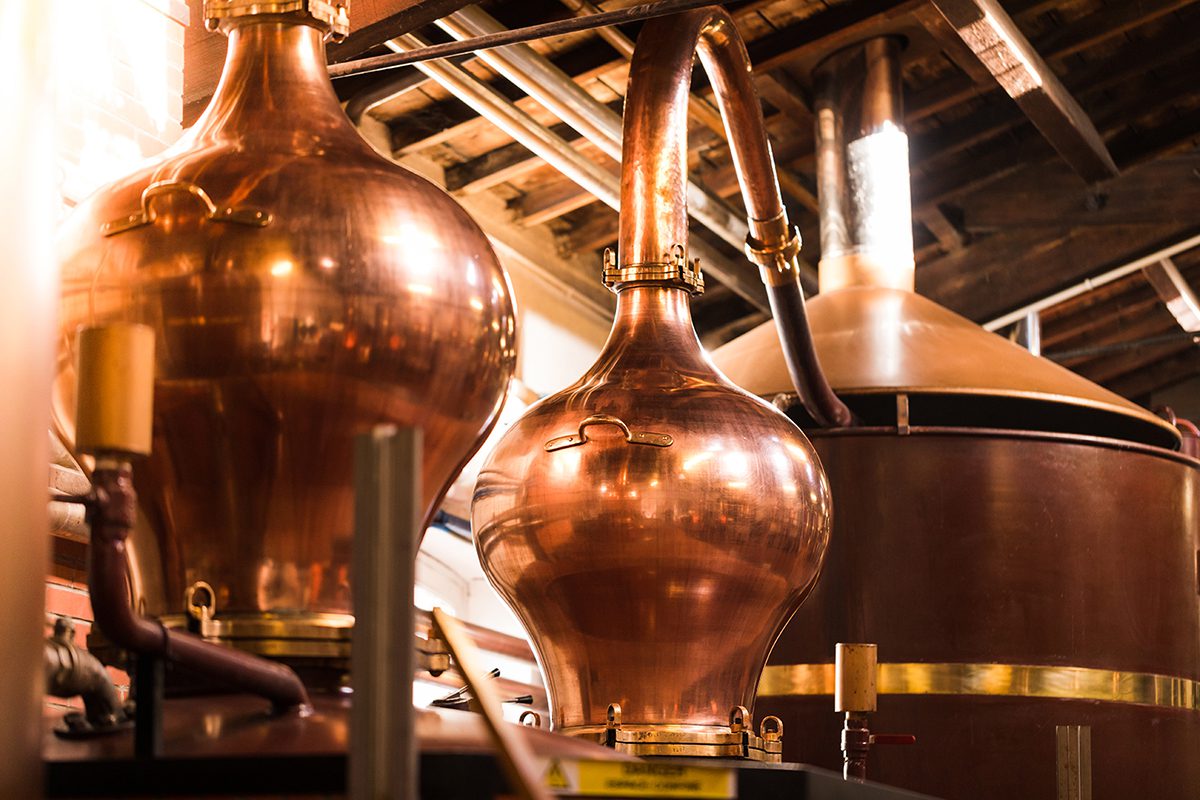
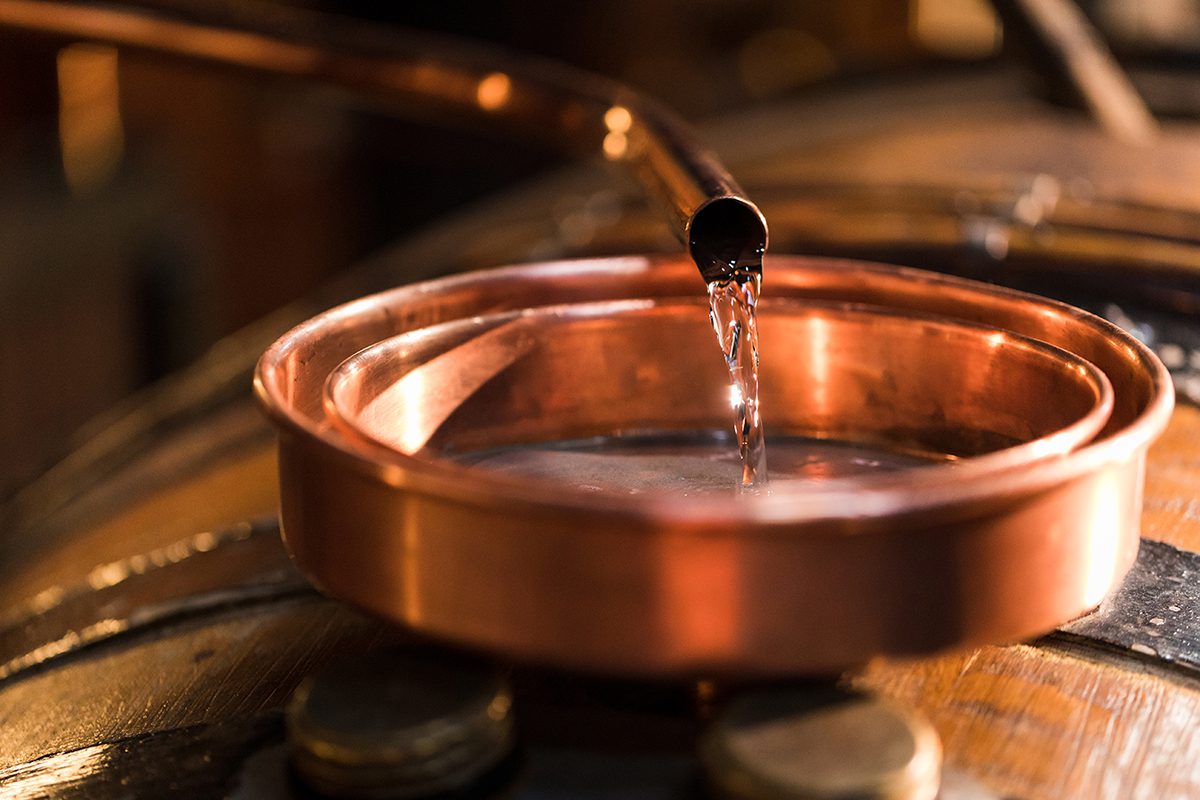
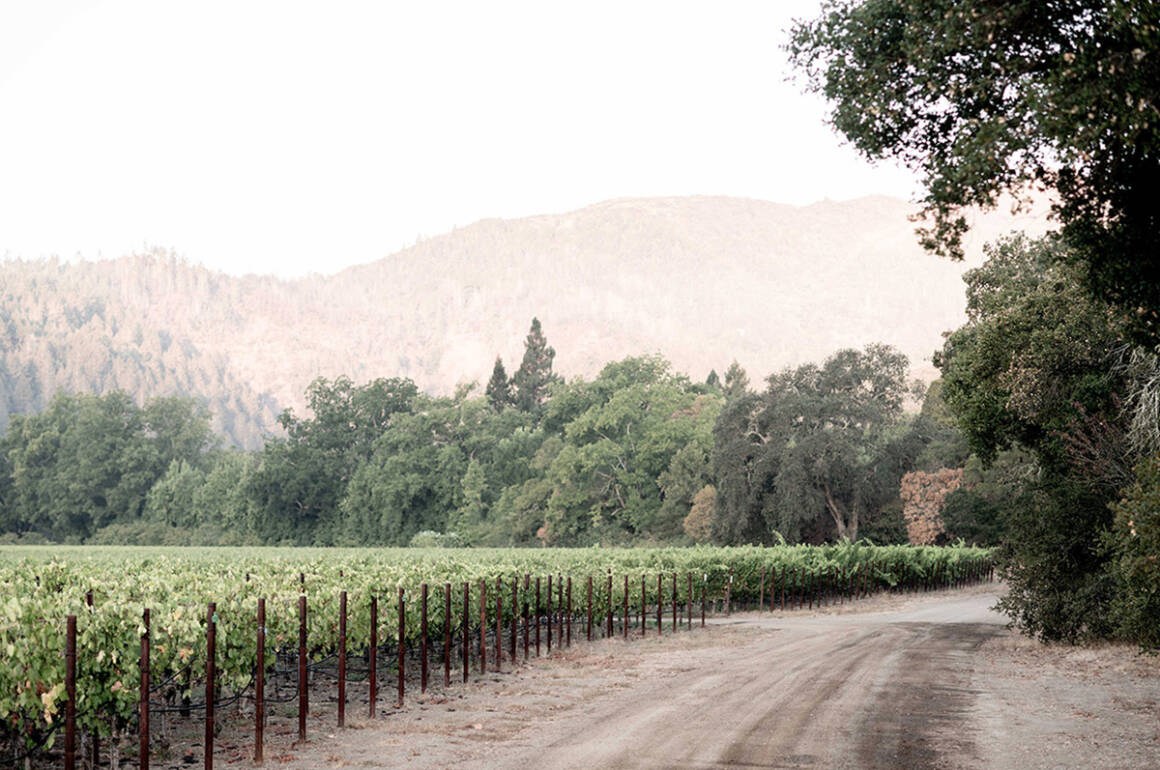
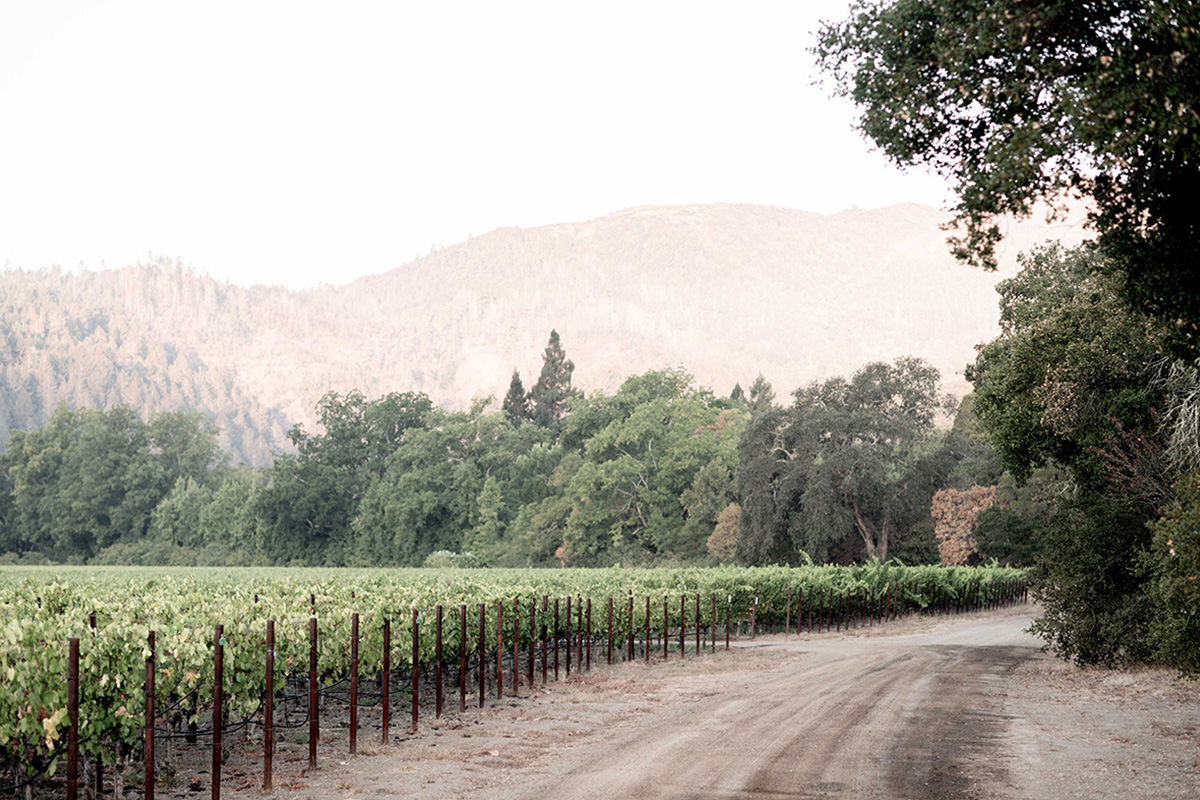
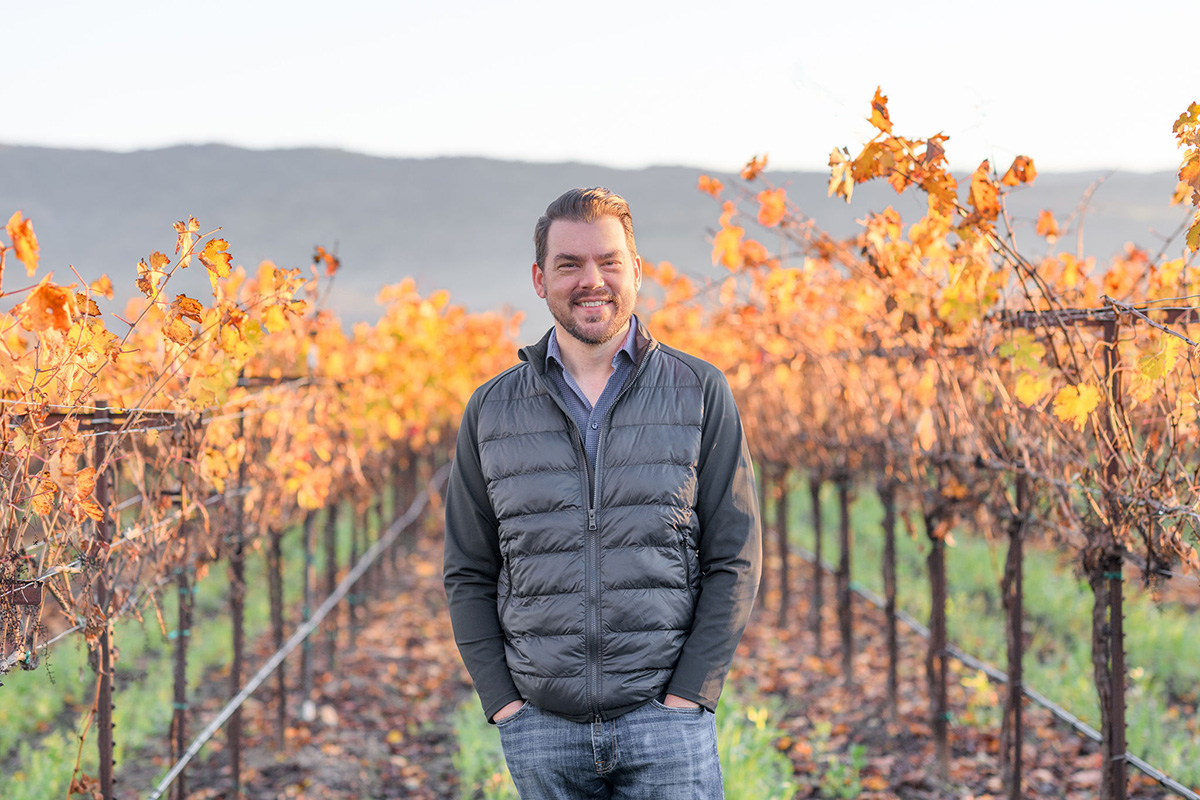
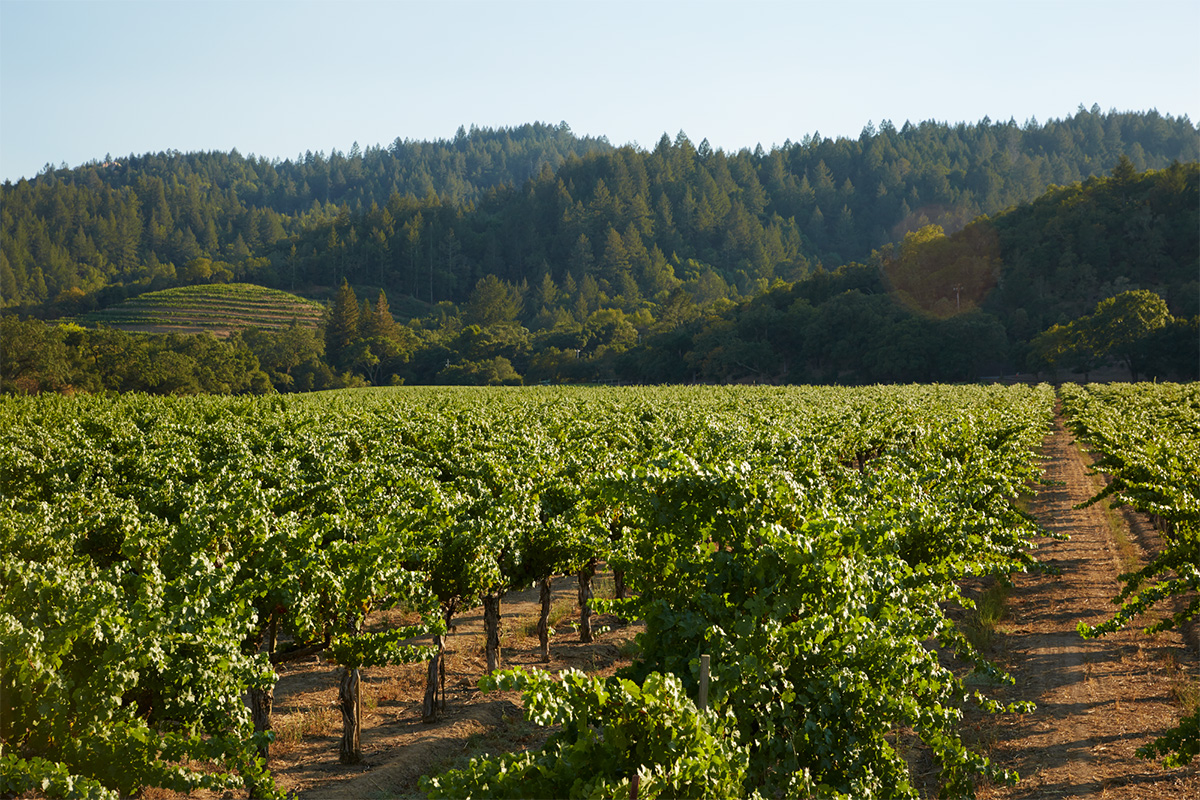
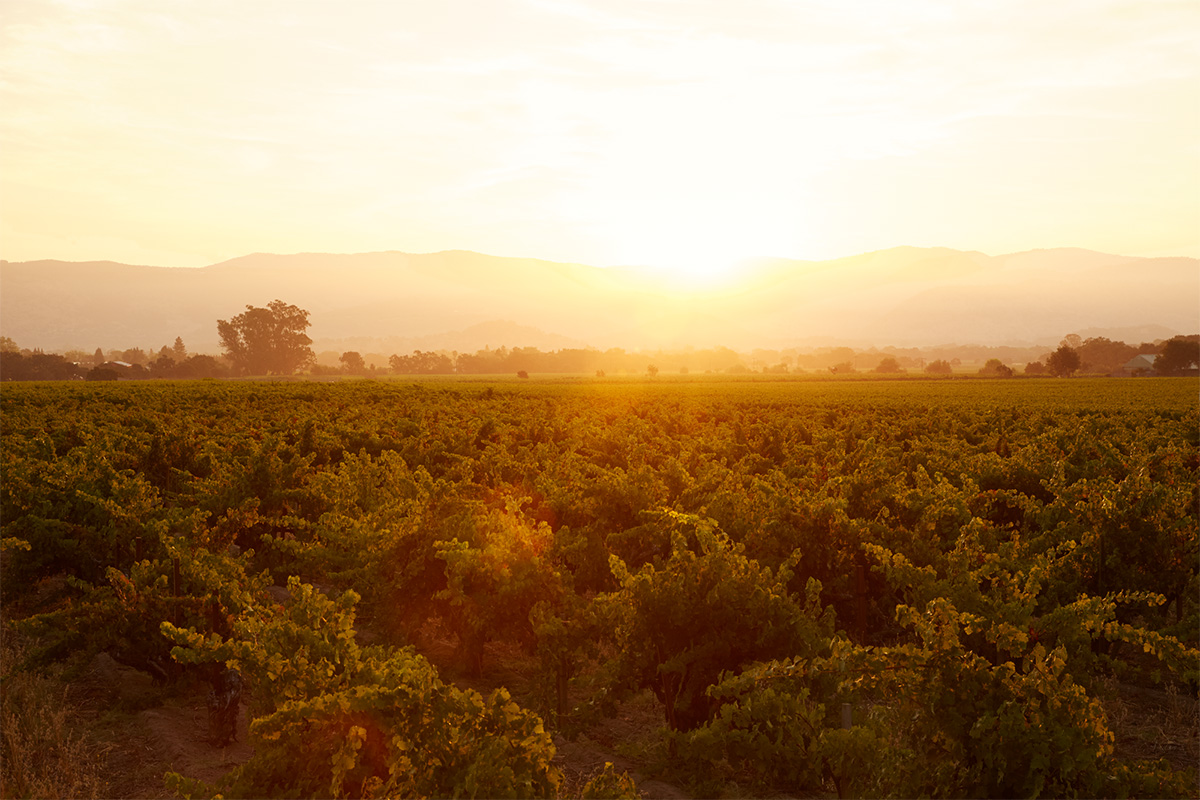
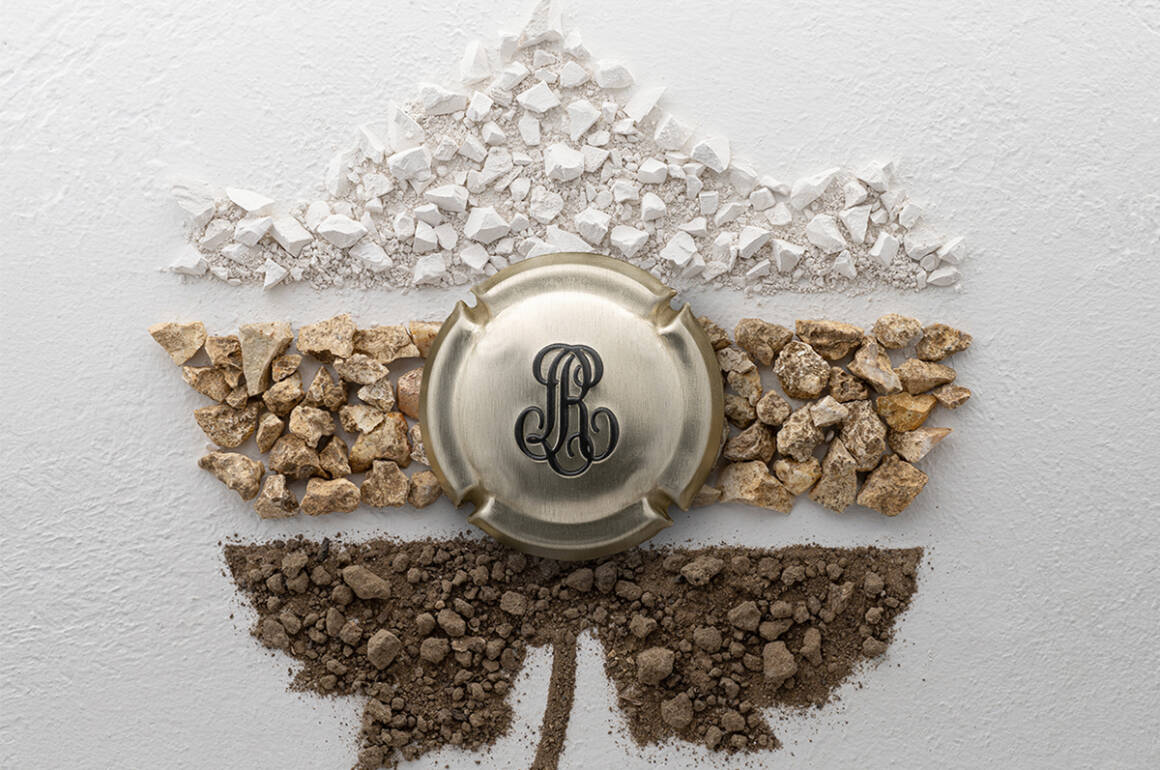
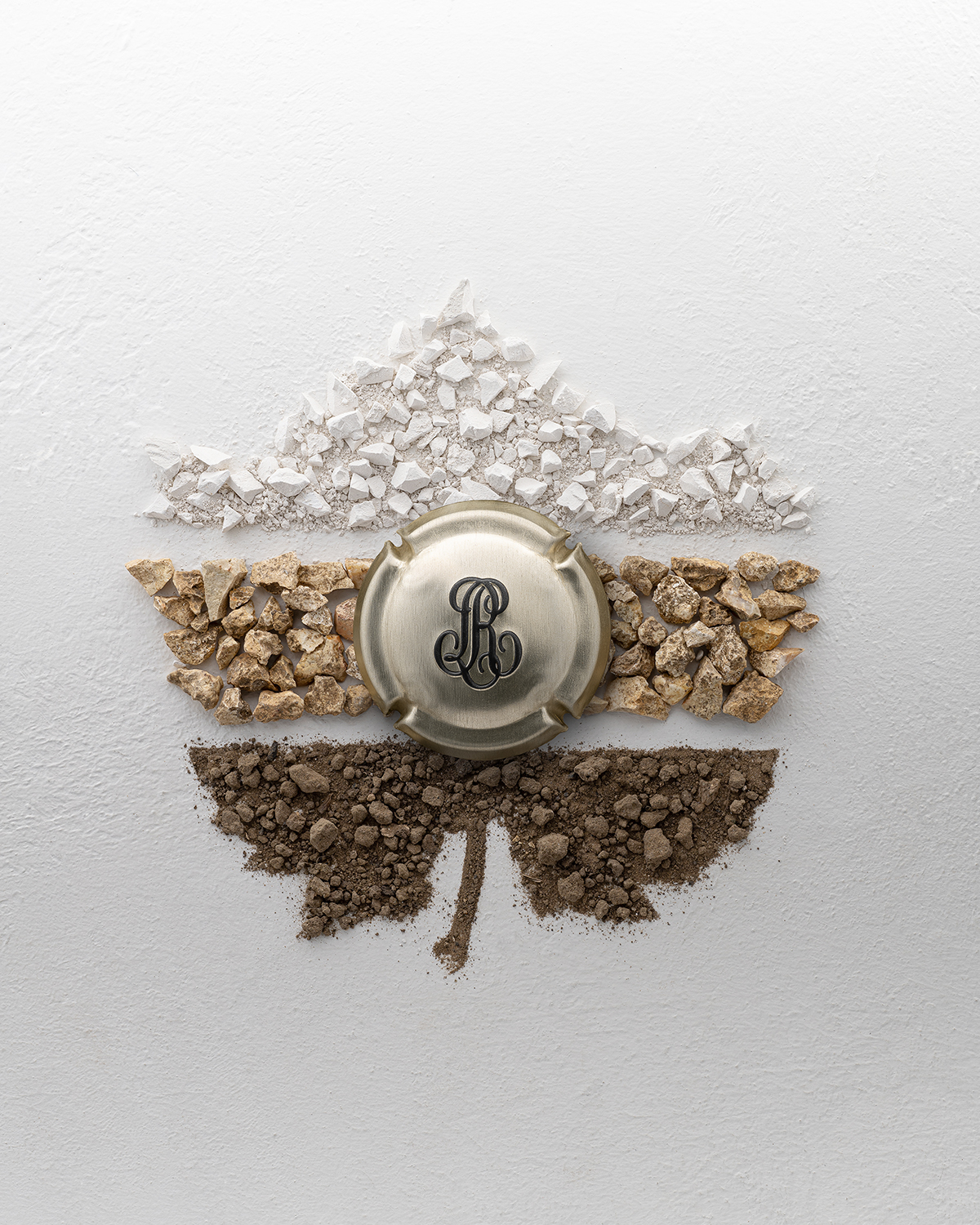
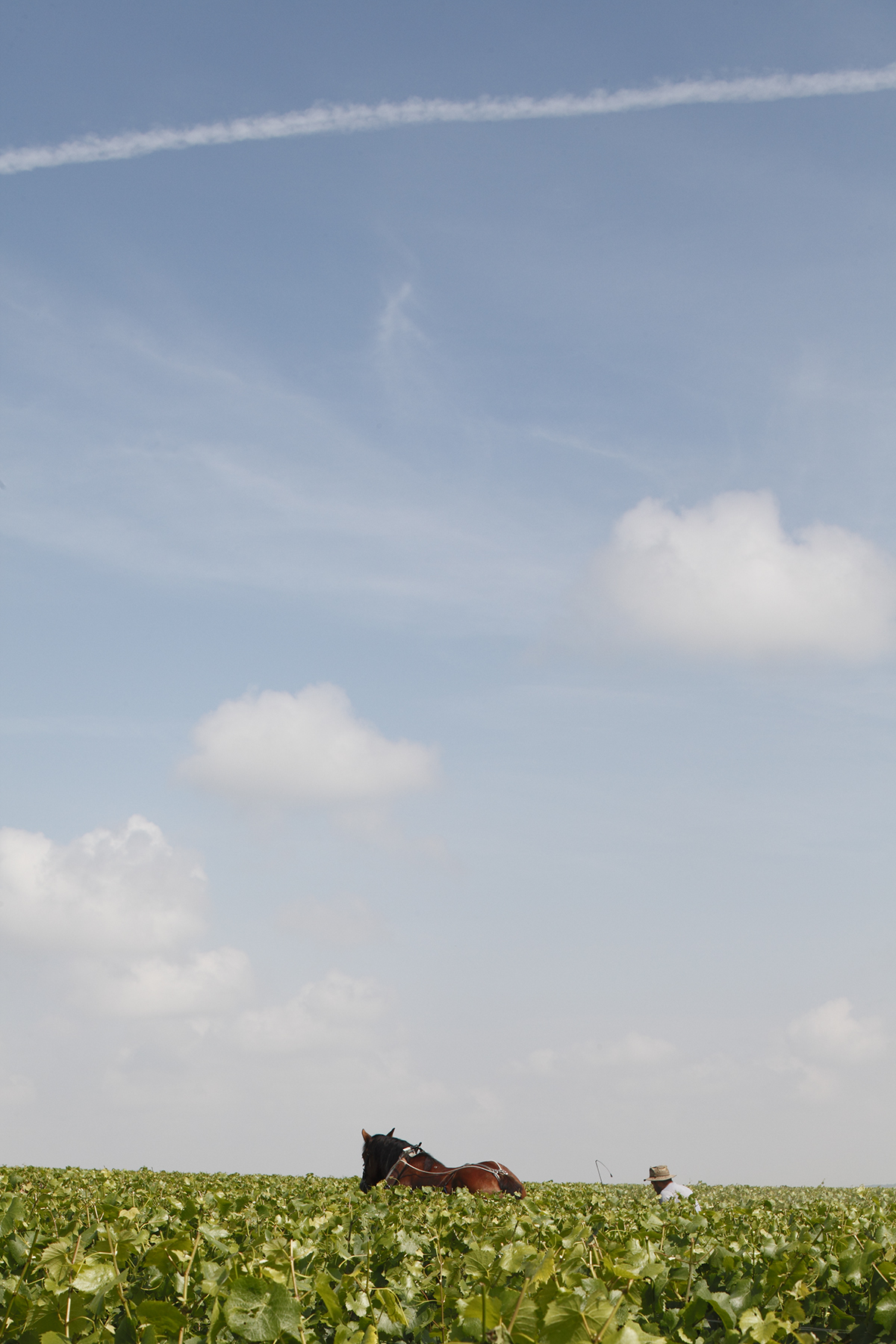
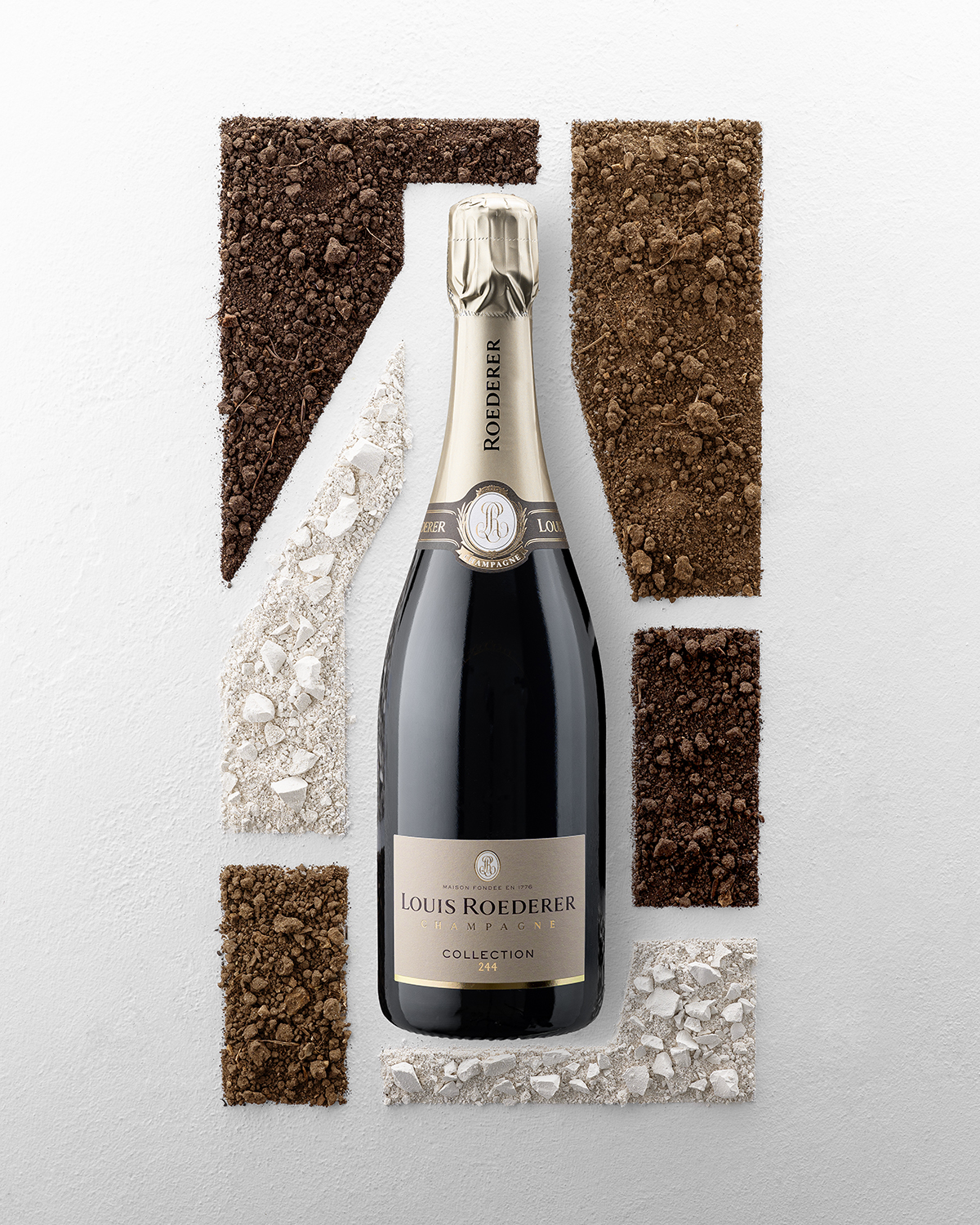
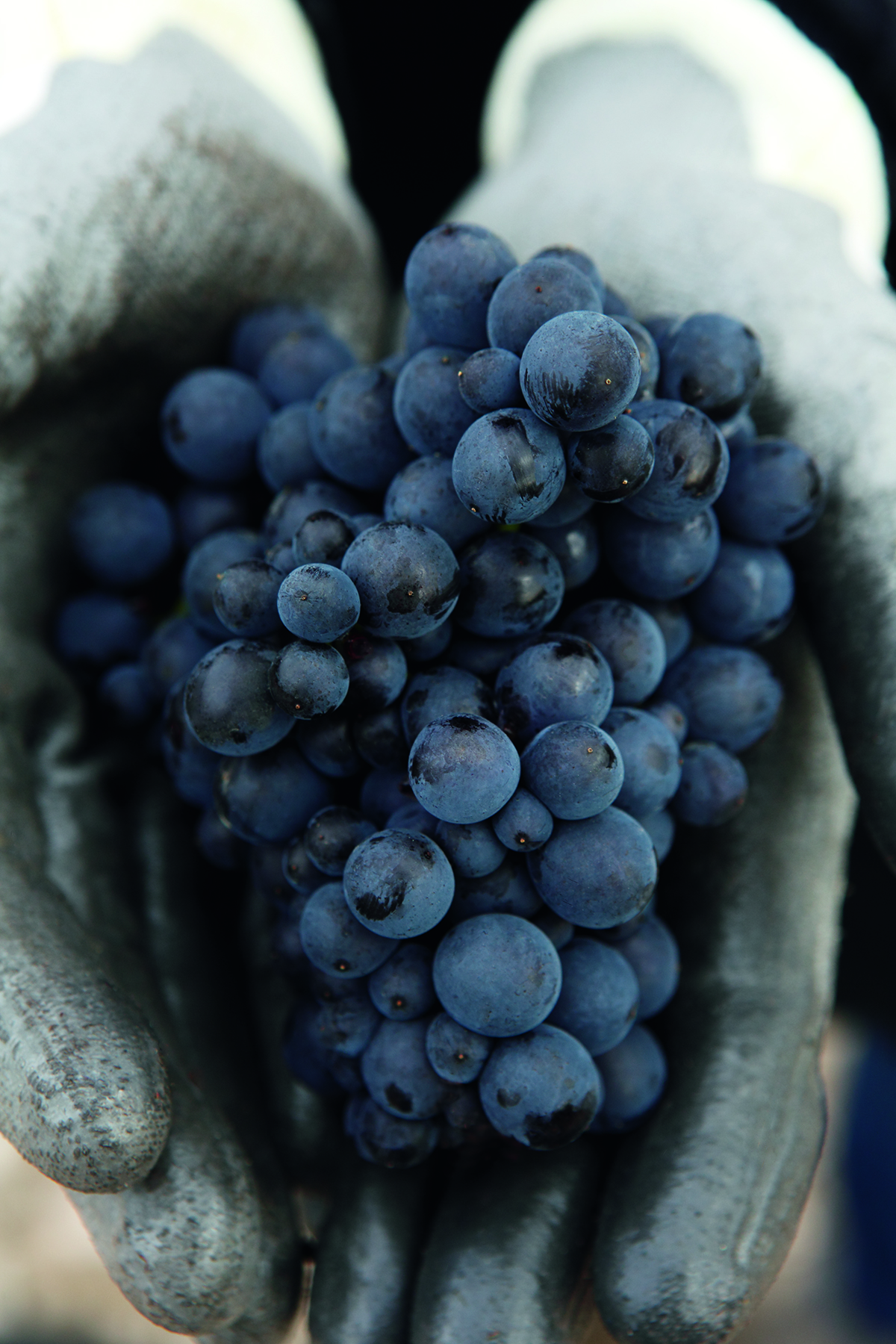
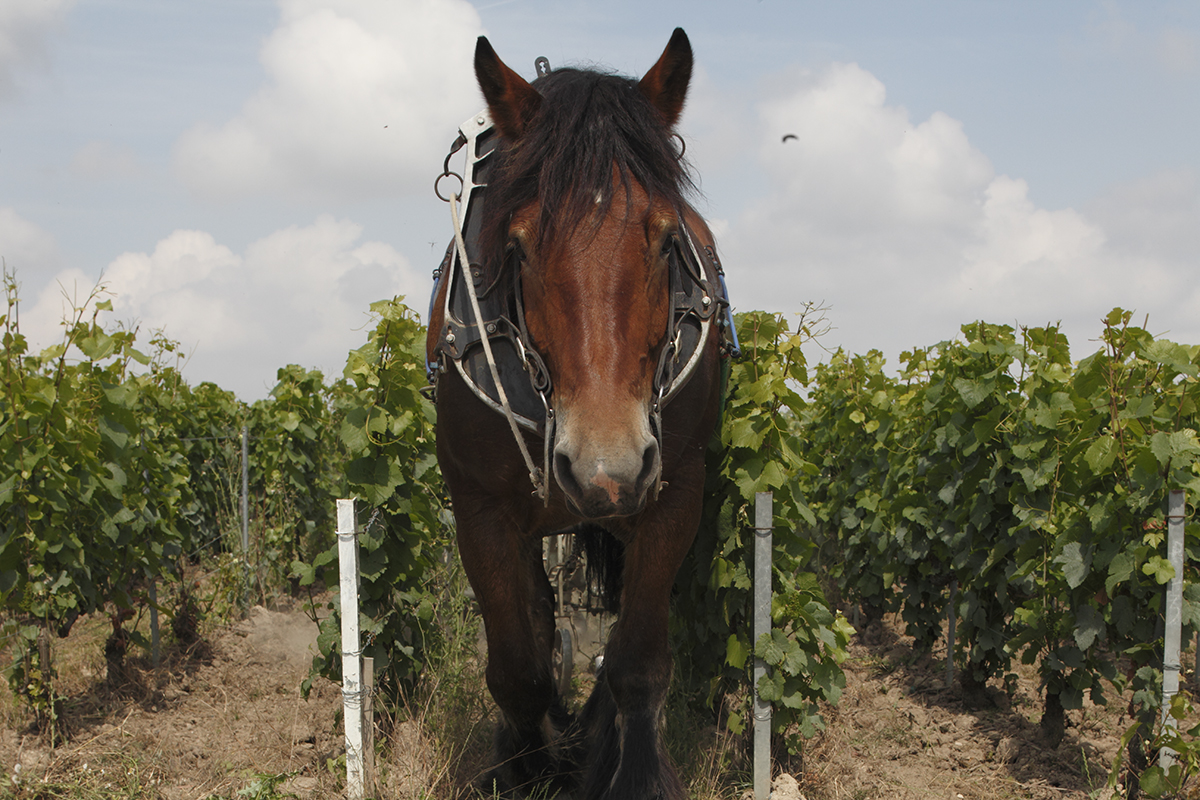

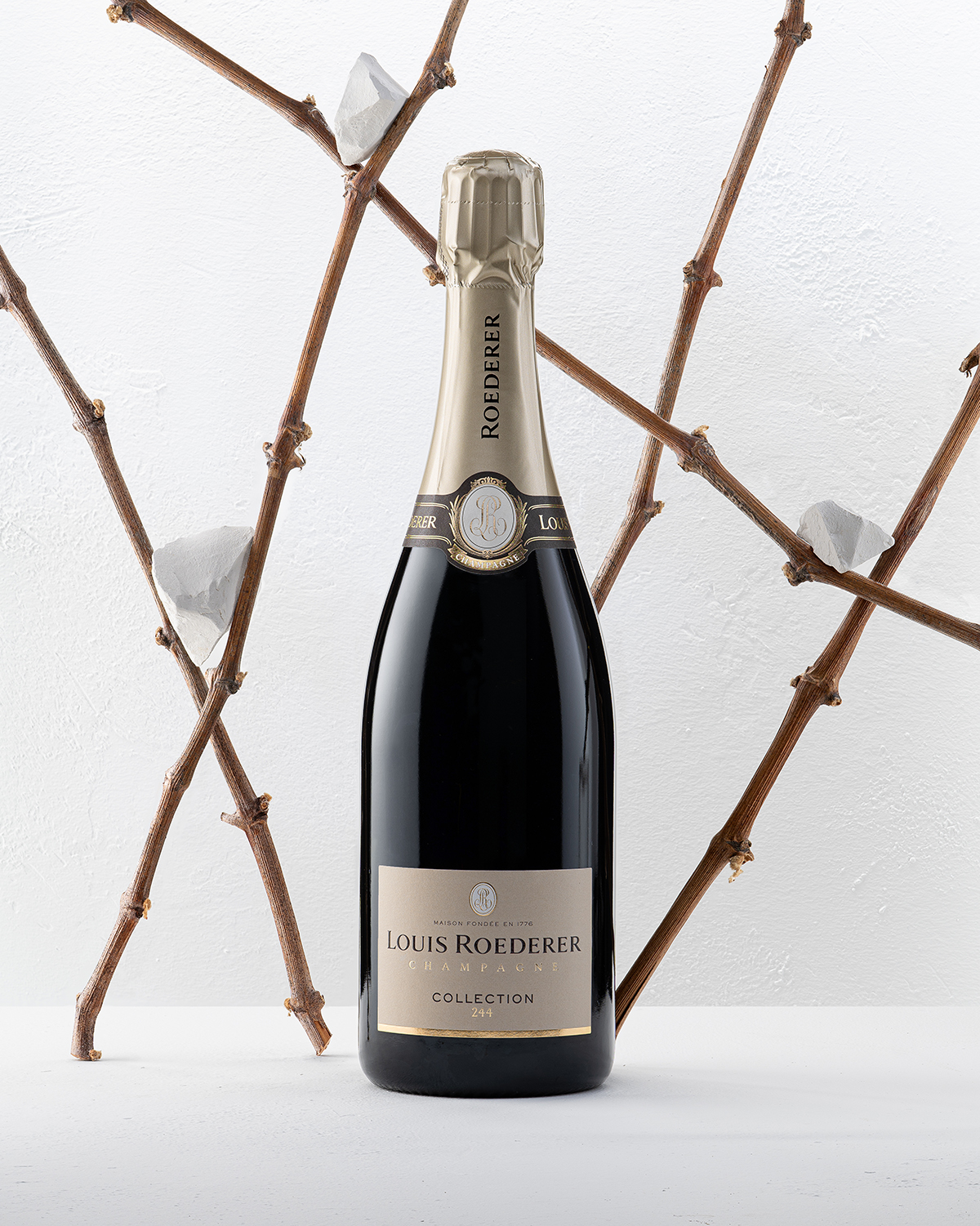
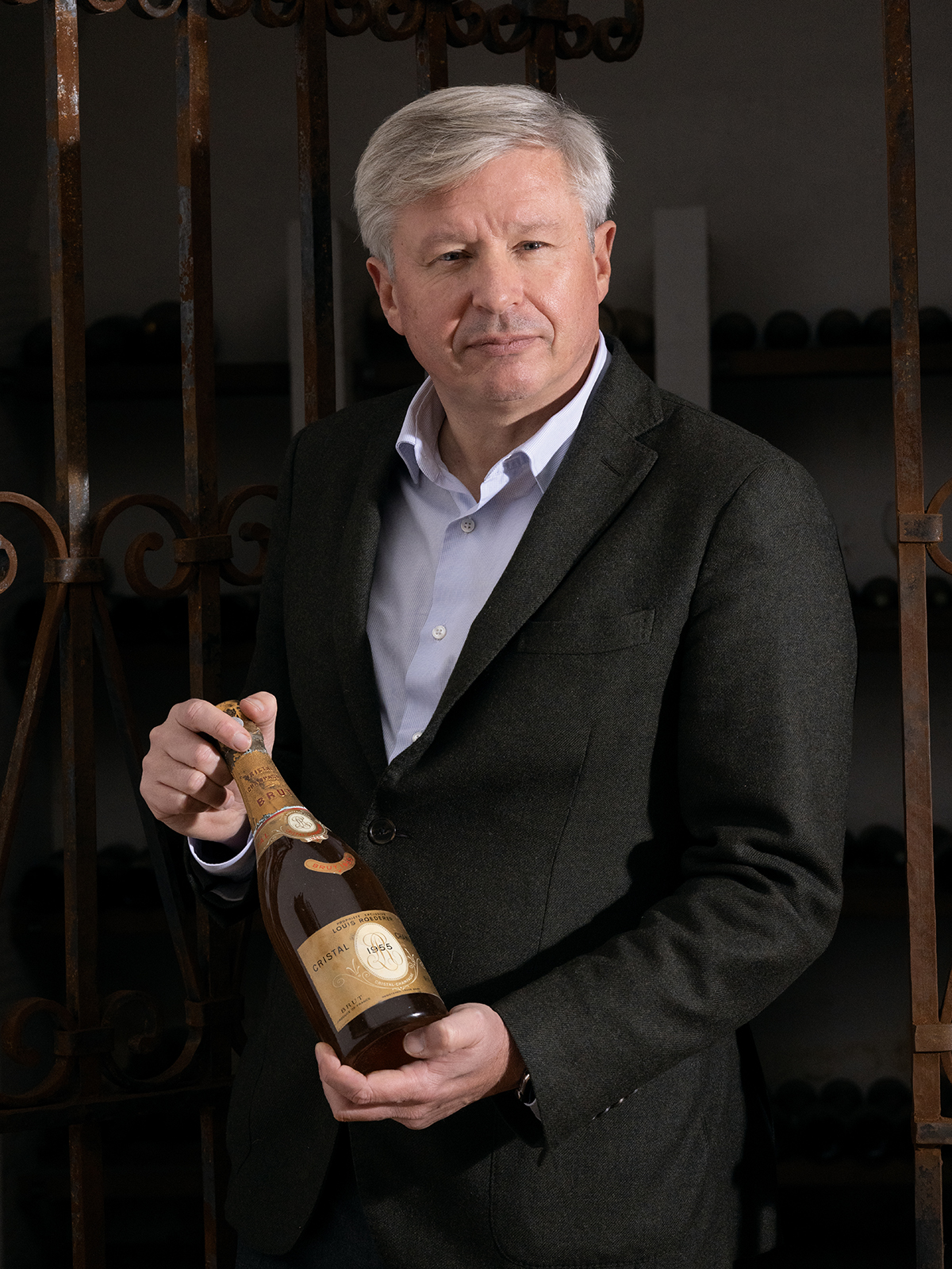
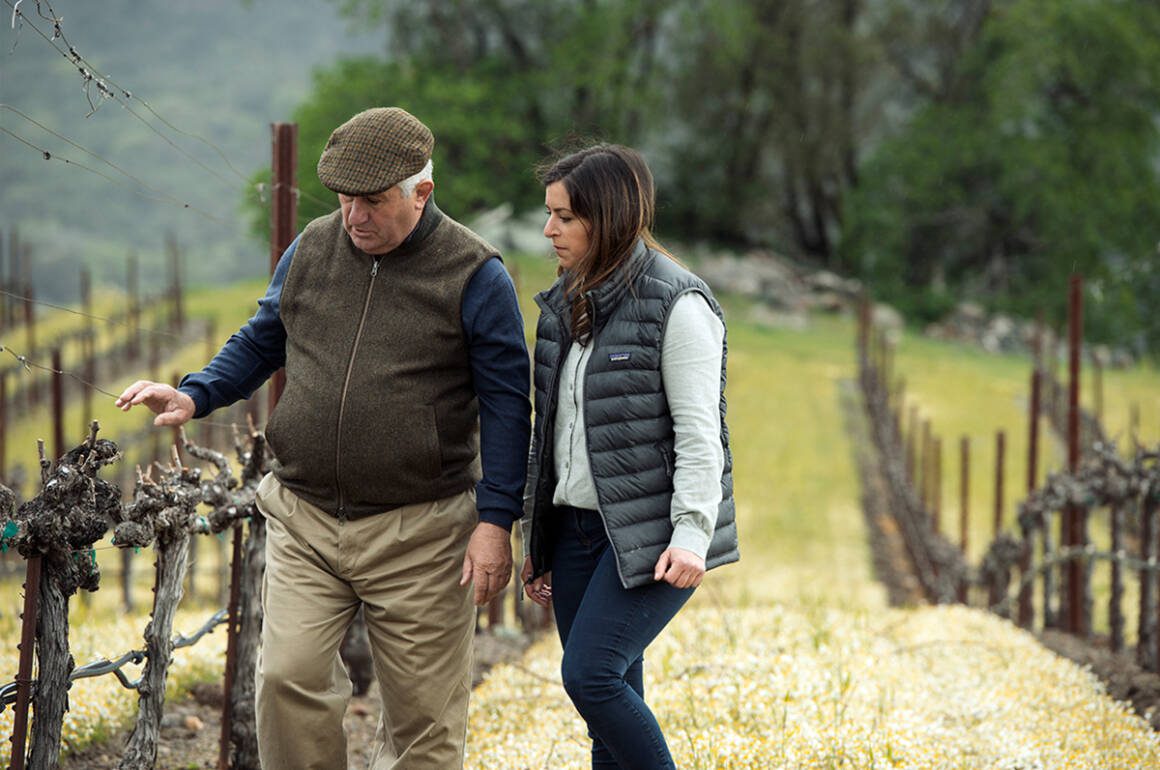
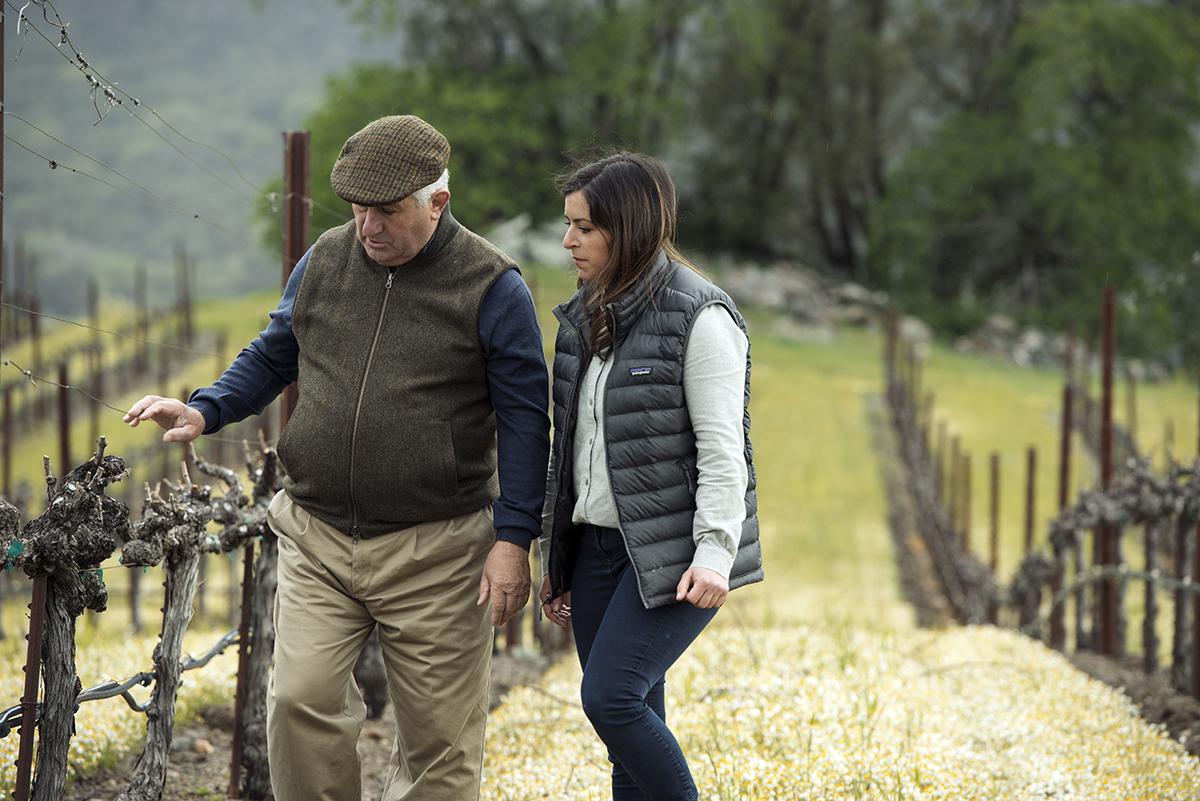
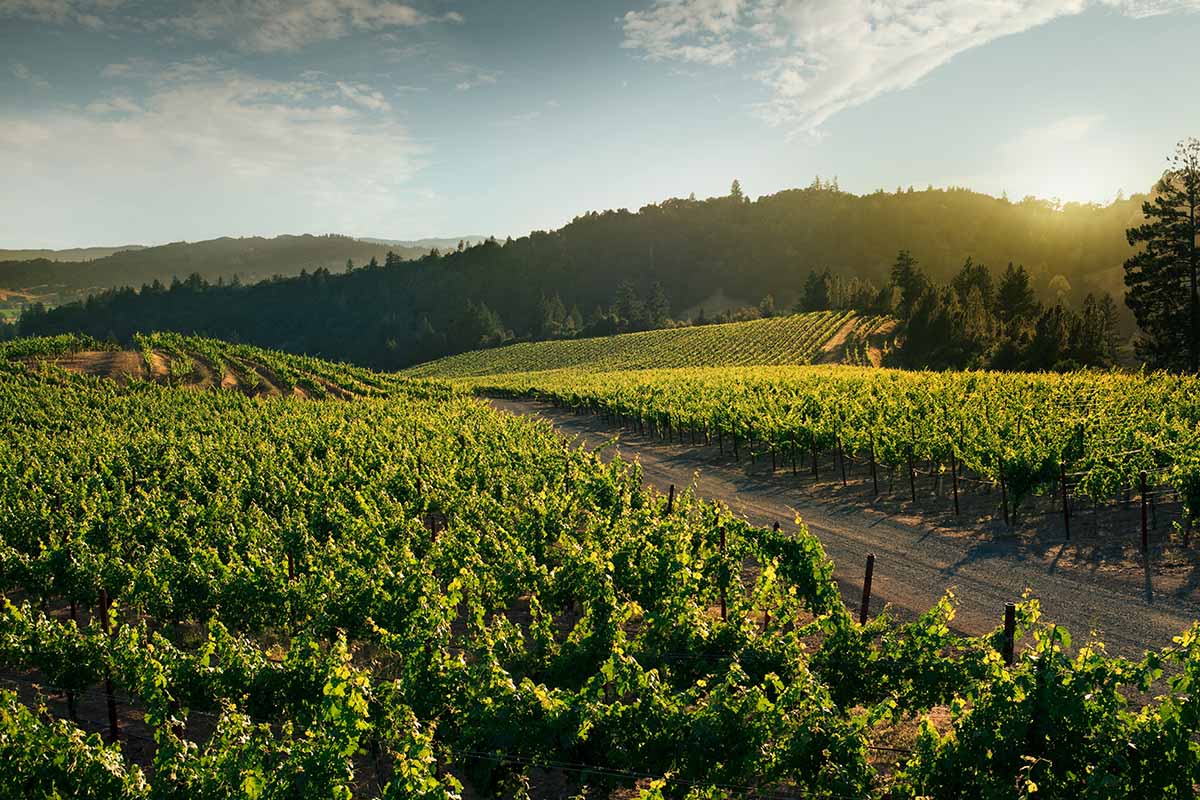
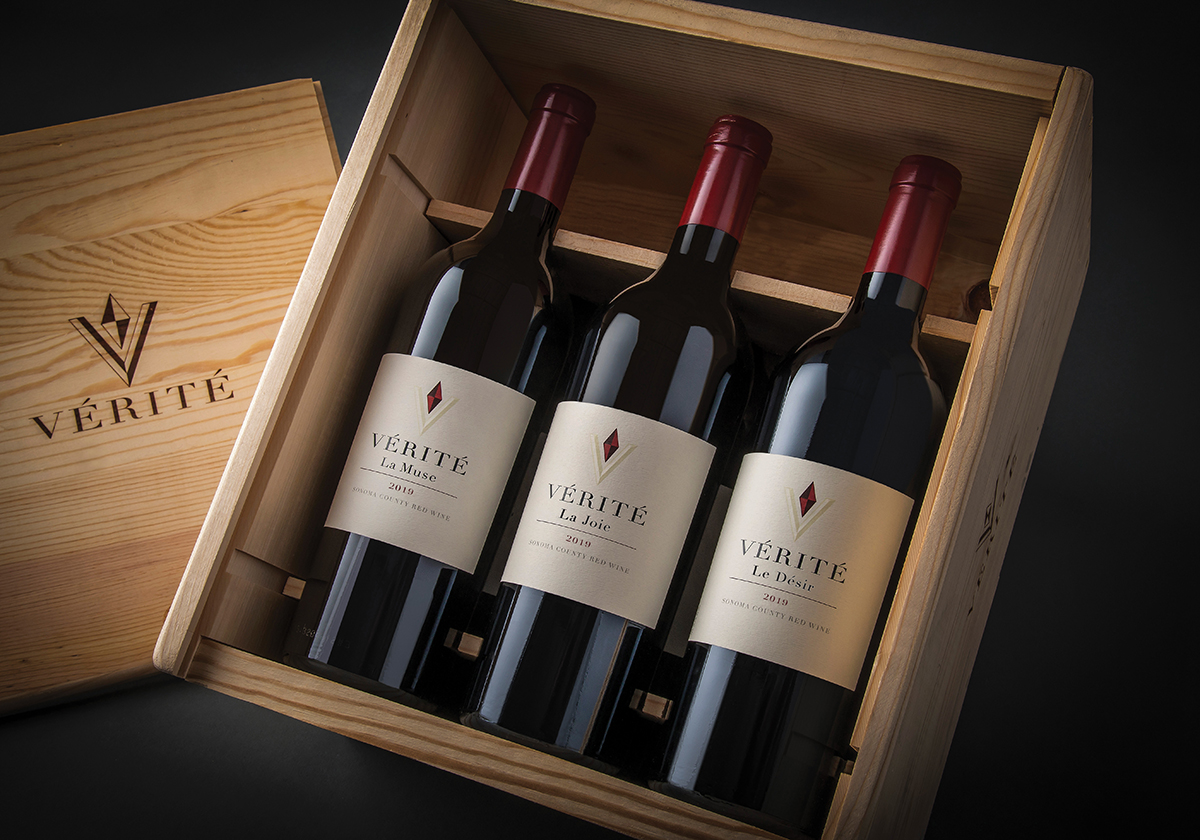
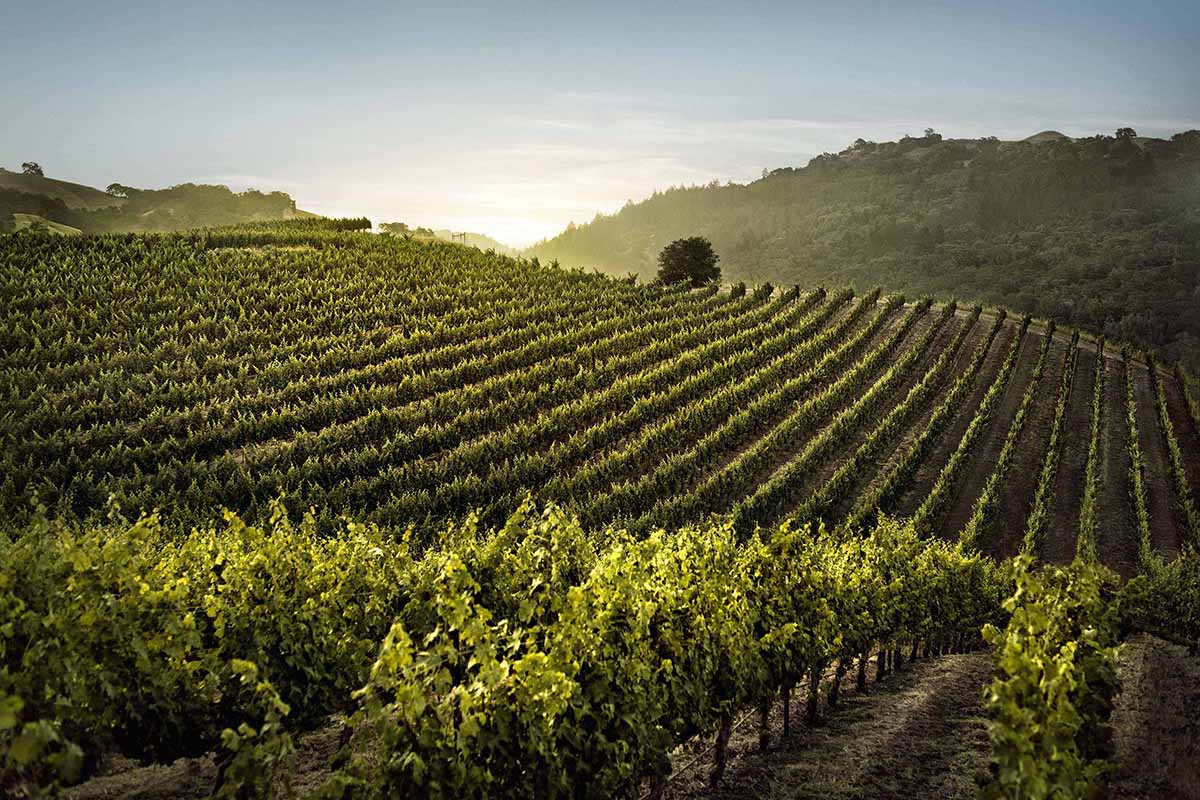
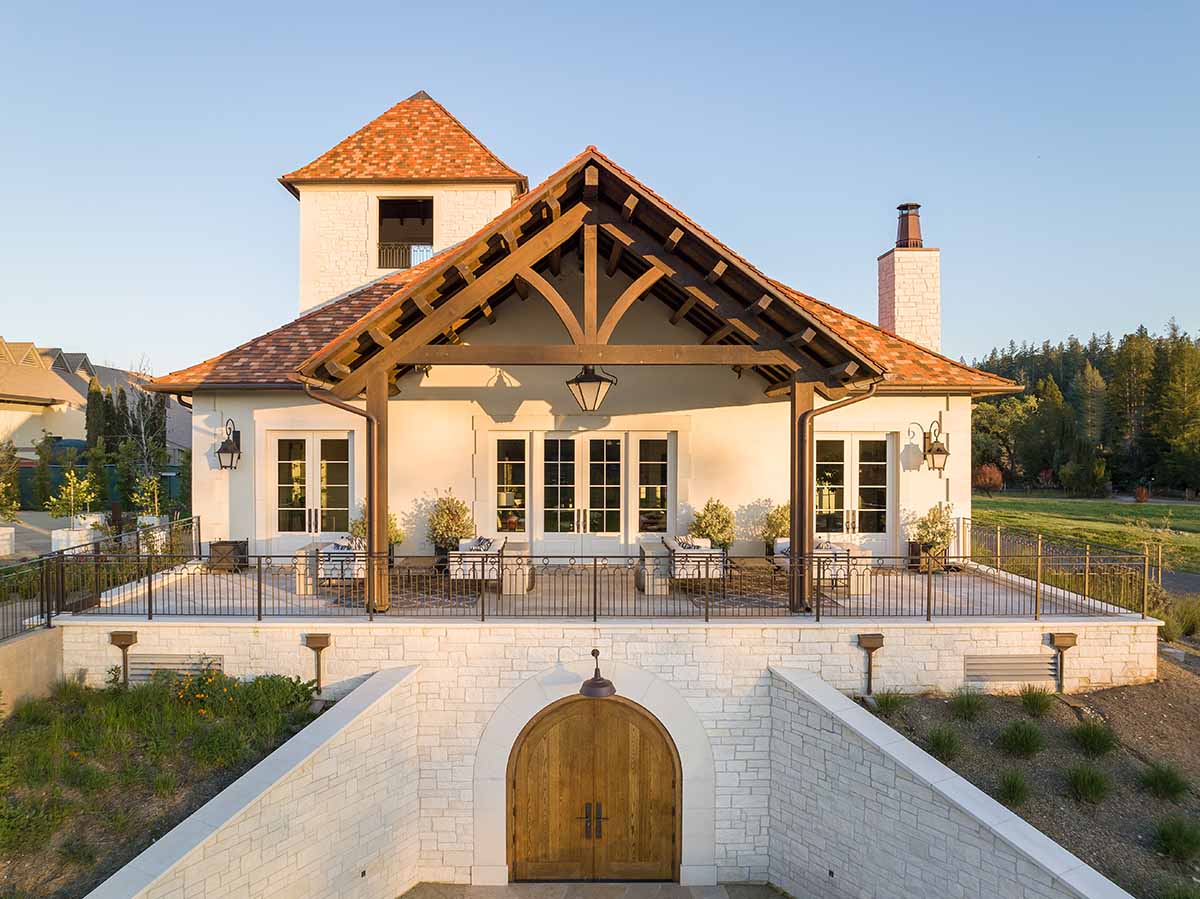
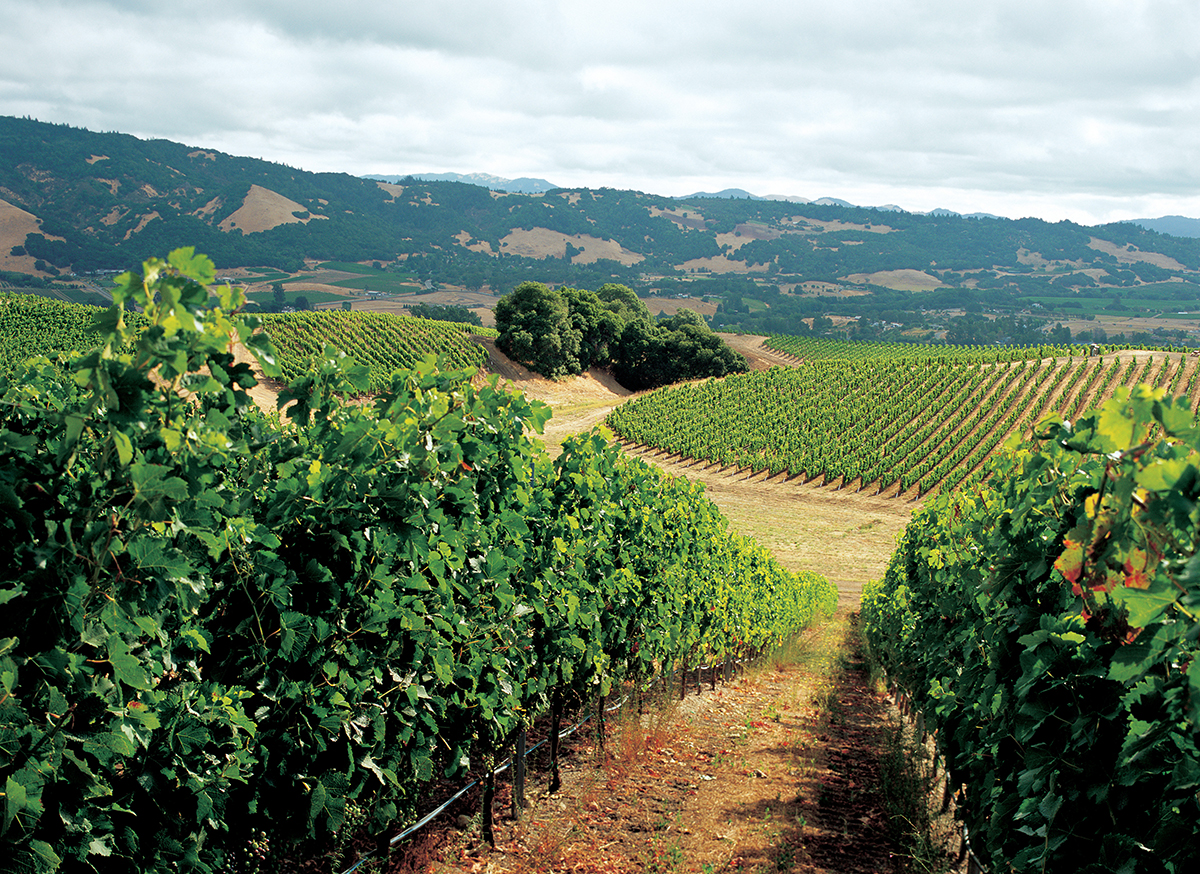
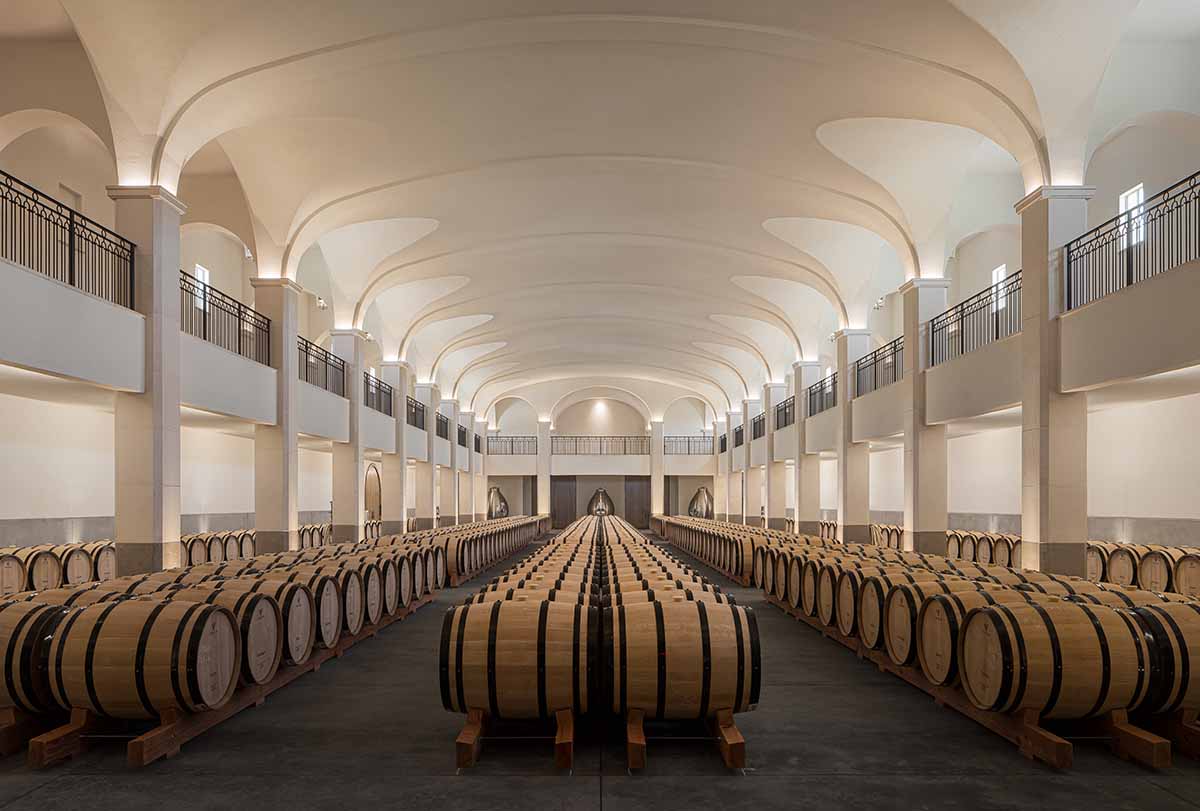
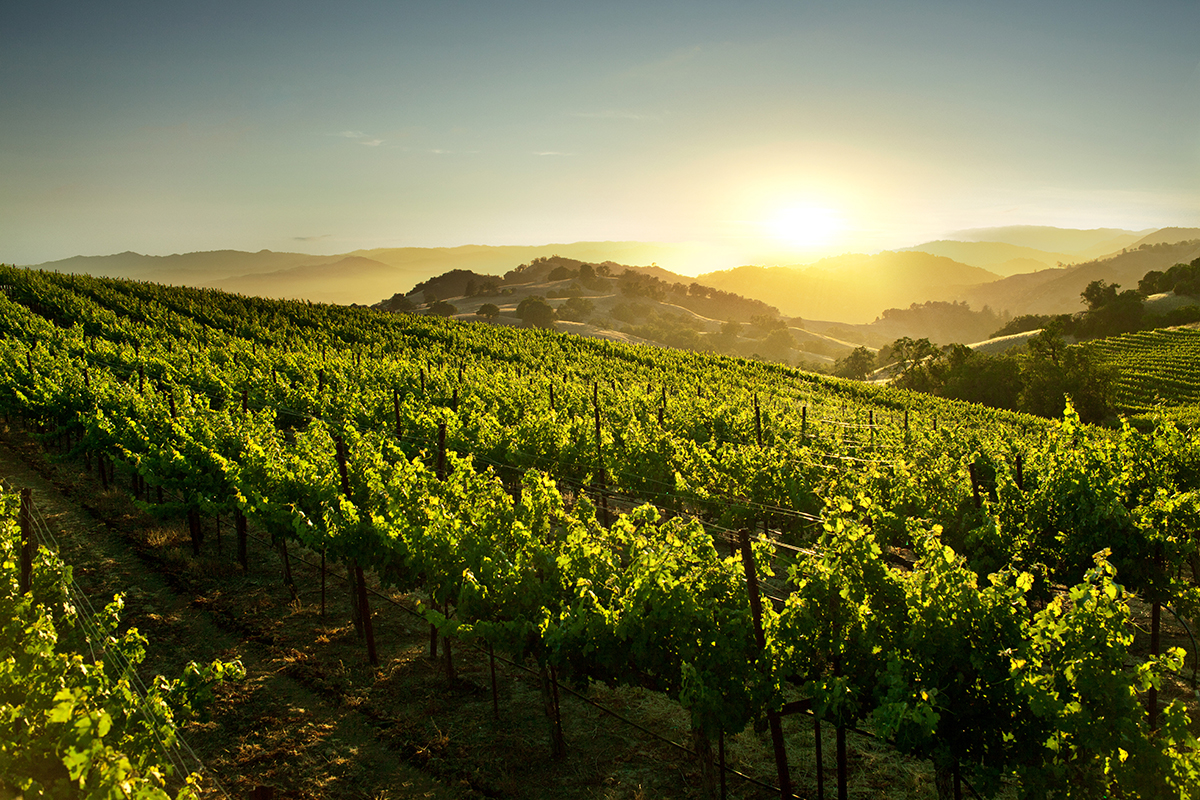

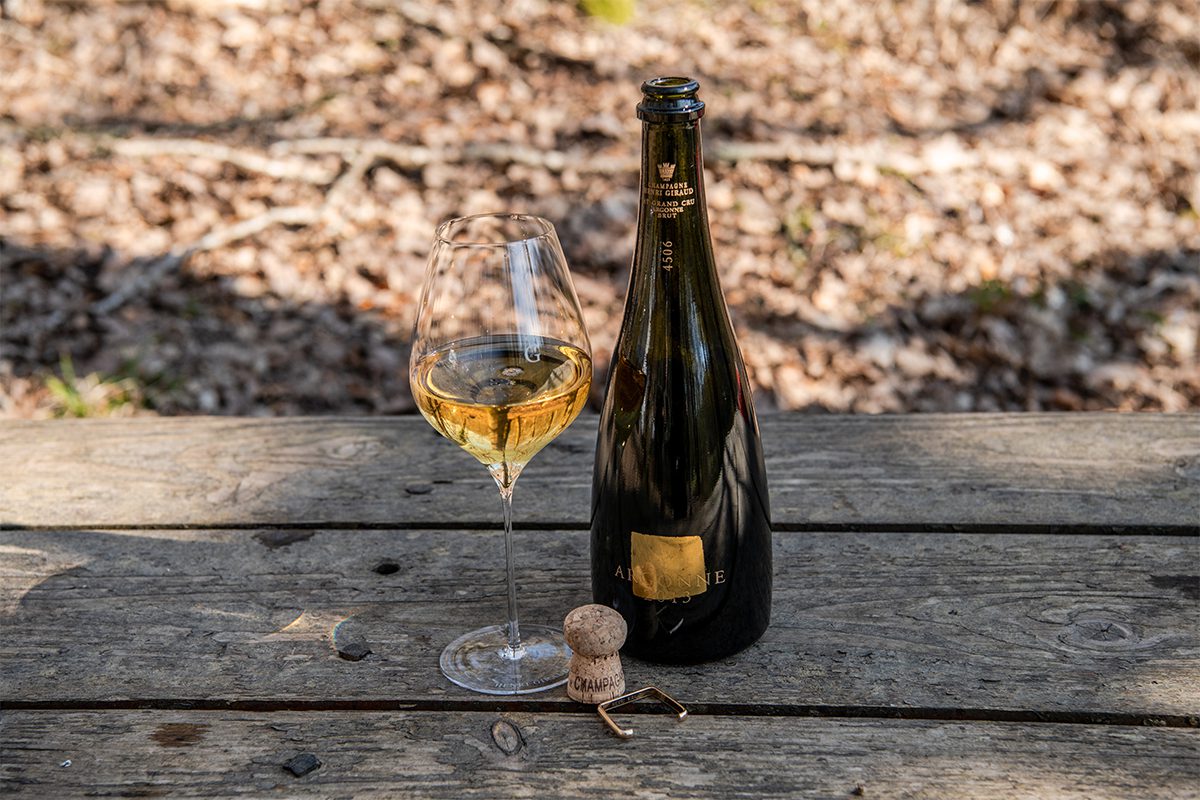



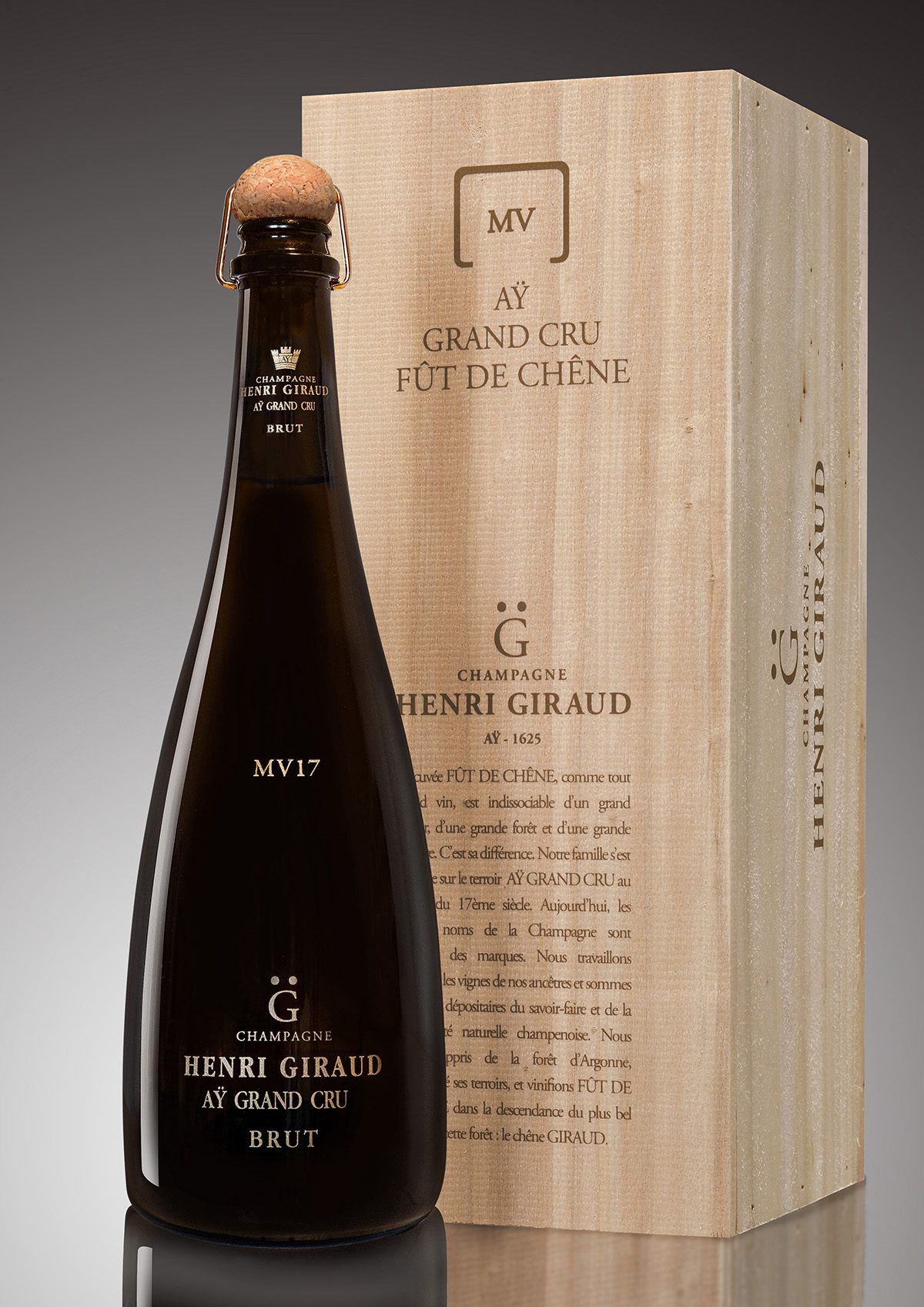
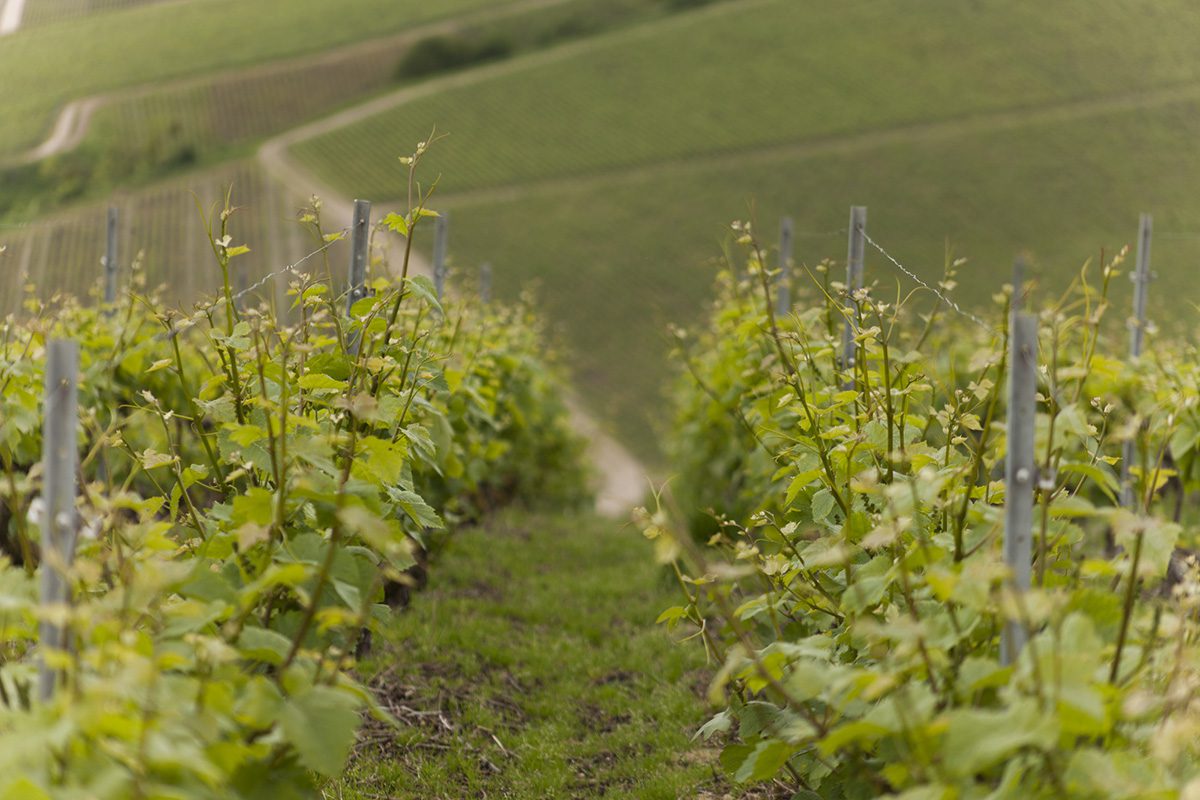
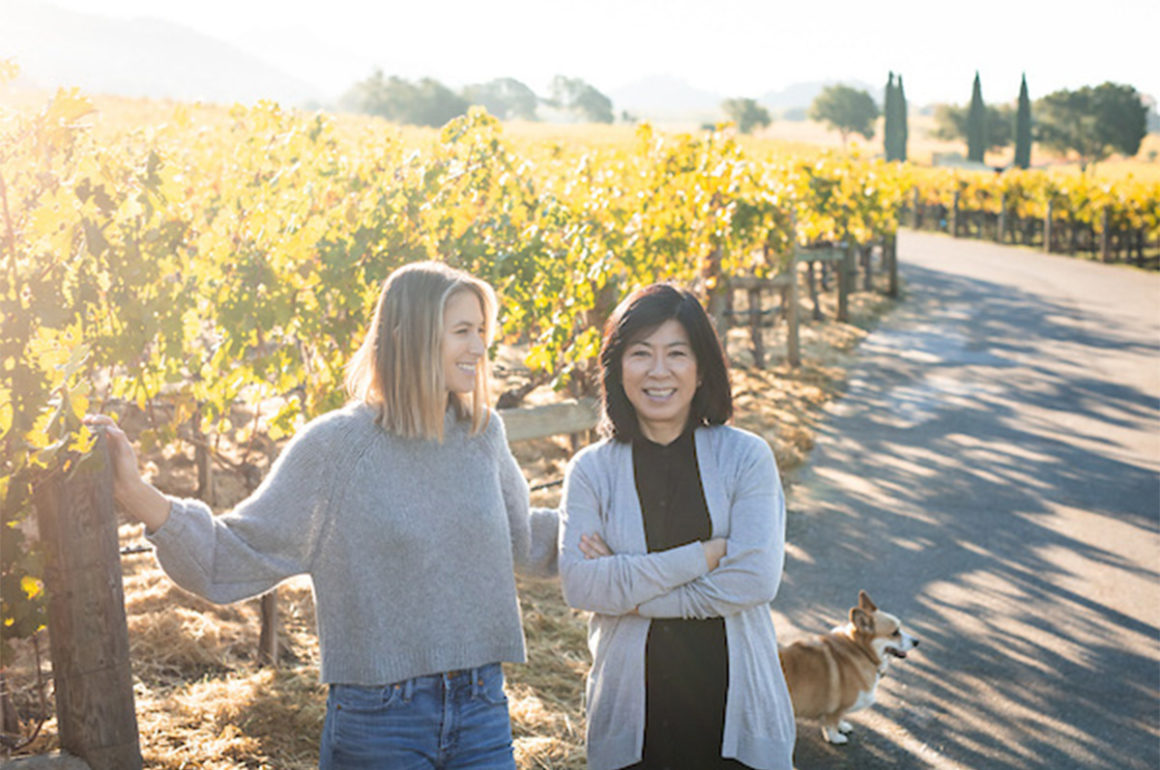
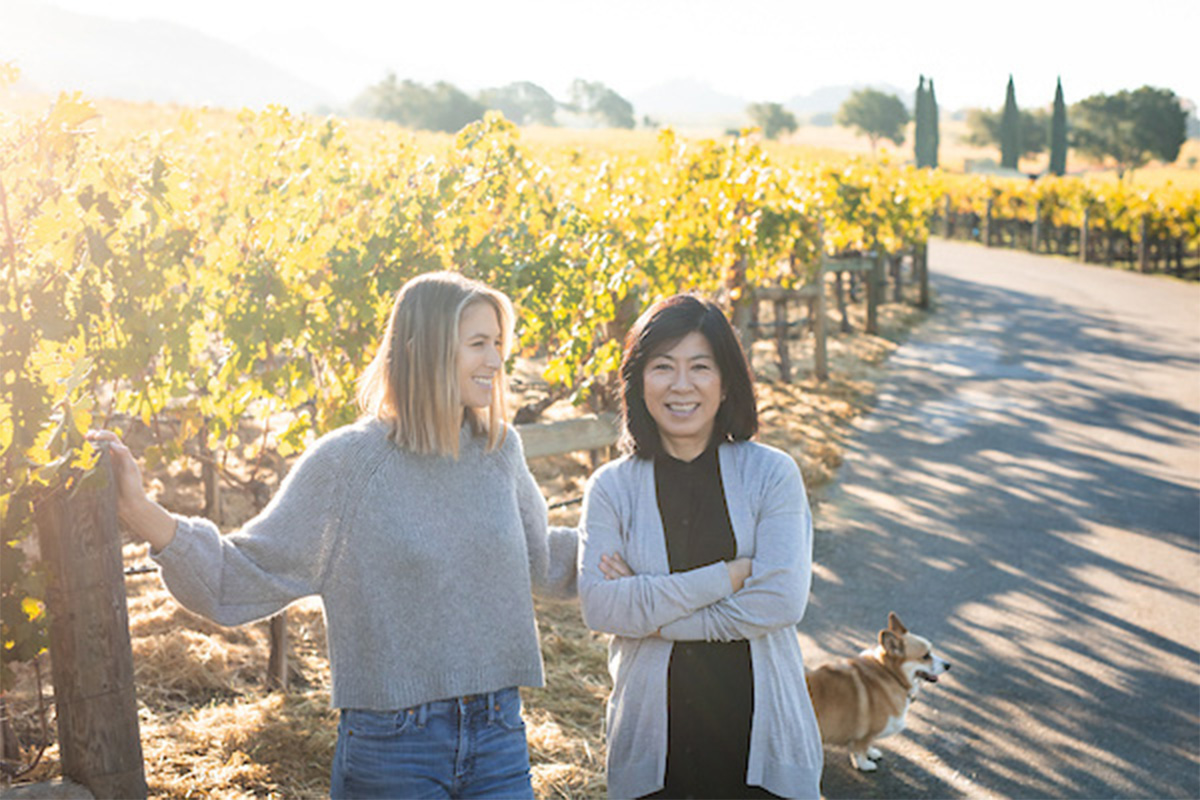
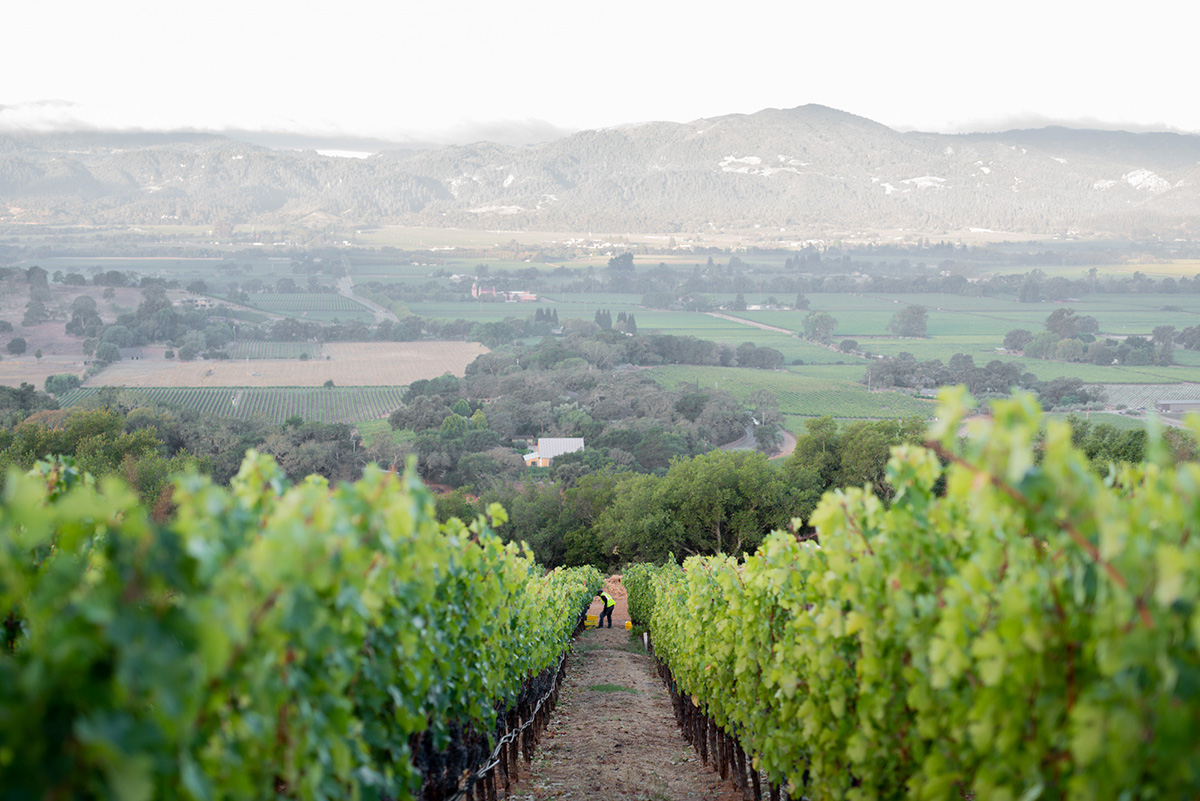
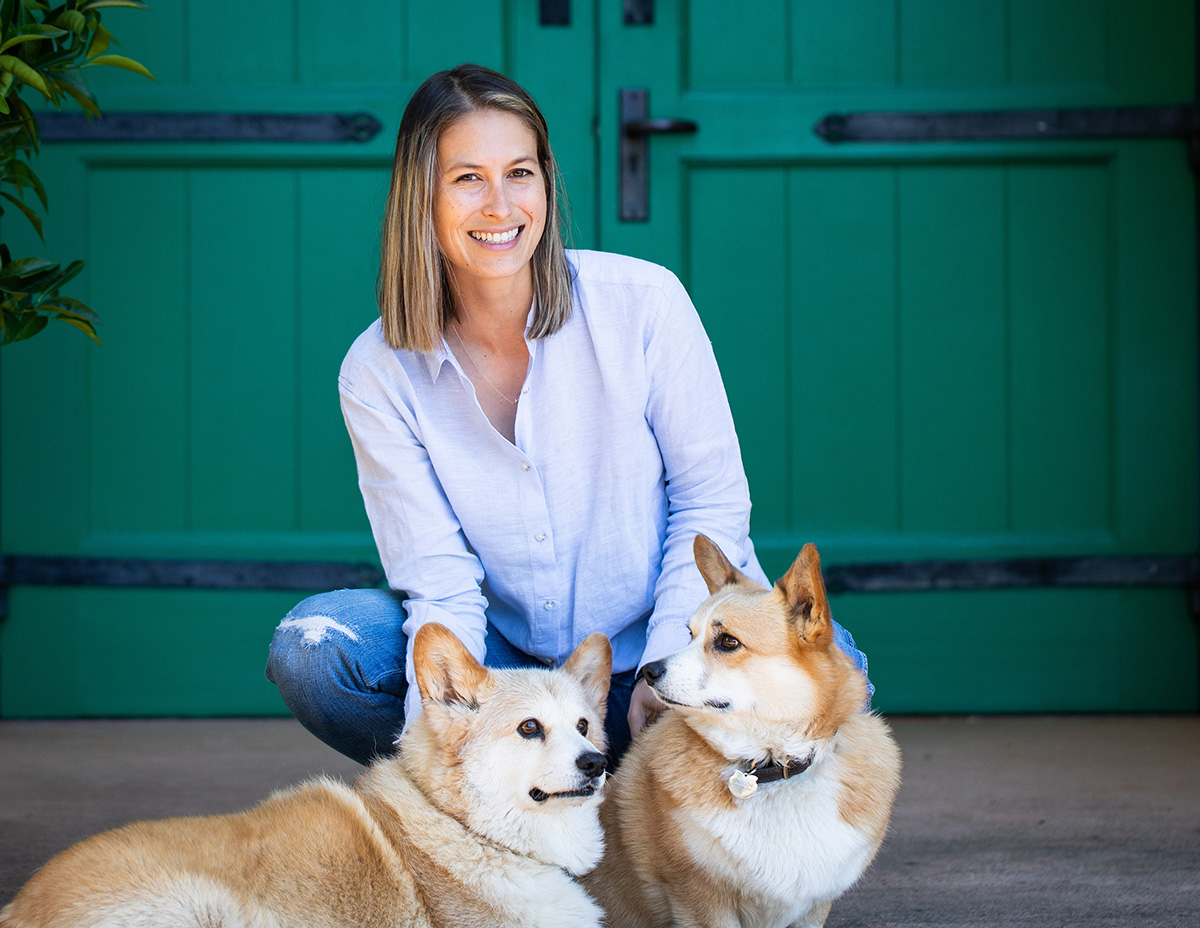





 This is 50% Chardonnay, 50% Pinot Noir, all Grand Cru. This is our vision of Grand Cru, and you have a wine which is sculpted. You always have this energy, this freshness which you can find in the Chardonnay; light, delicate thin bubbles. It is pushed by the structure of the Pinot Noir; the two grapes are perfectly integrated; they are one. I think that all our wine is precise, super clean and in a way they are also speaking to the art which is for us very important. It has to be a pleasure!
This is 50% Chardonnay, 50% Pinot Noir, all Grand Cru. This is our vision of Grand Cru, and you have a wine which is sculpted. You always have this energy, this freshness which you can find in the Chardonnay; light, delicate thin bubbles. It is pushed by the structure of the Pinot Noir; the two grapes are perfectly integrated; they are one. I think that all our wine is precise, super clean and in a way they are also speaking to the art which is for us very important. It has to be a pleasure! Taittinger Les Folies de la Marquetiere
Taittinger Les Folies de la Marquetiere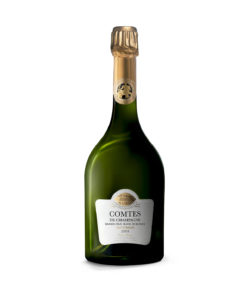 But there is a limit – we will never be able to produce a lot. We only take the grapes of the five villages in the Côte des Blancs, and with that we only use the first pressed juice, to have the purest juice, to be able to make it age in the long term.
But there is a limit – we will never be able to produce a lot. We only take the grapes of the five villages in the Côte des Blancs, and with that we only use the first pressed juice, to have the purest juice, to be able to make it age in the long term. Taittinger Comtes de Champagne Rosé 2007
Taittinger Comtes de Champagne Rosé 2007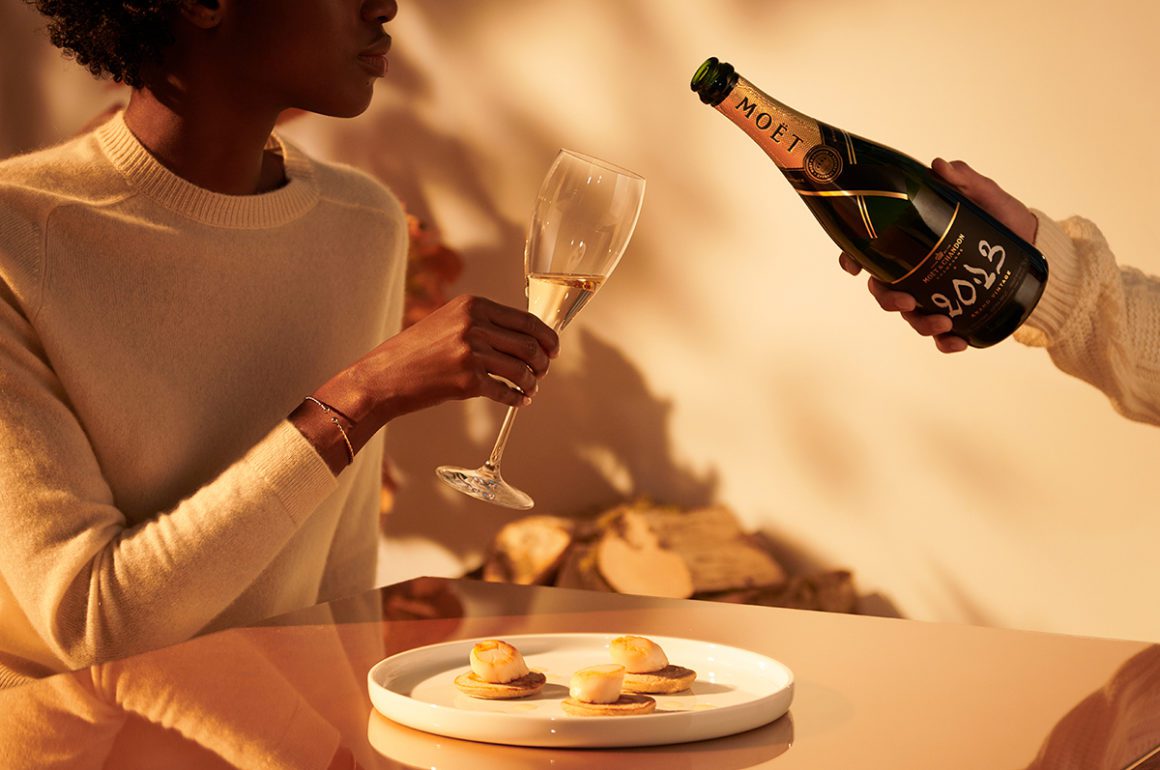
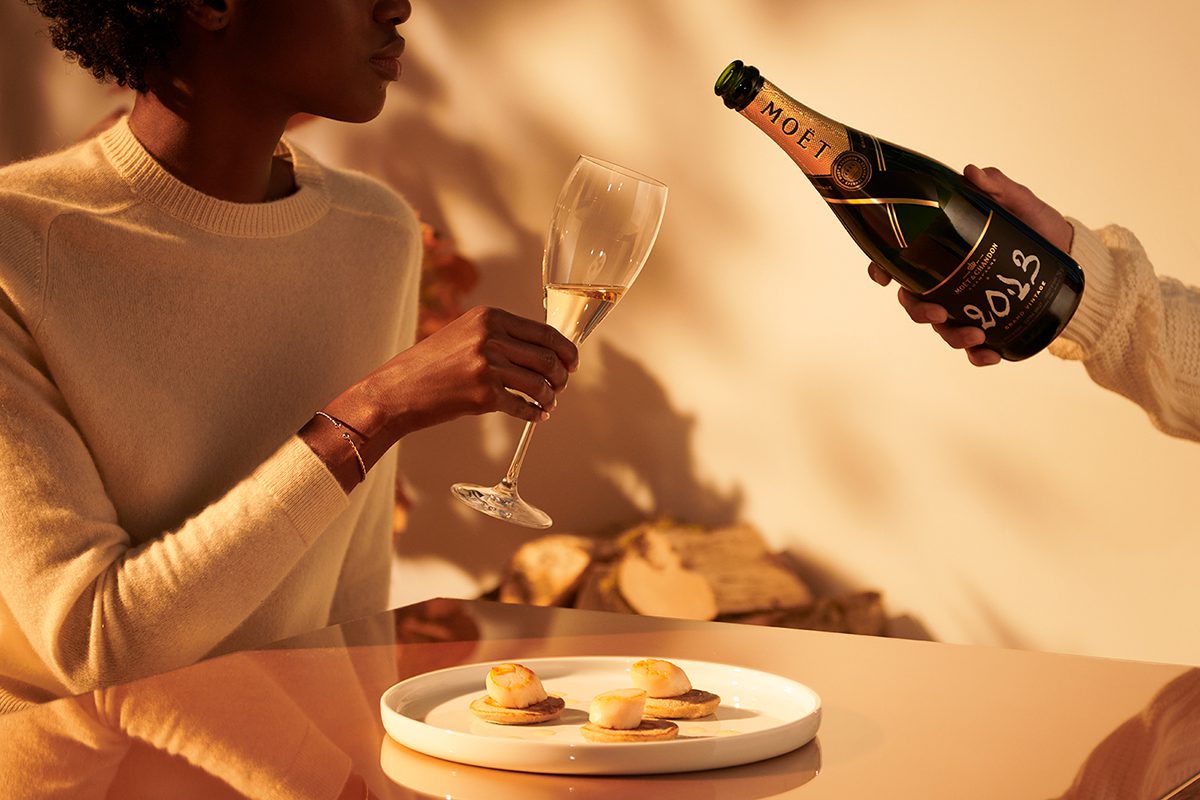


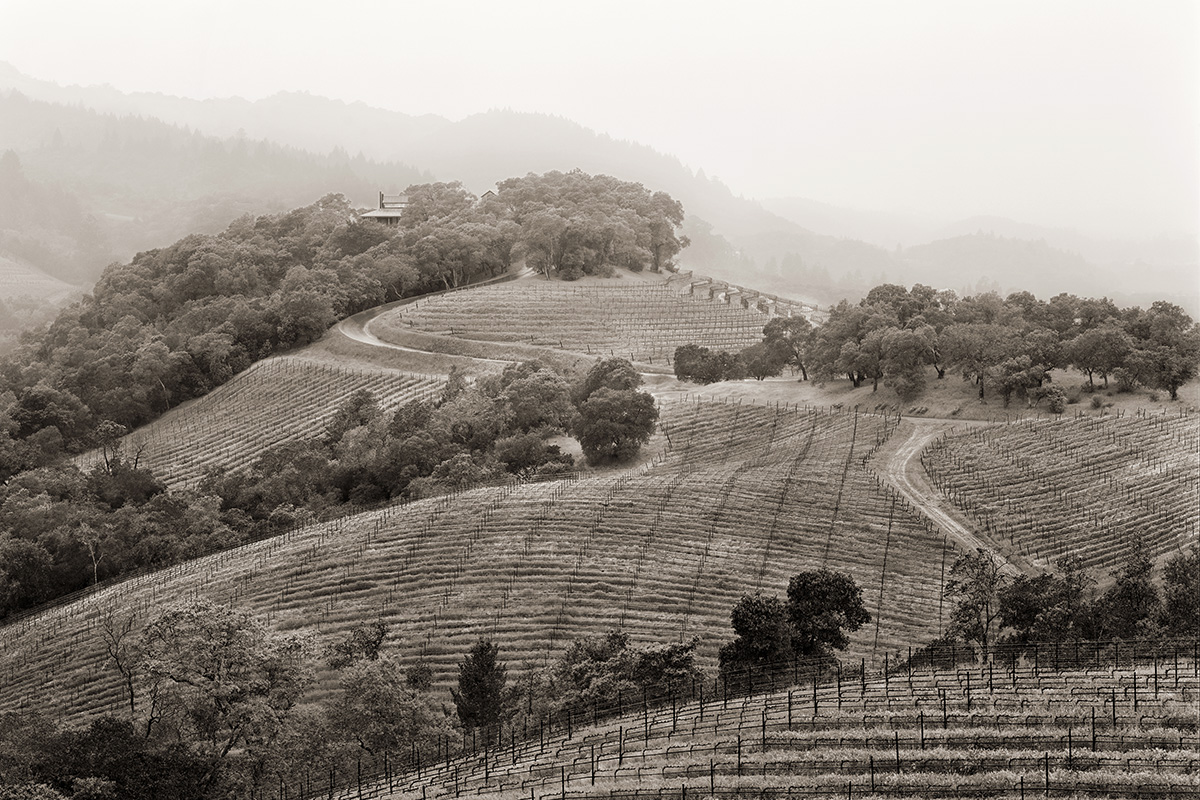
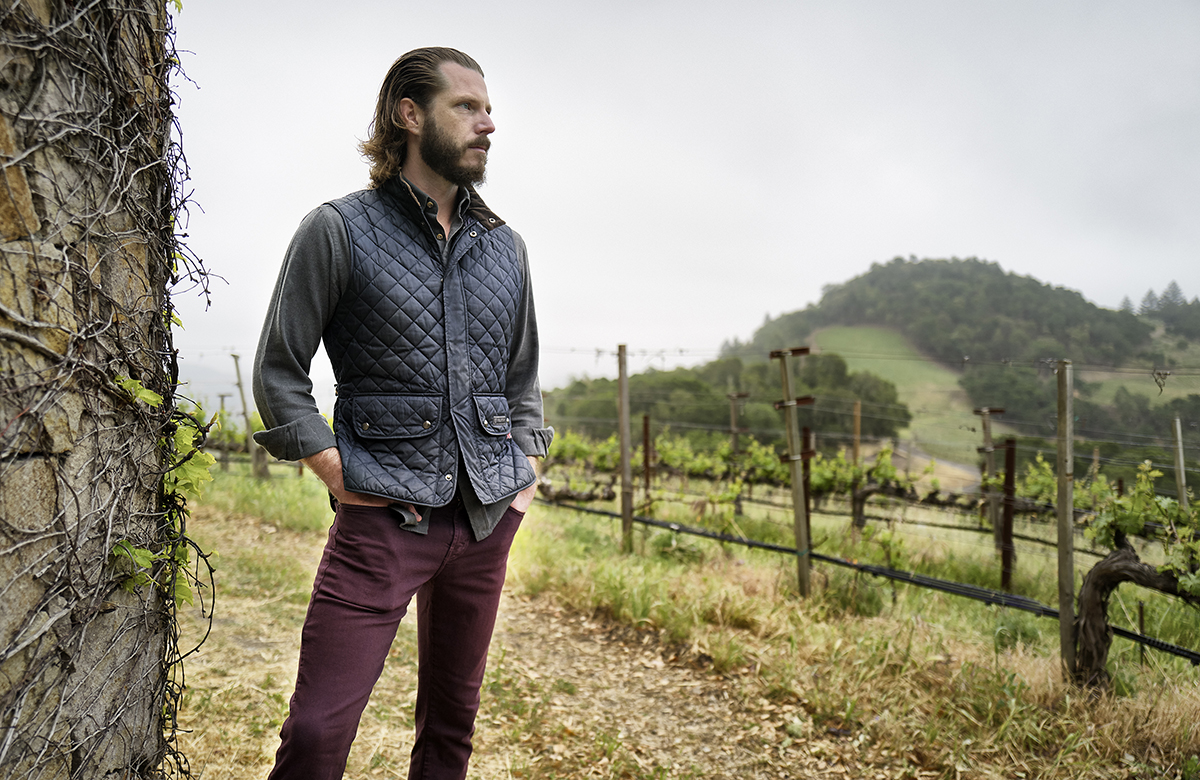

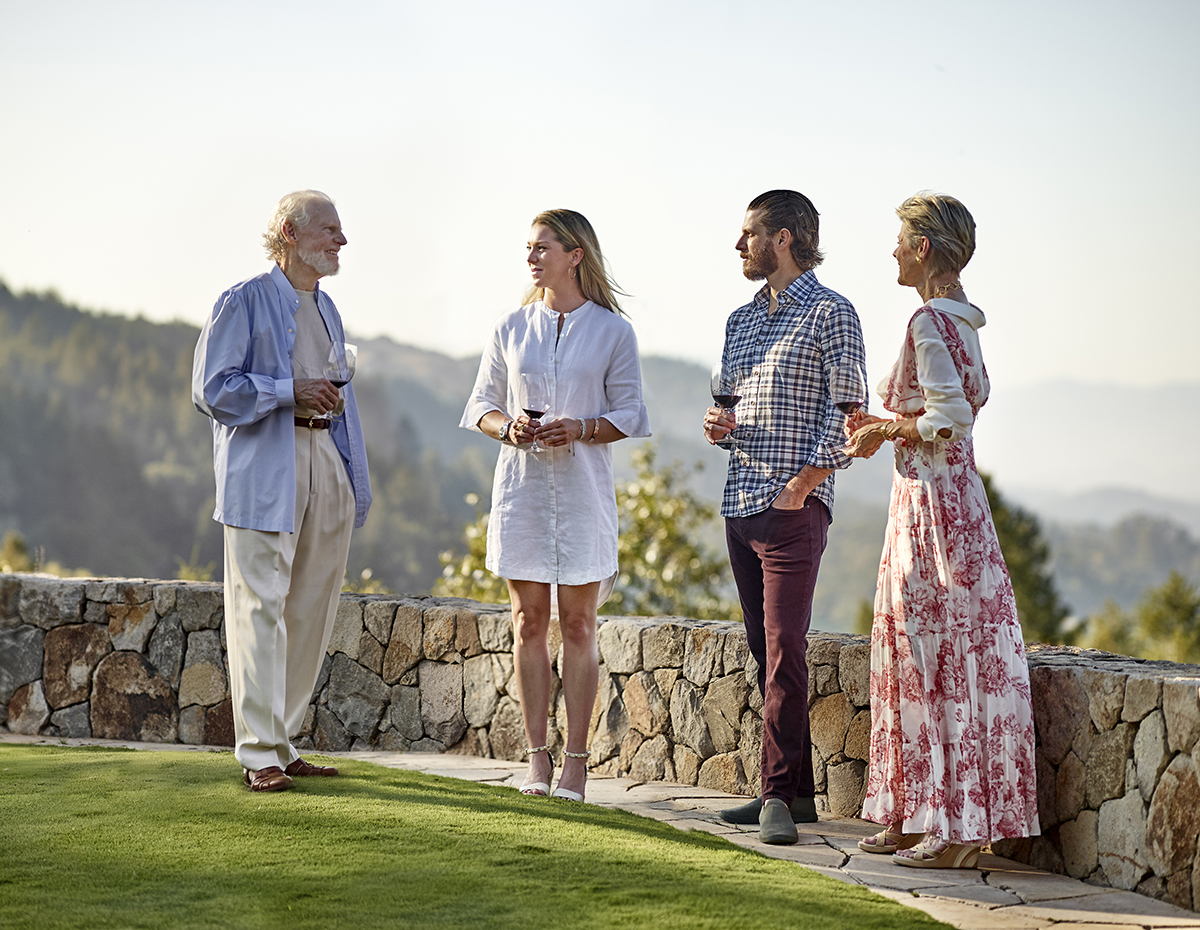
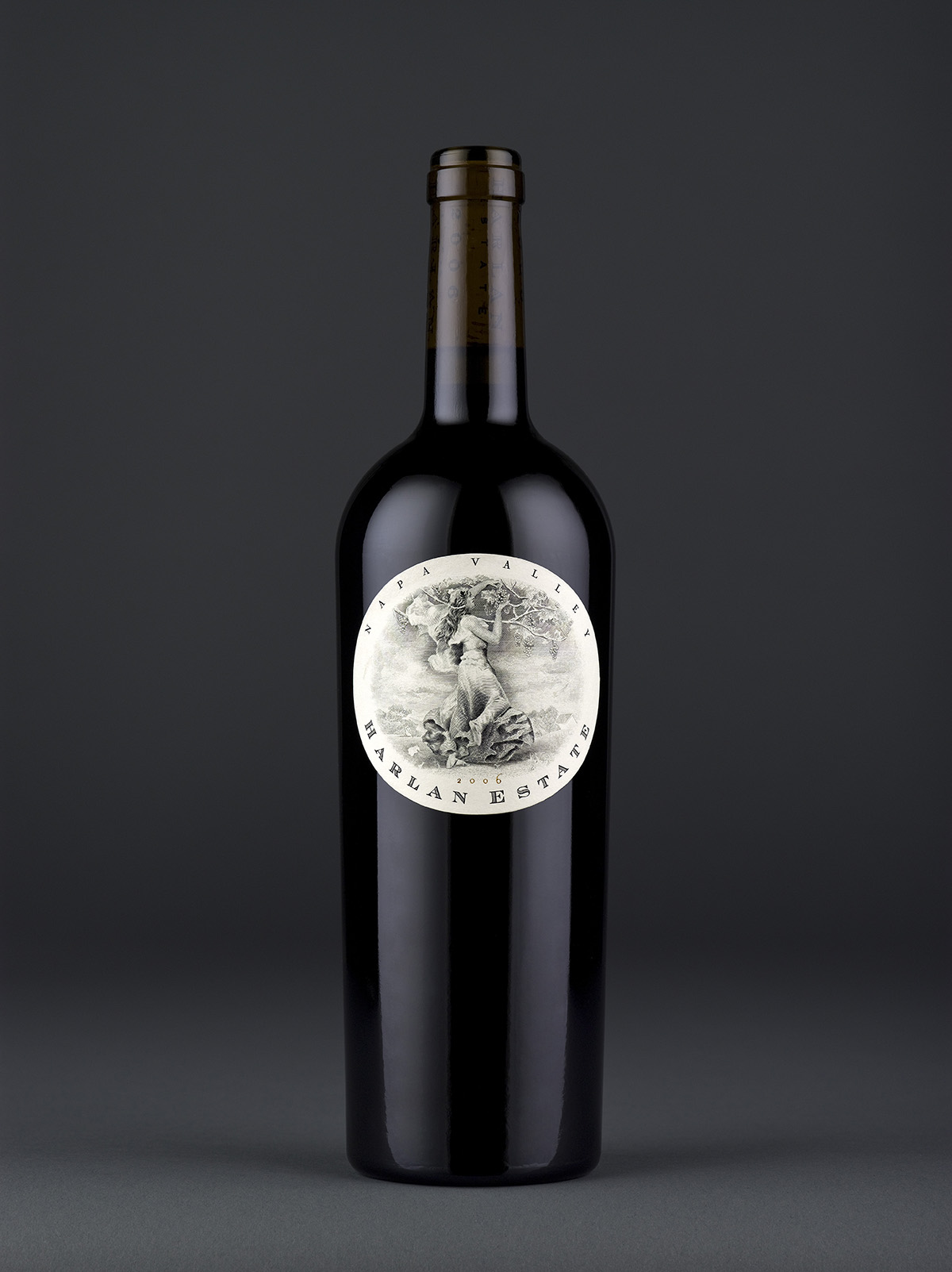
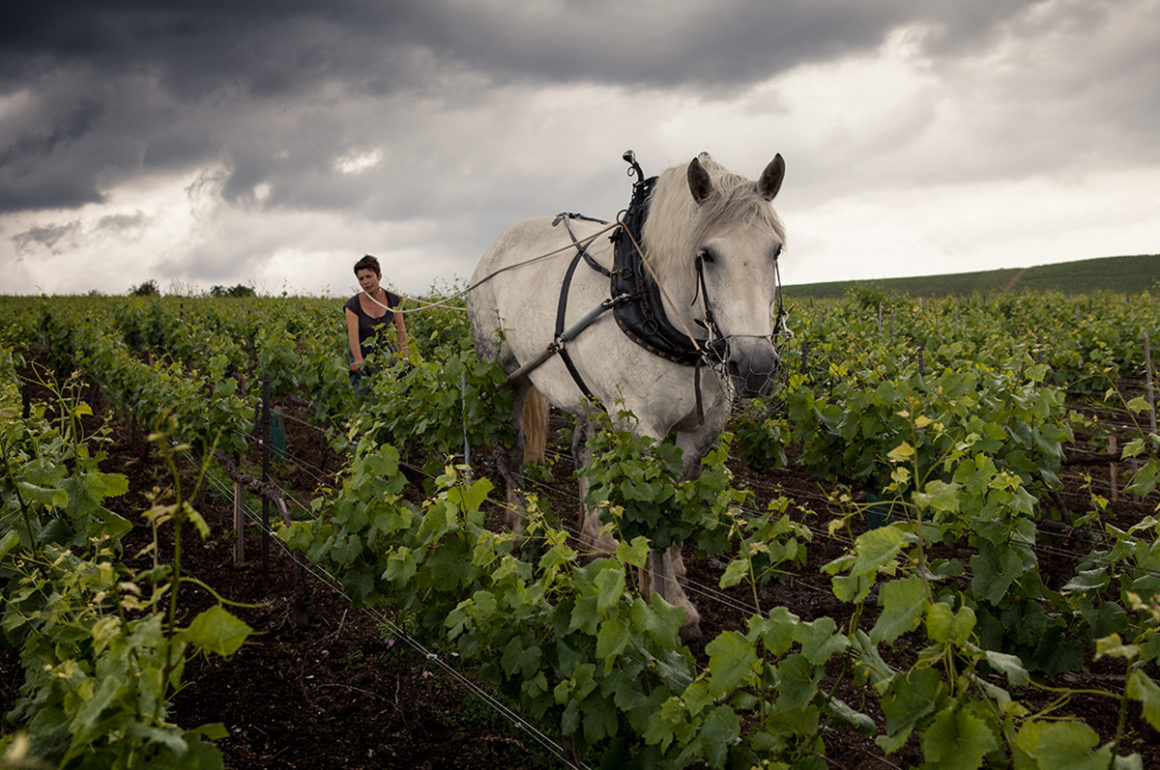
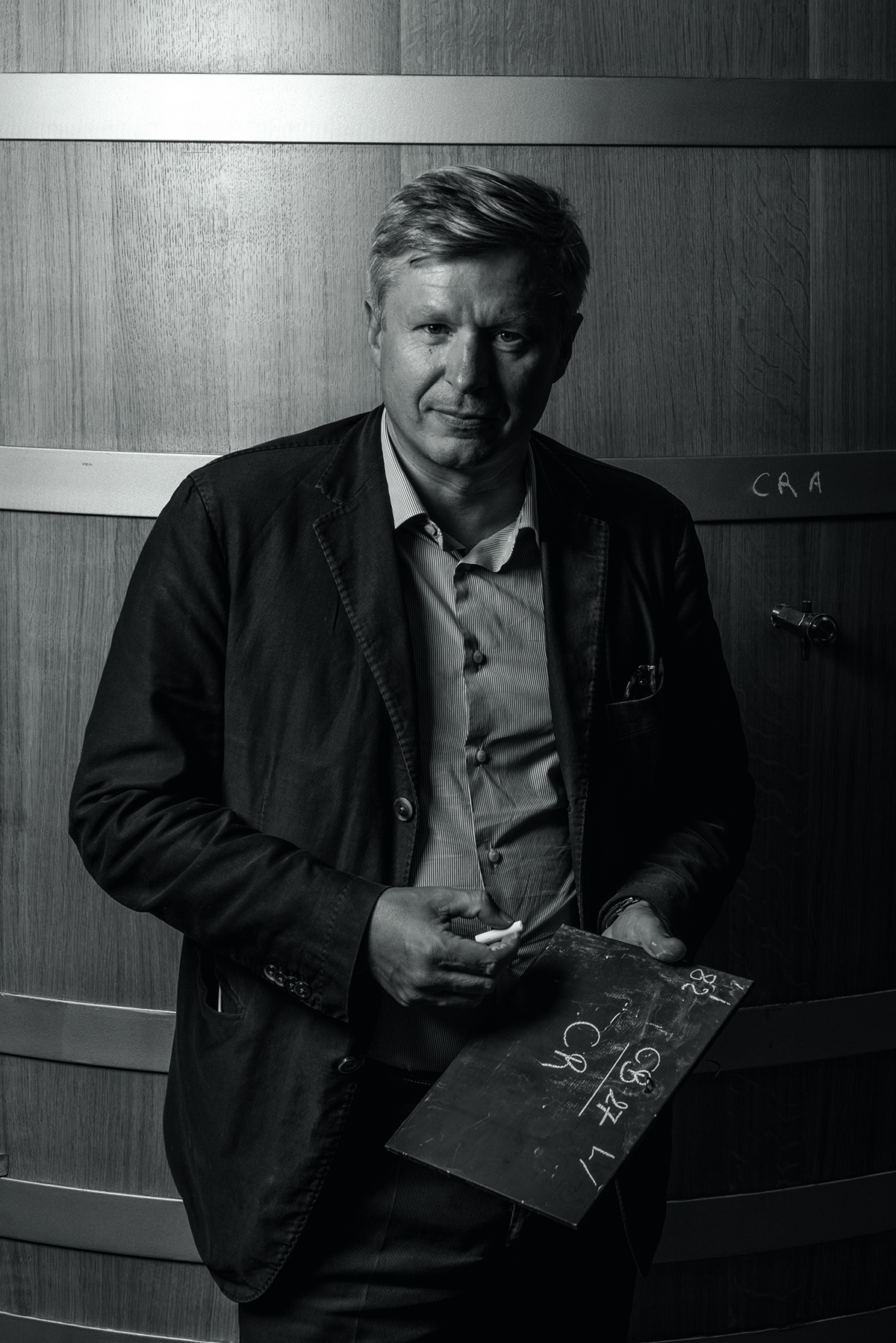
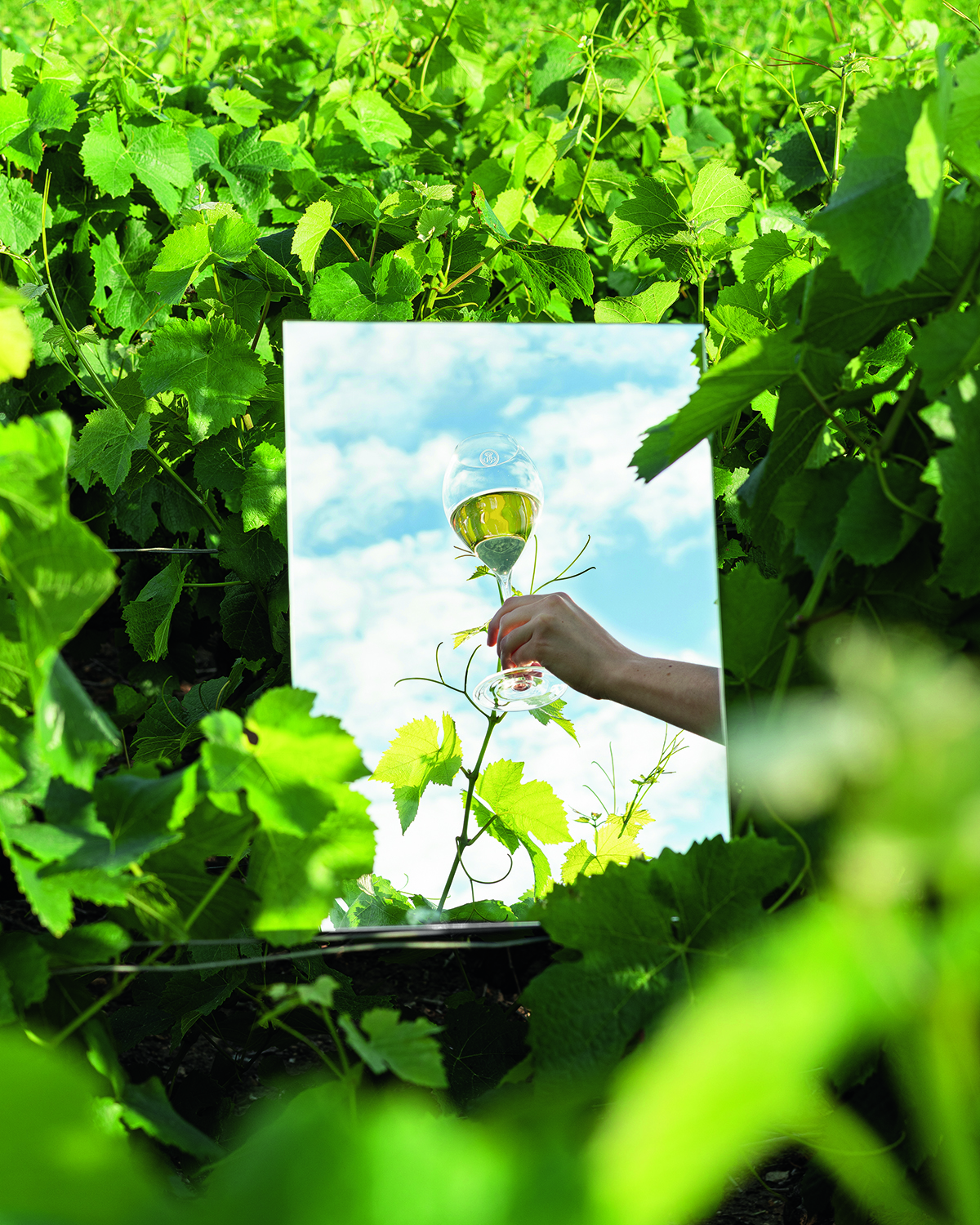
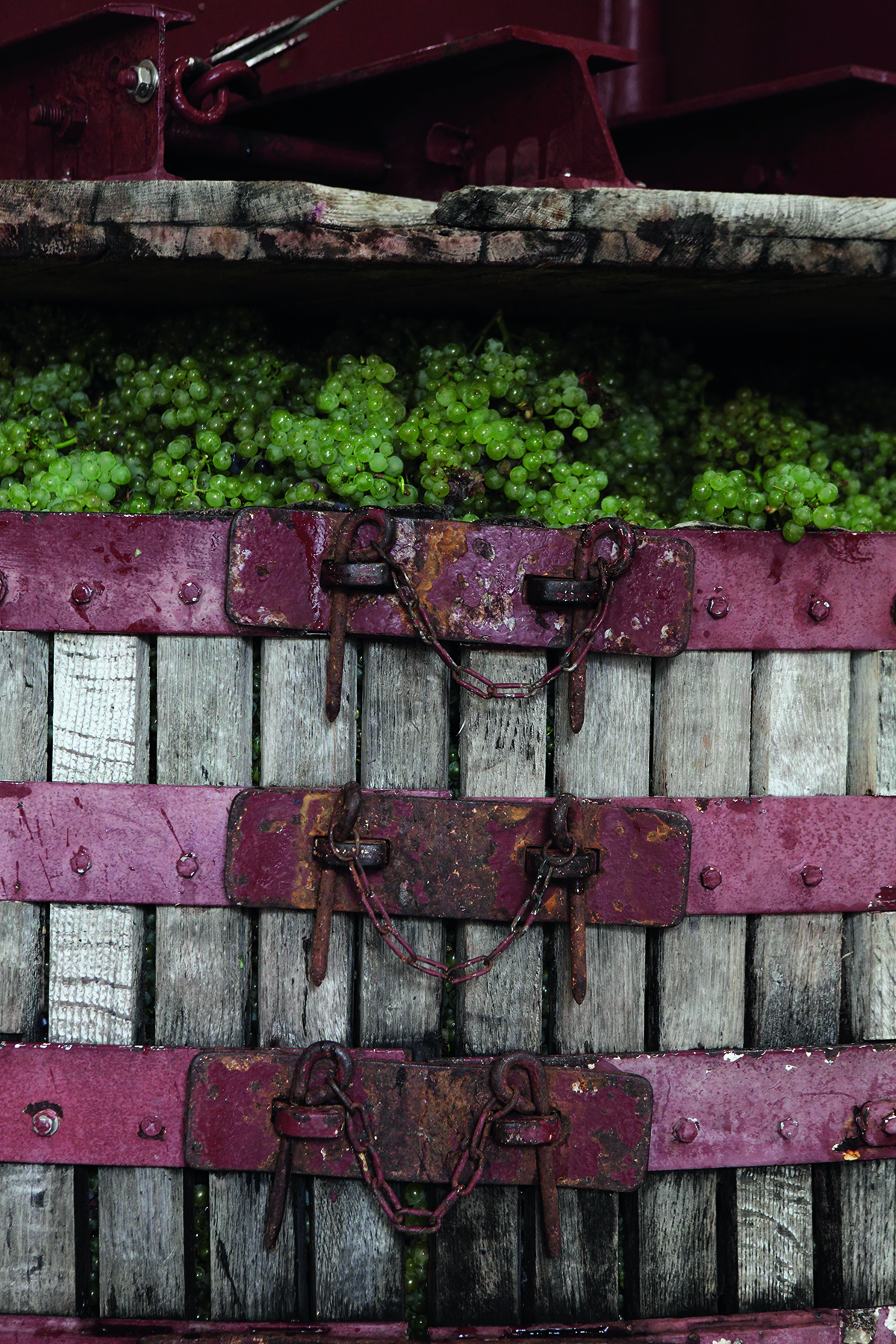

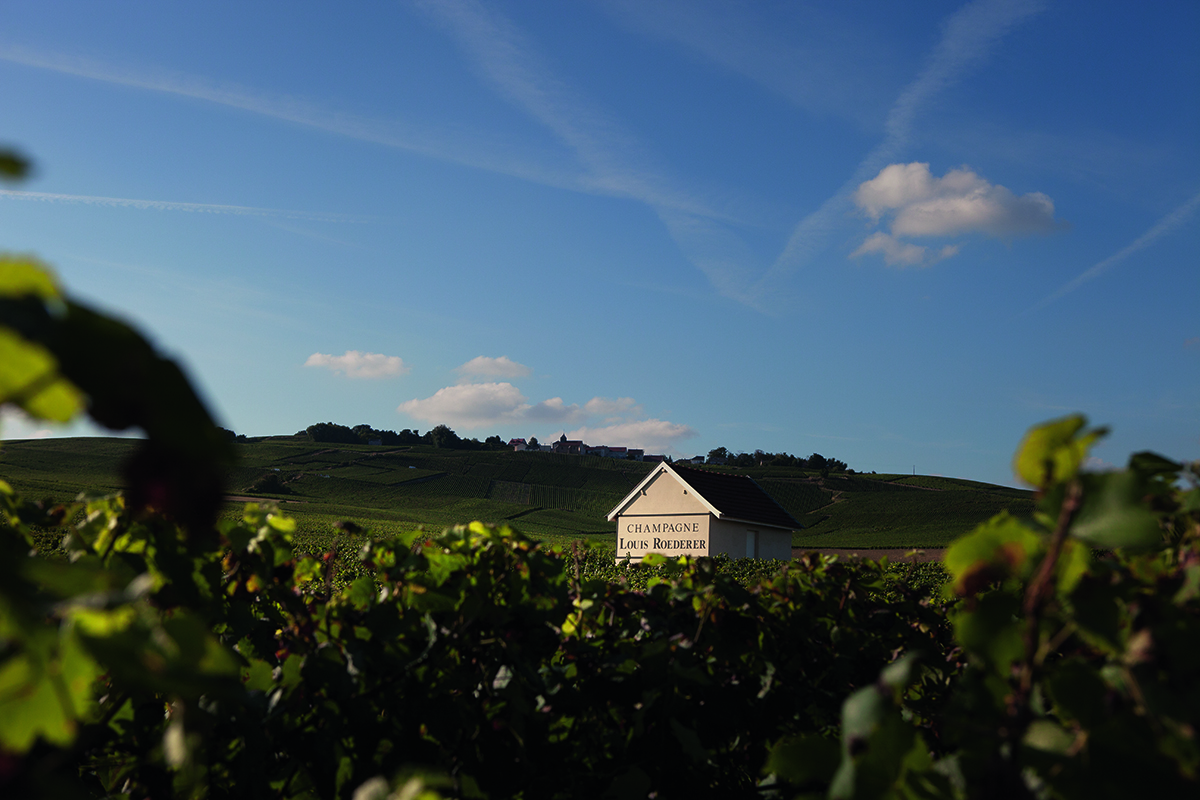
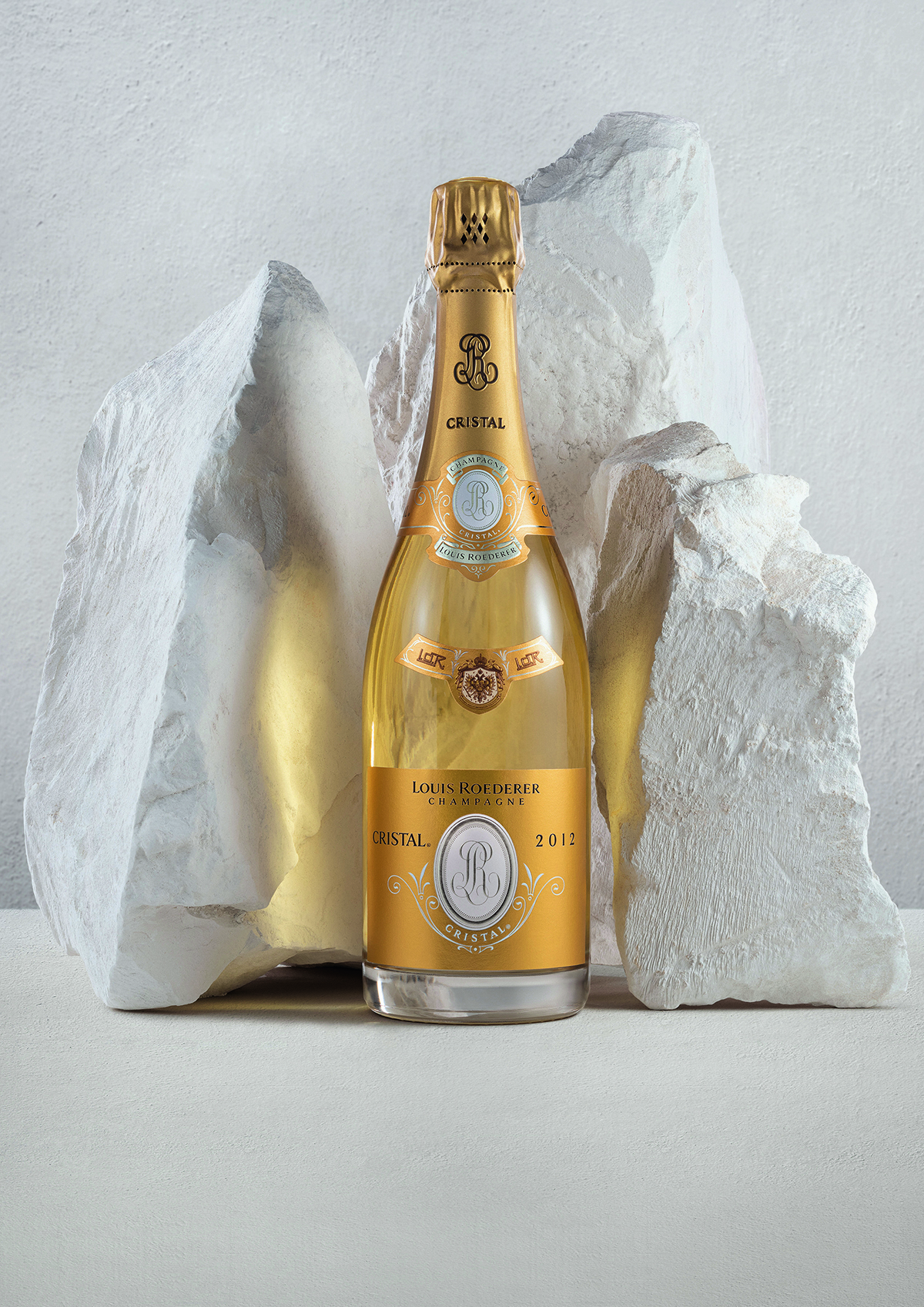
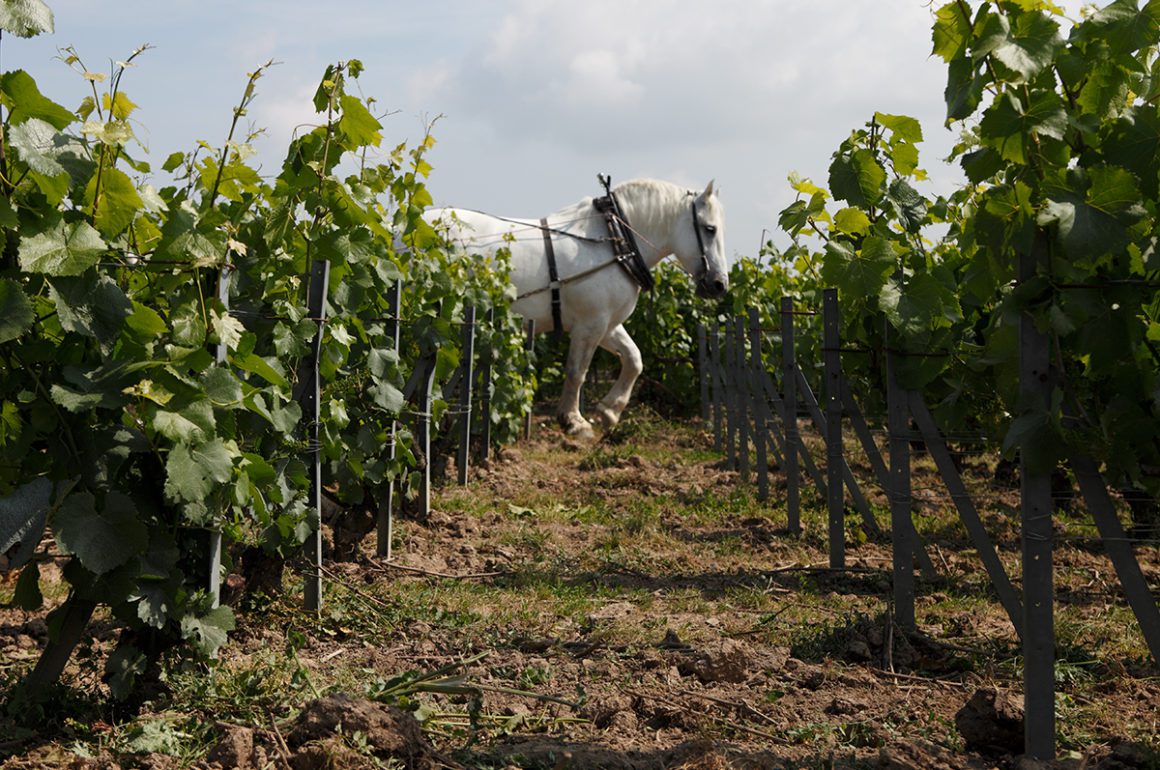
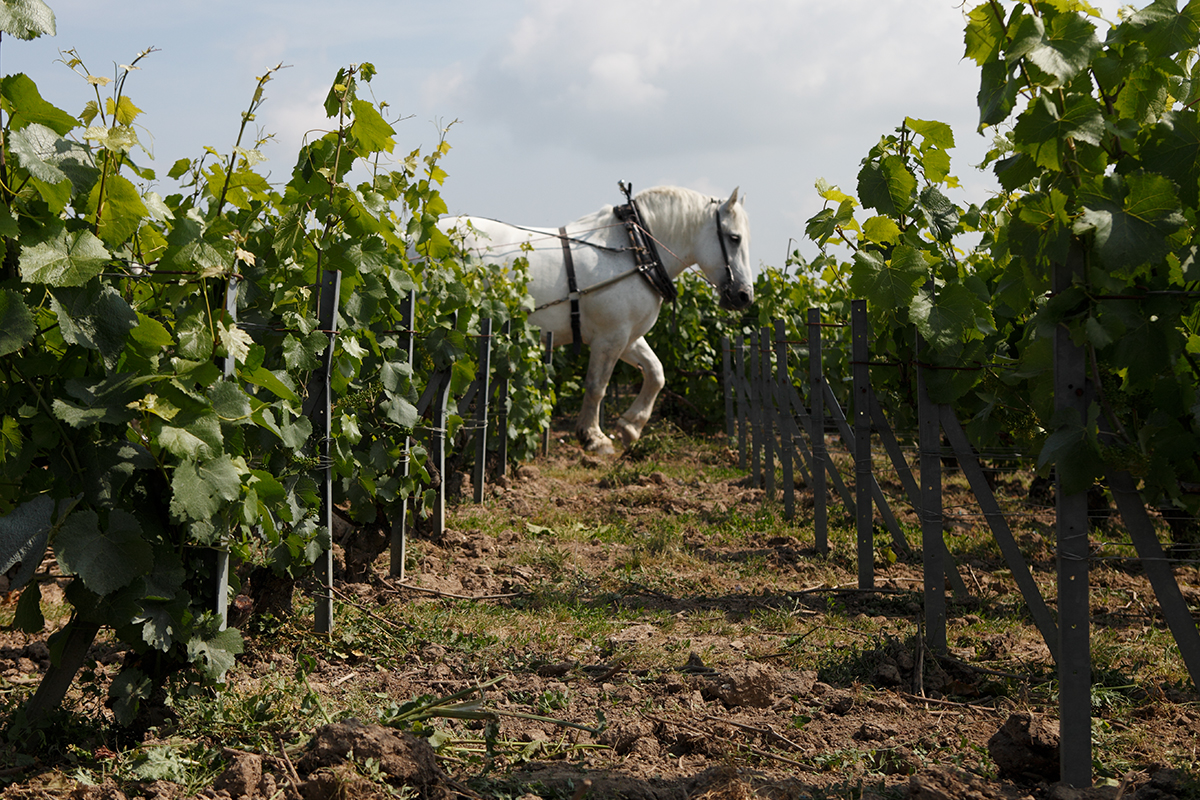

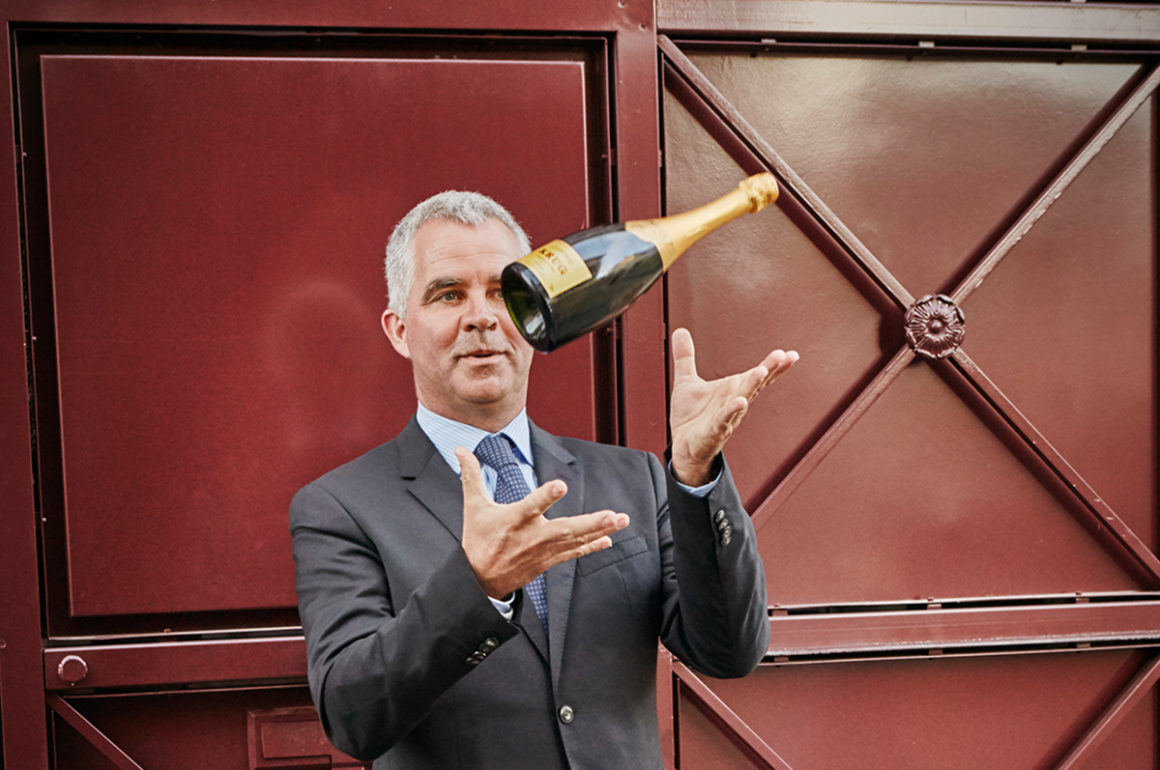
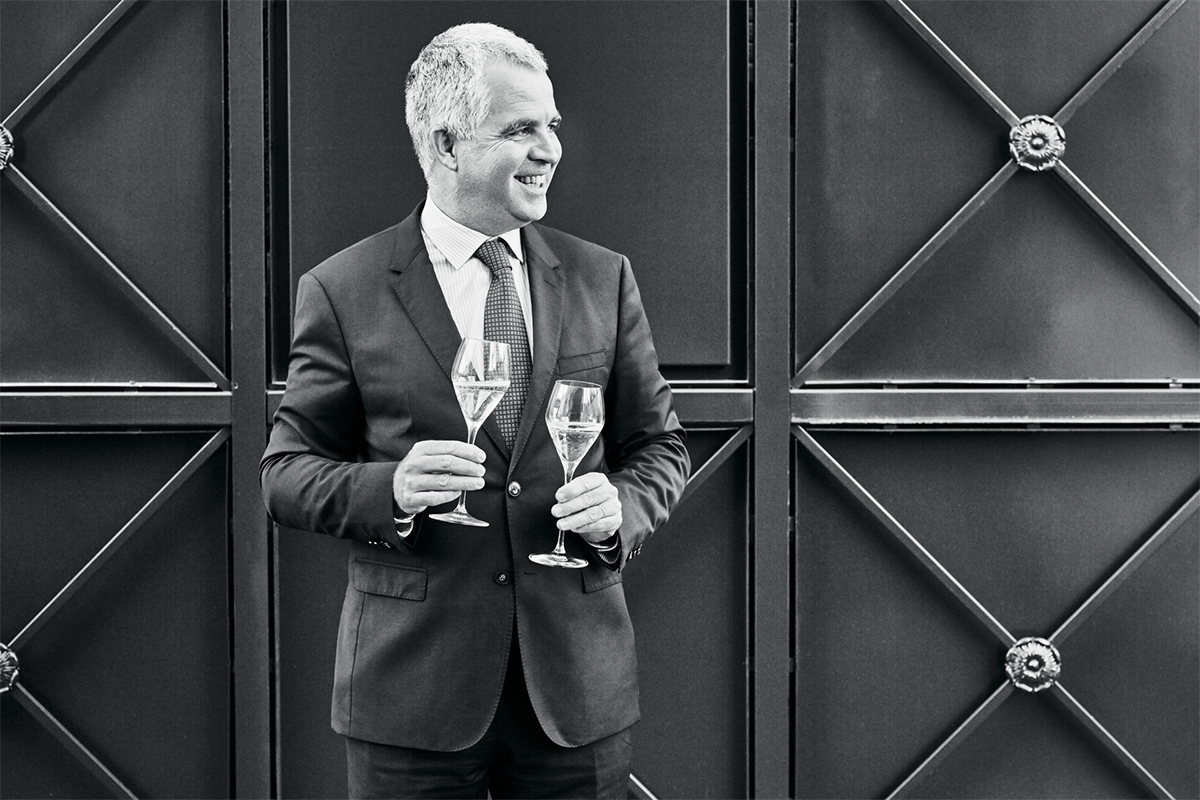
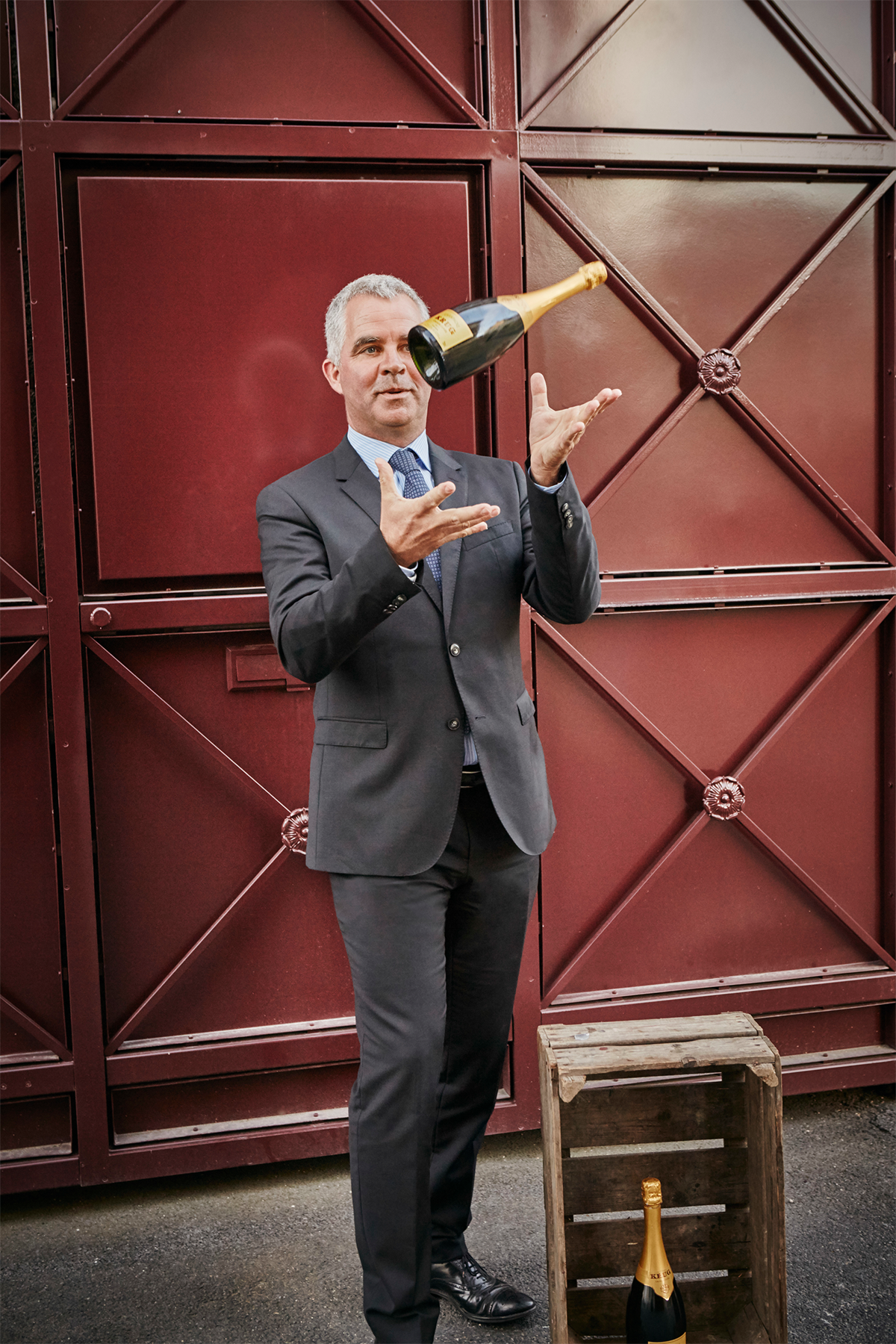
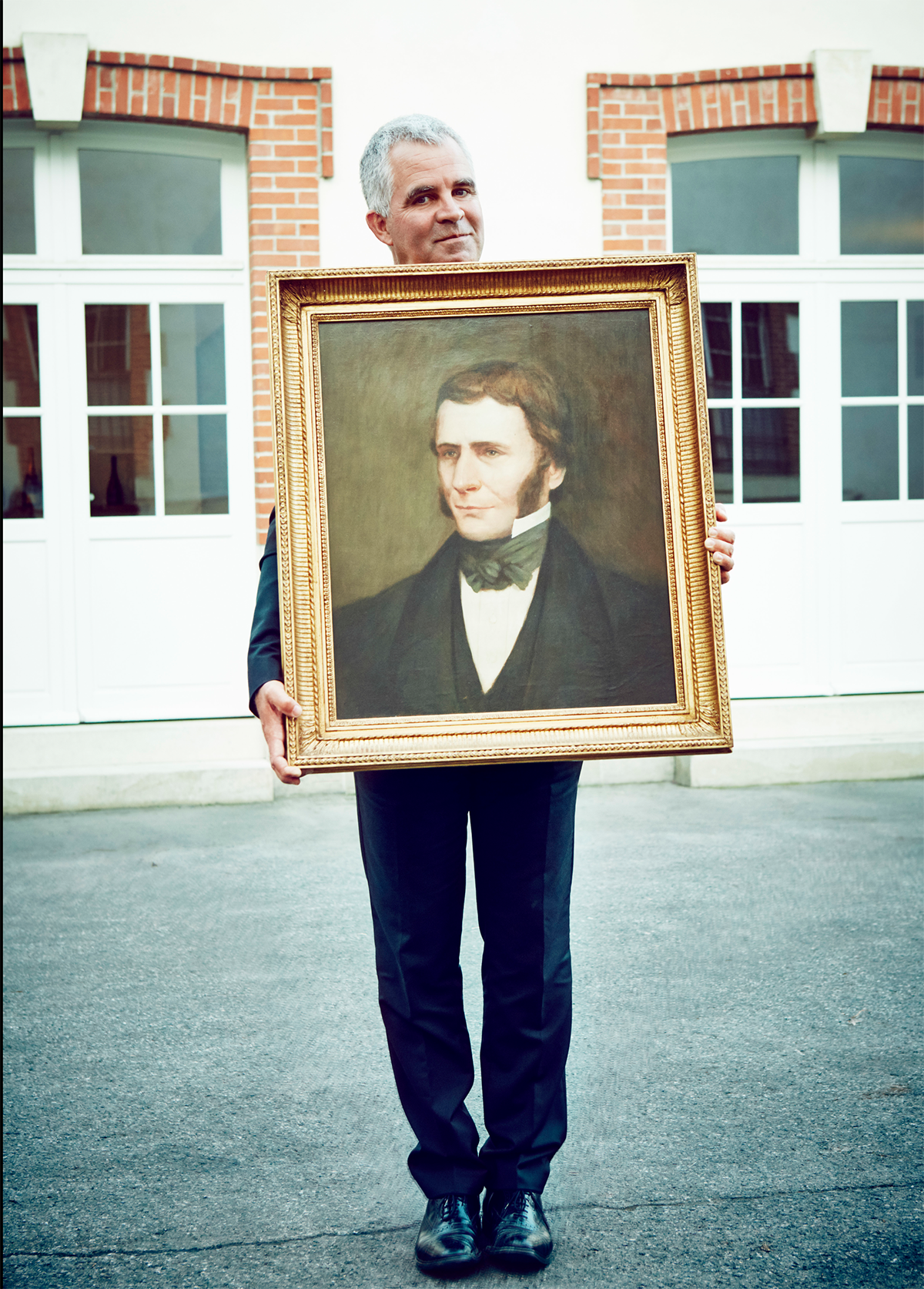





Recent Comments